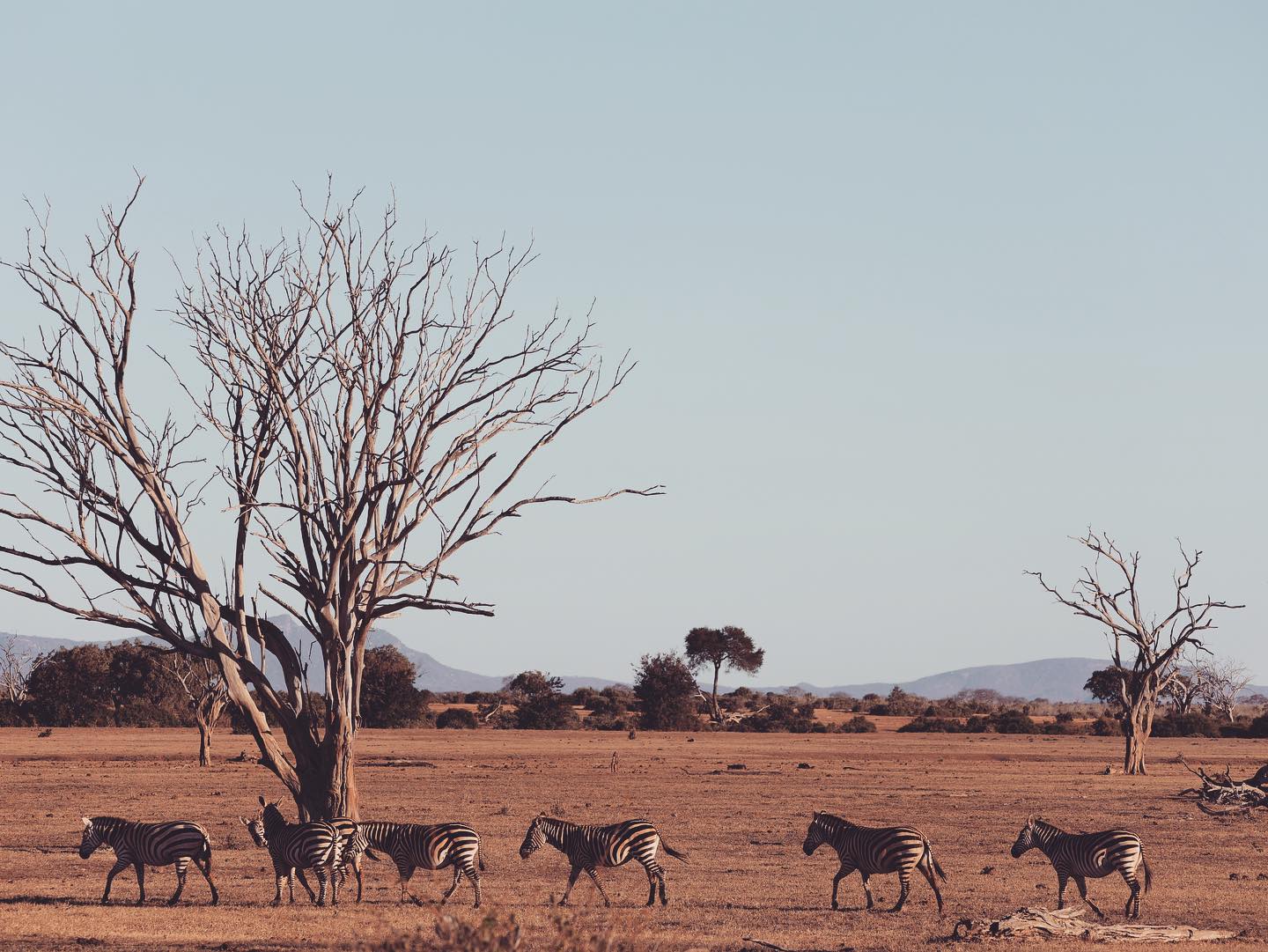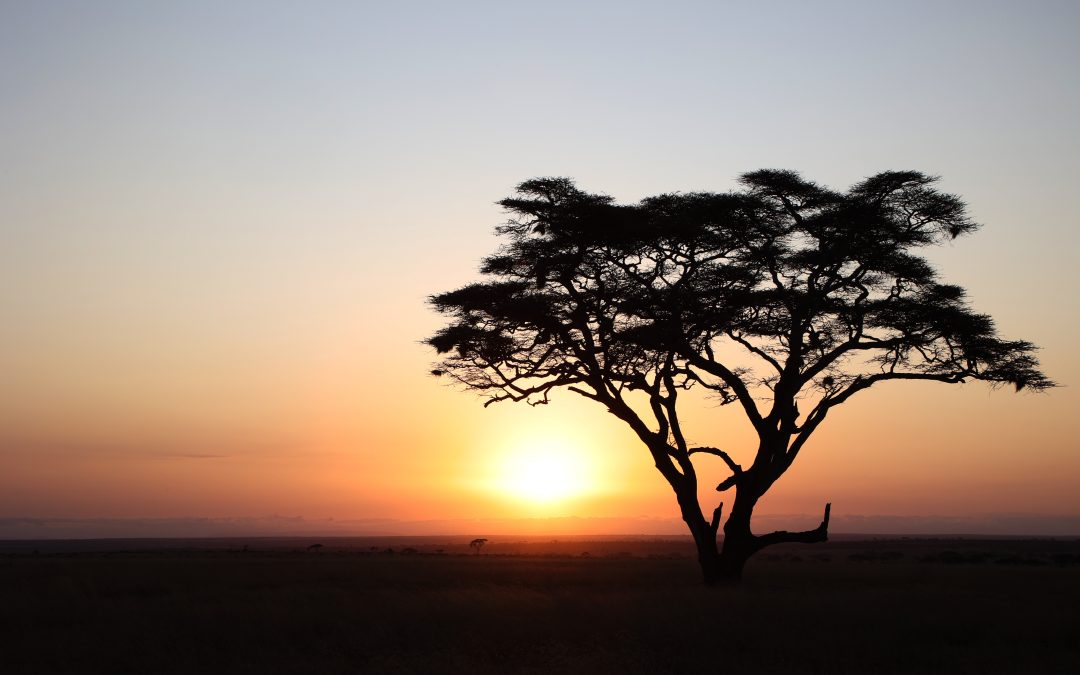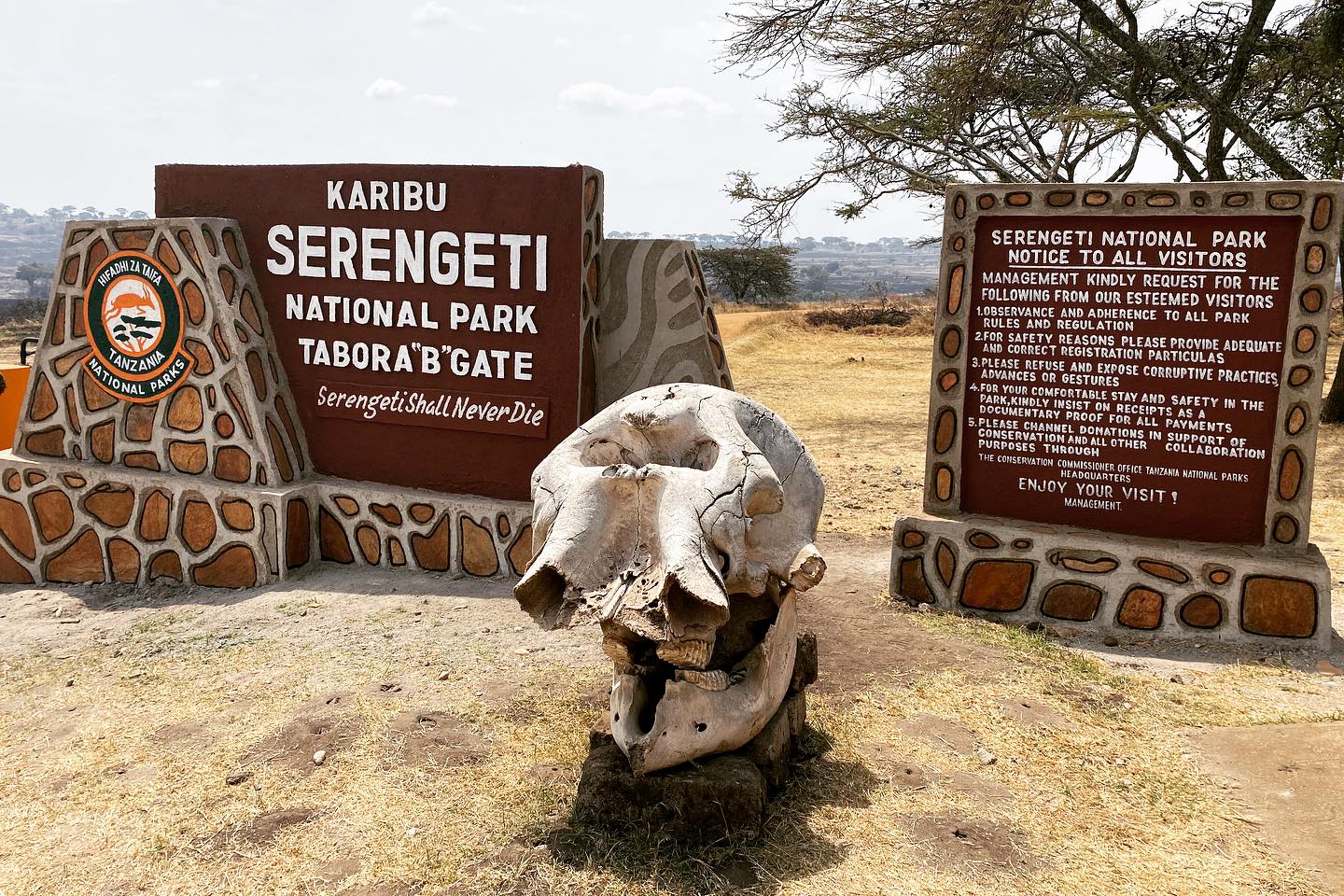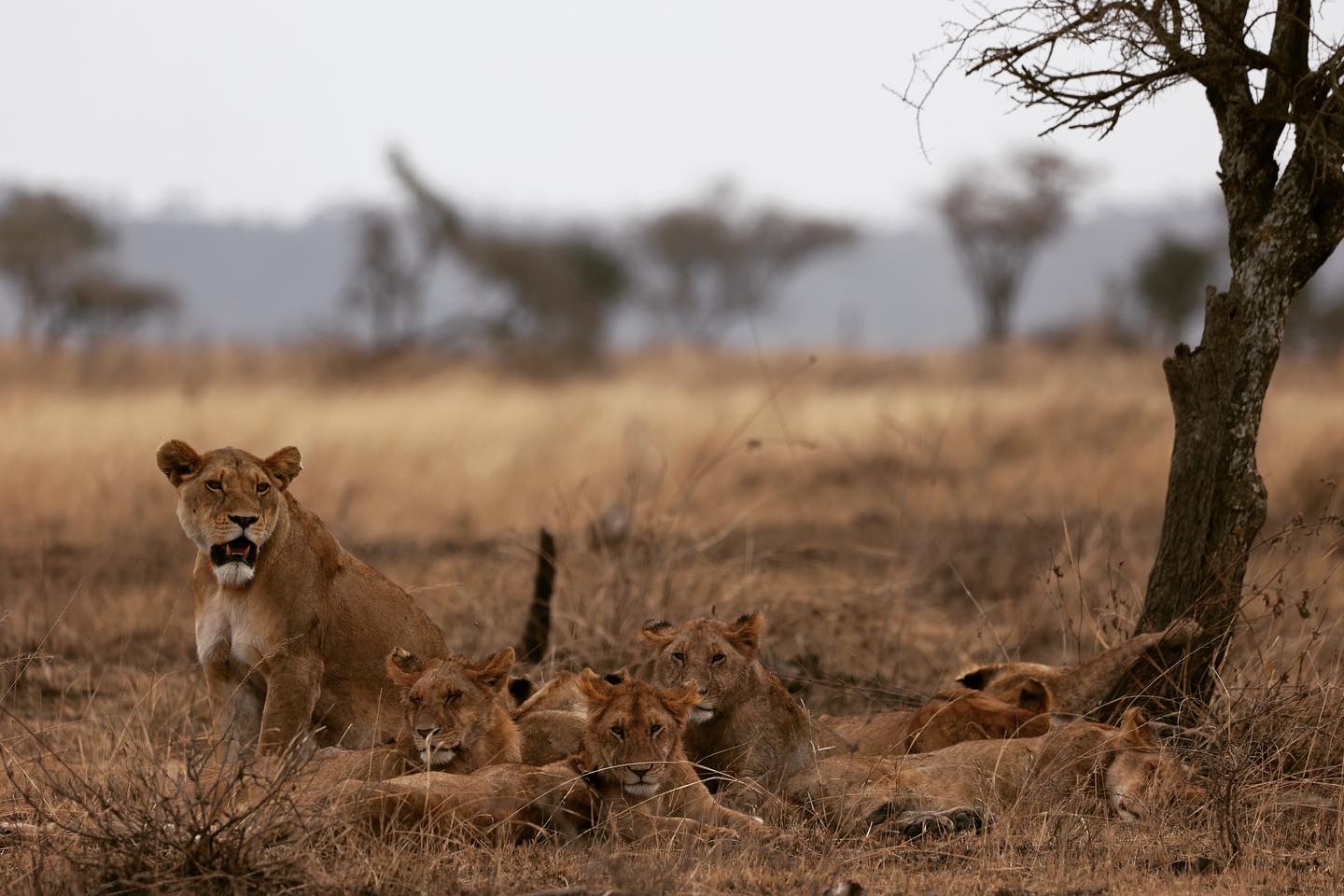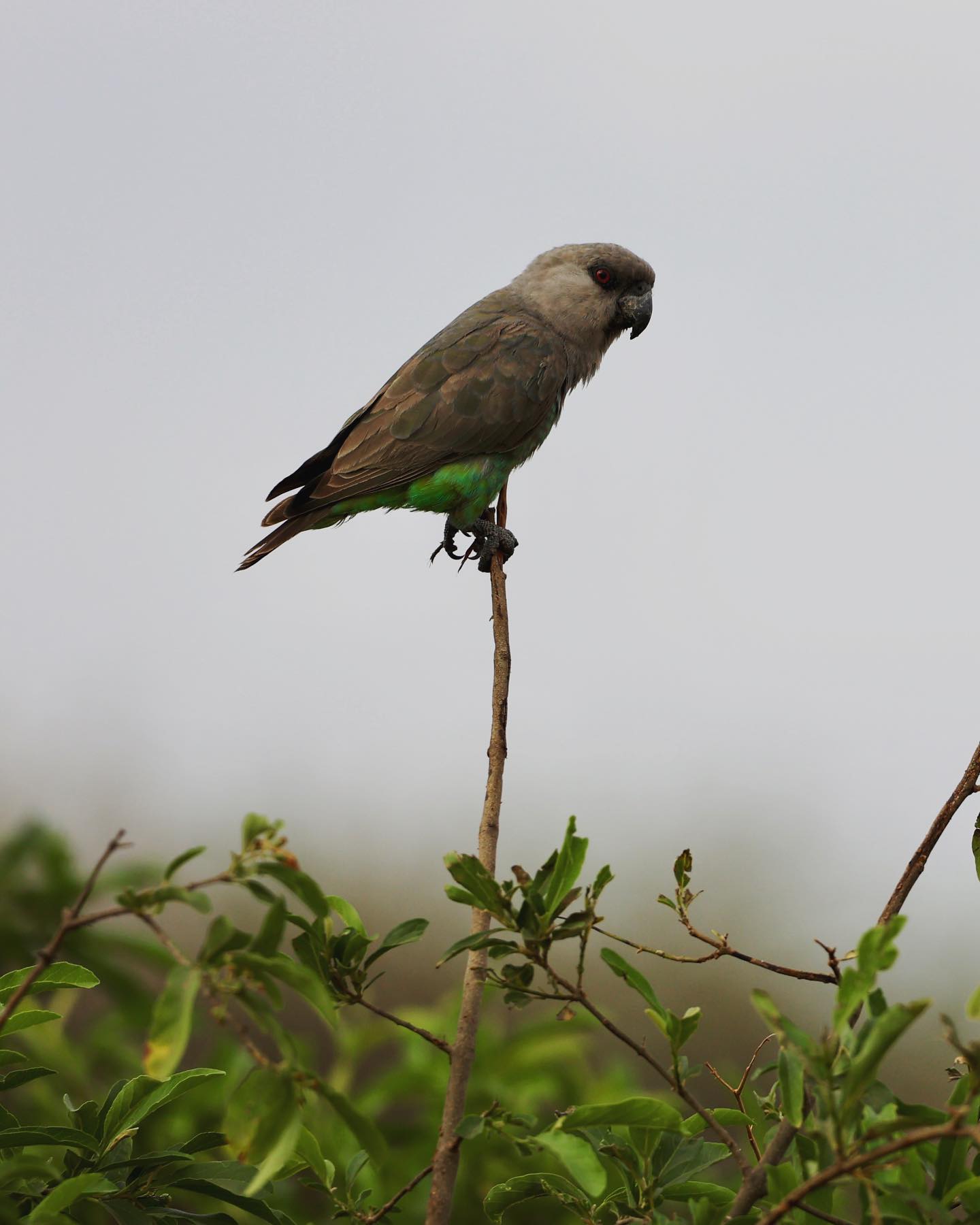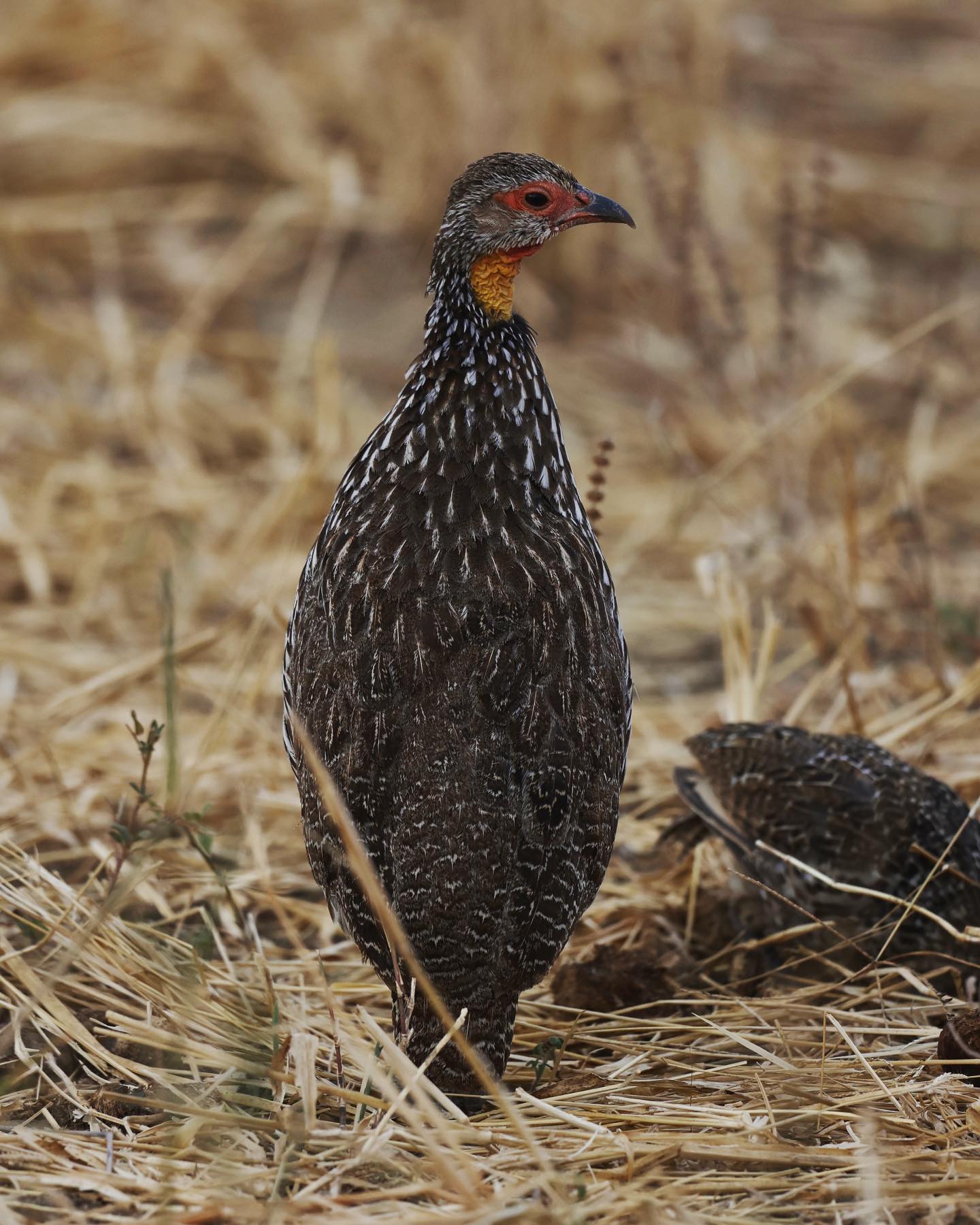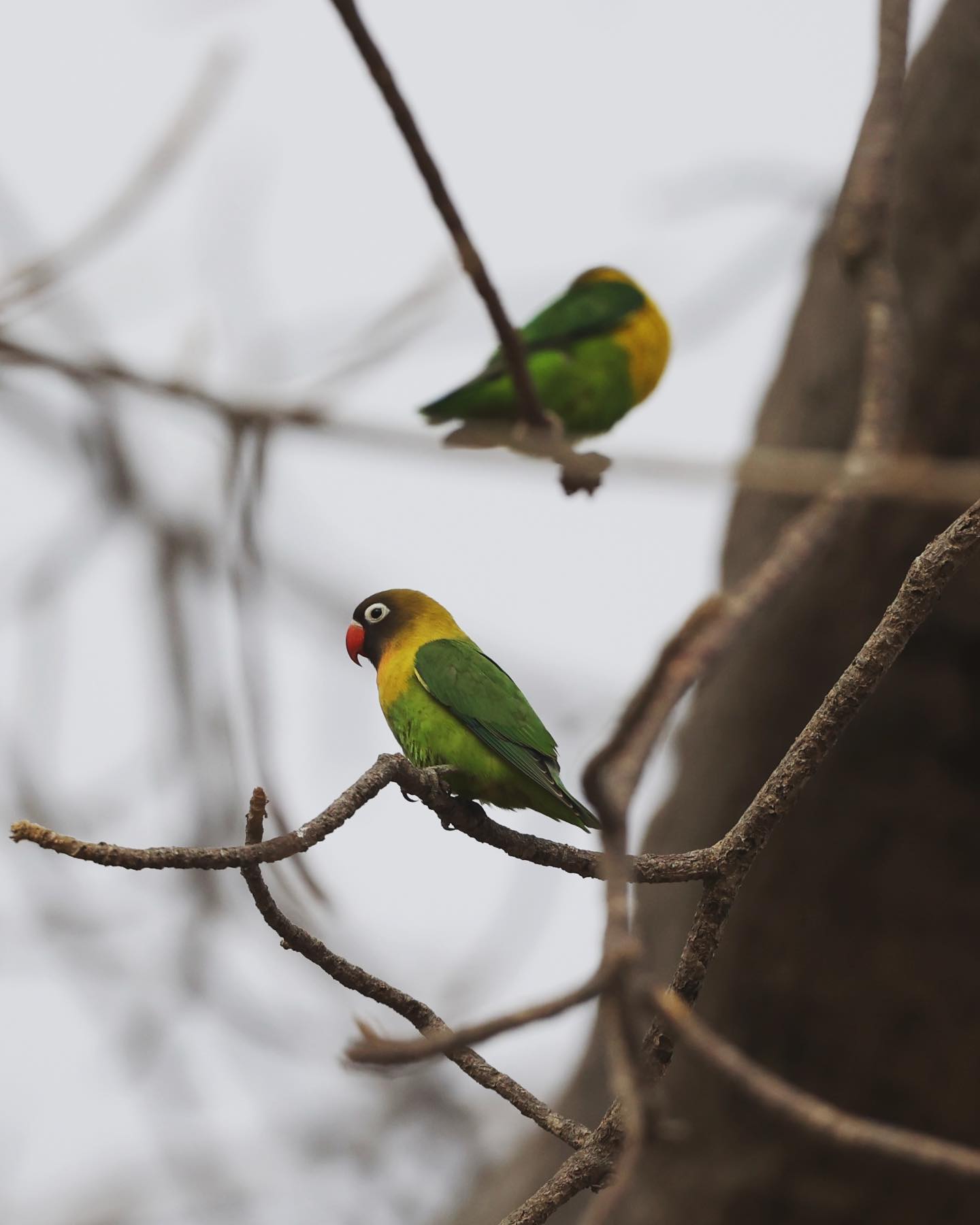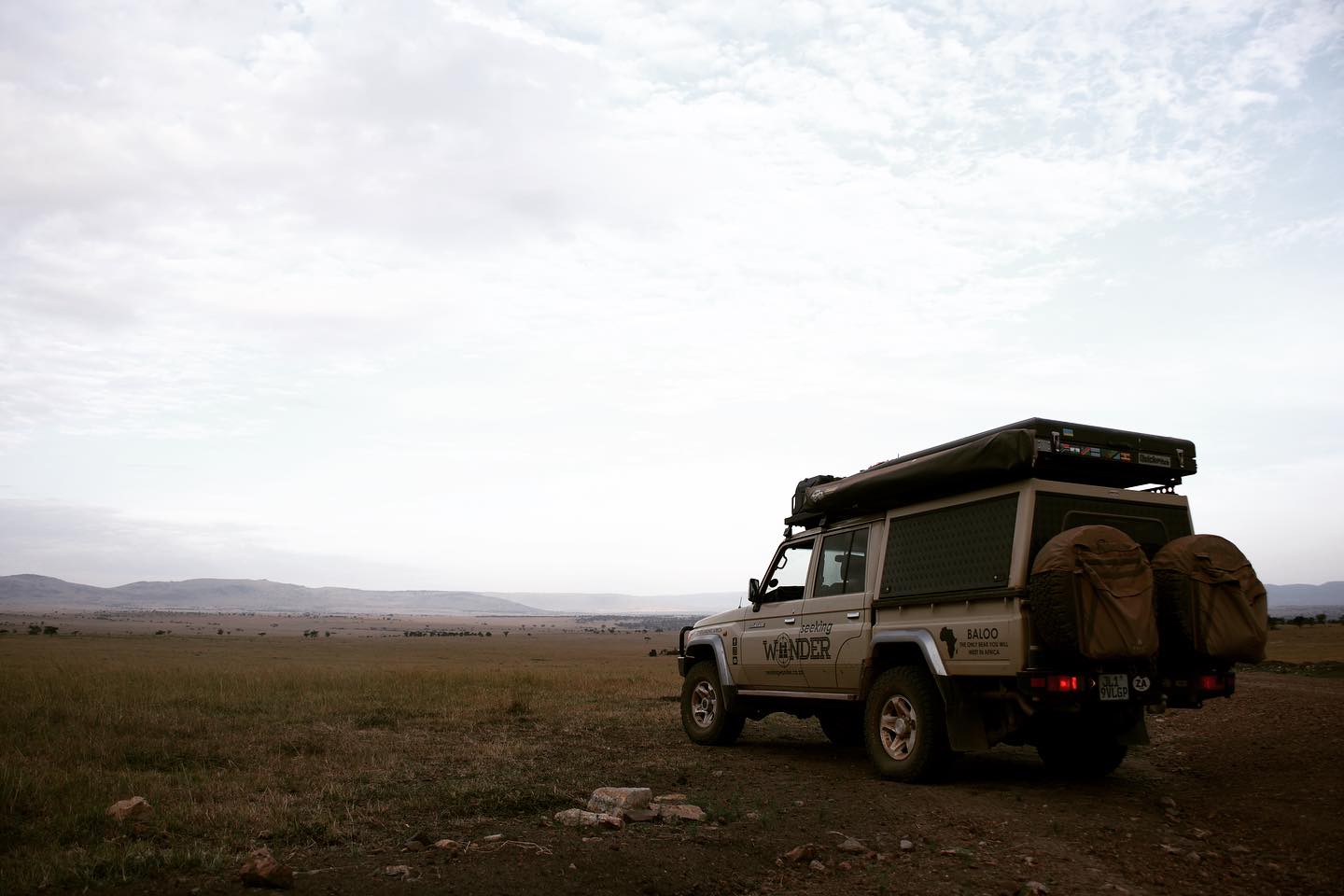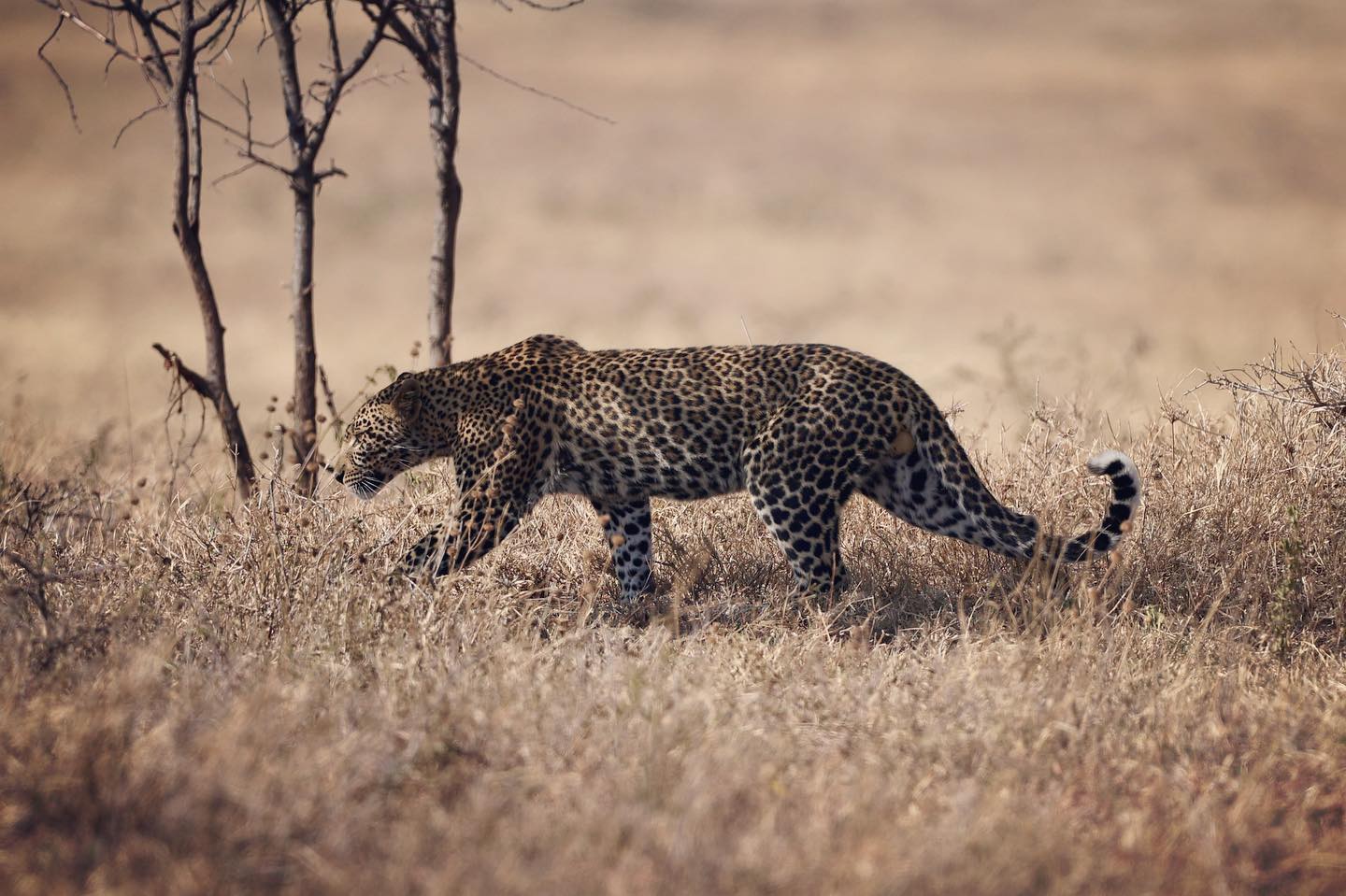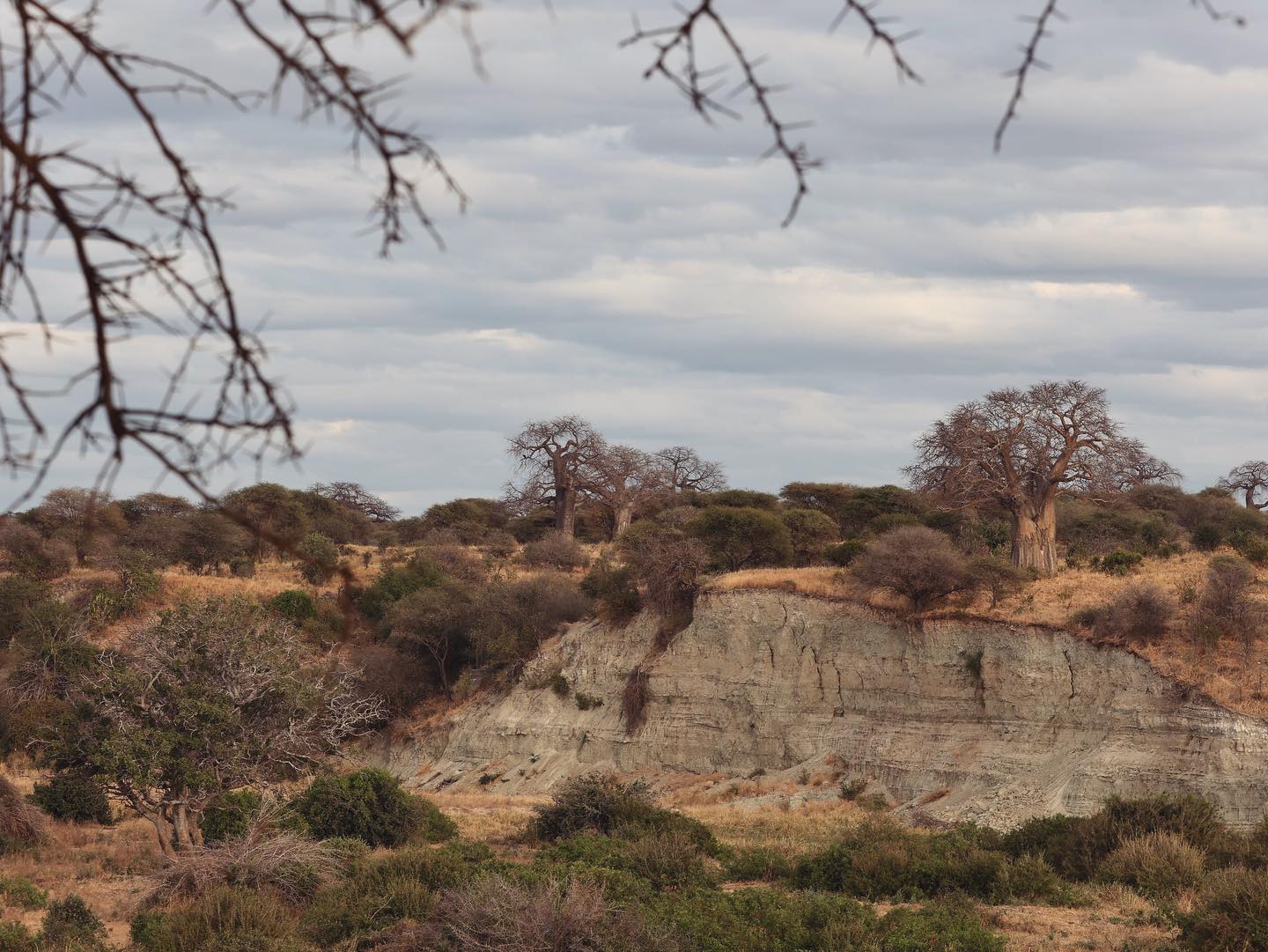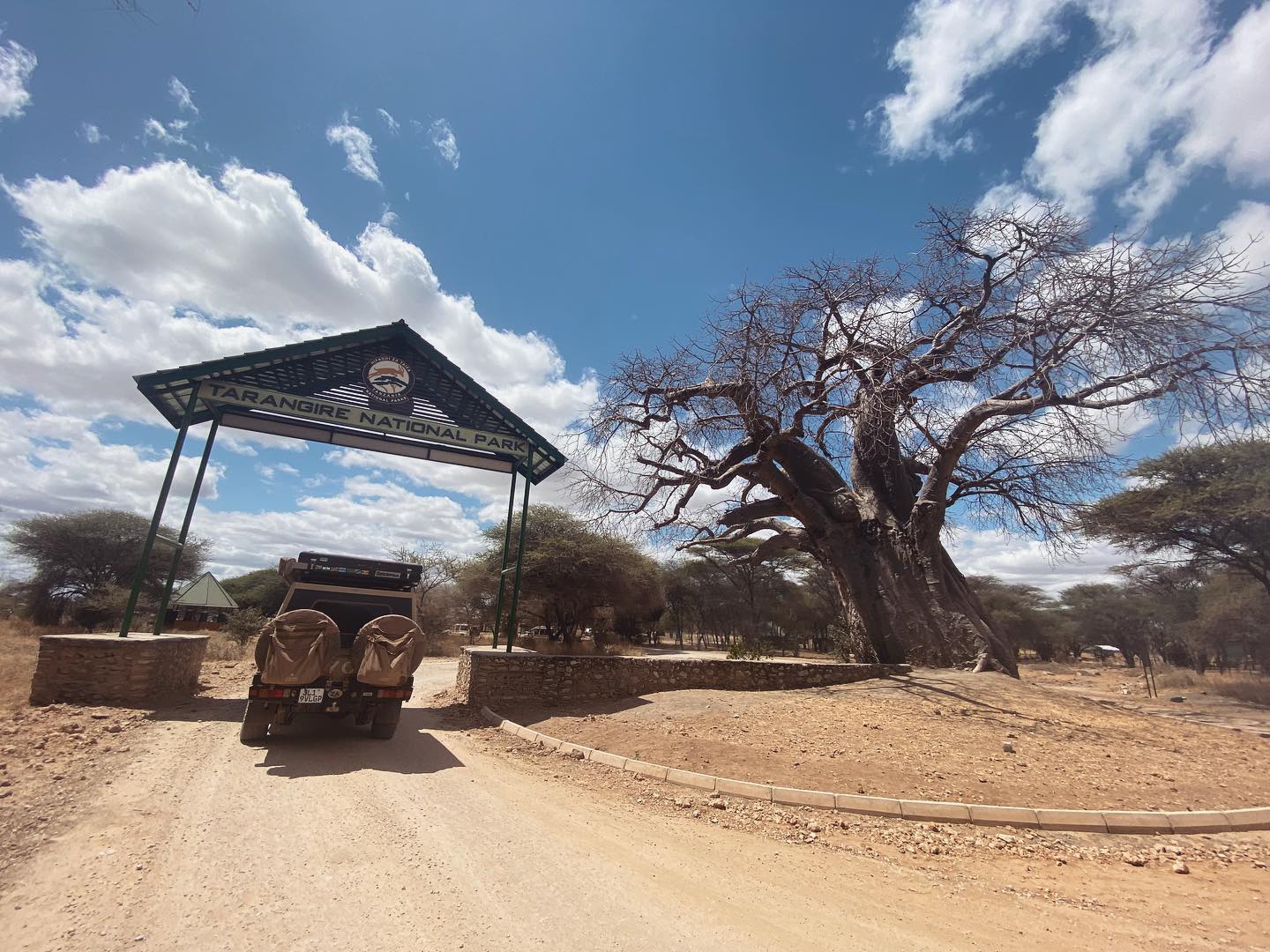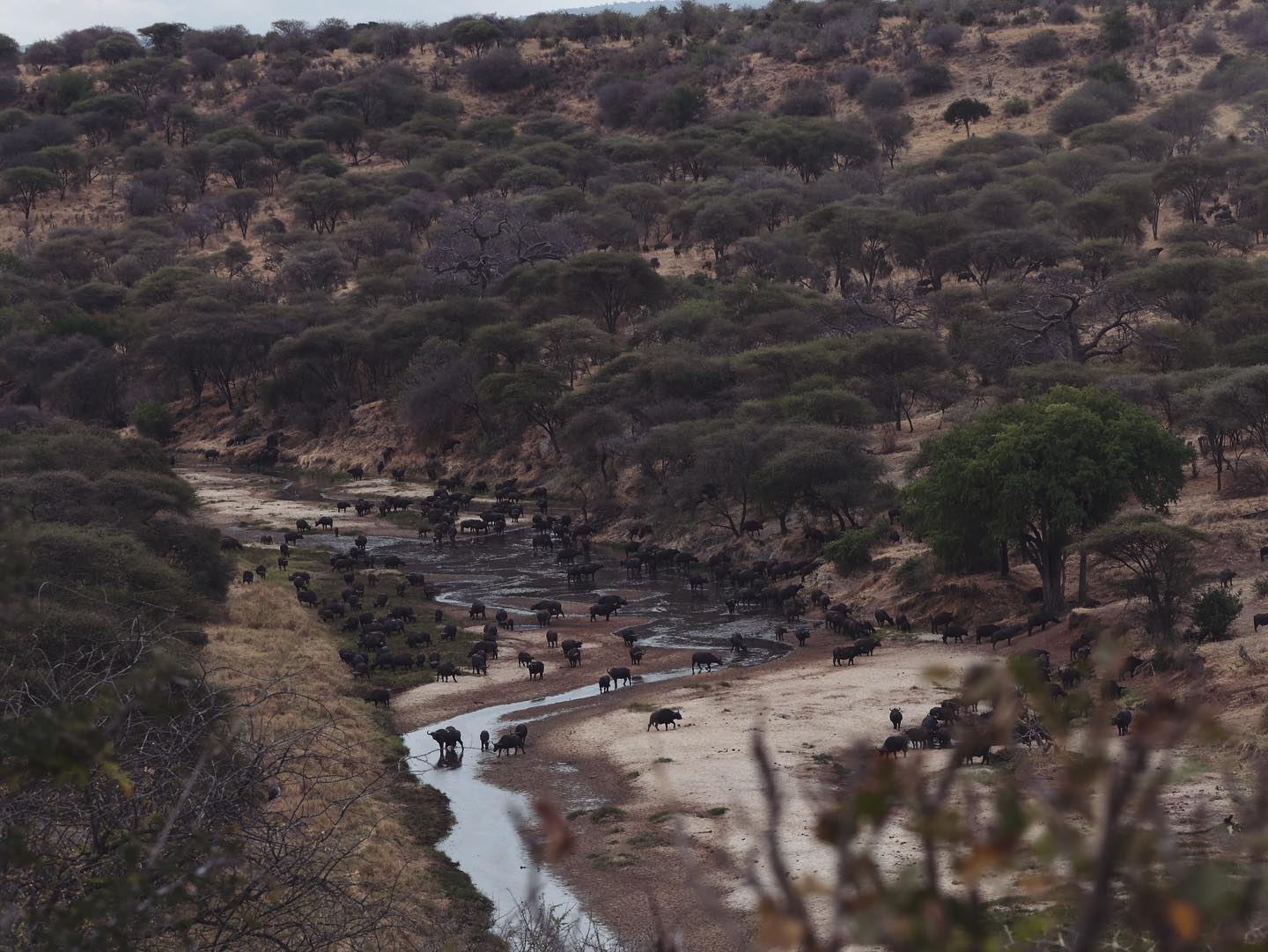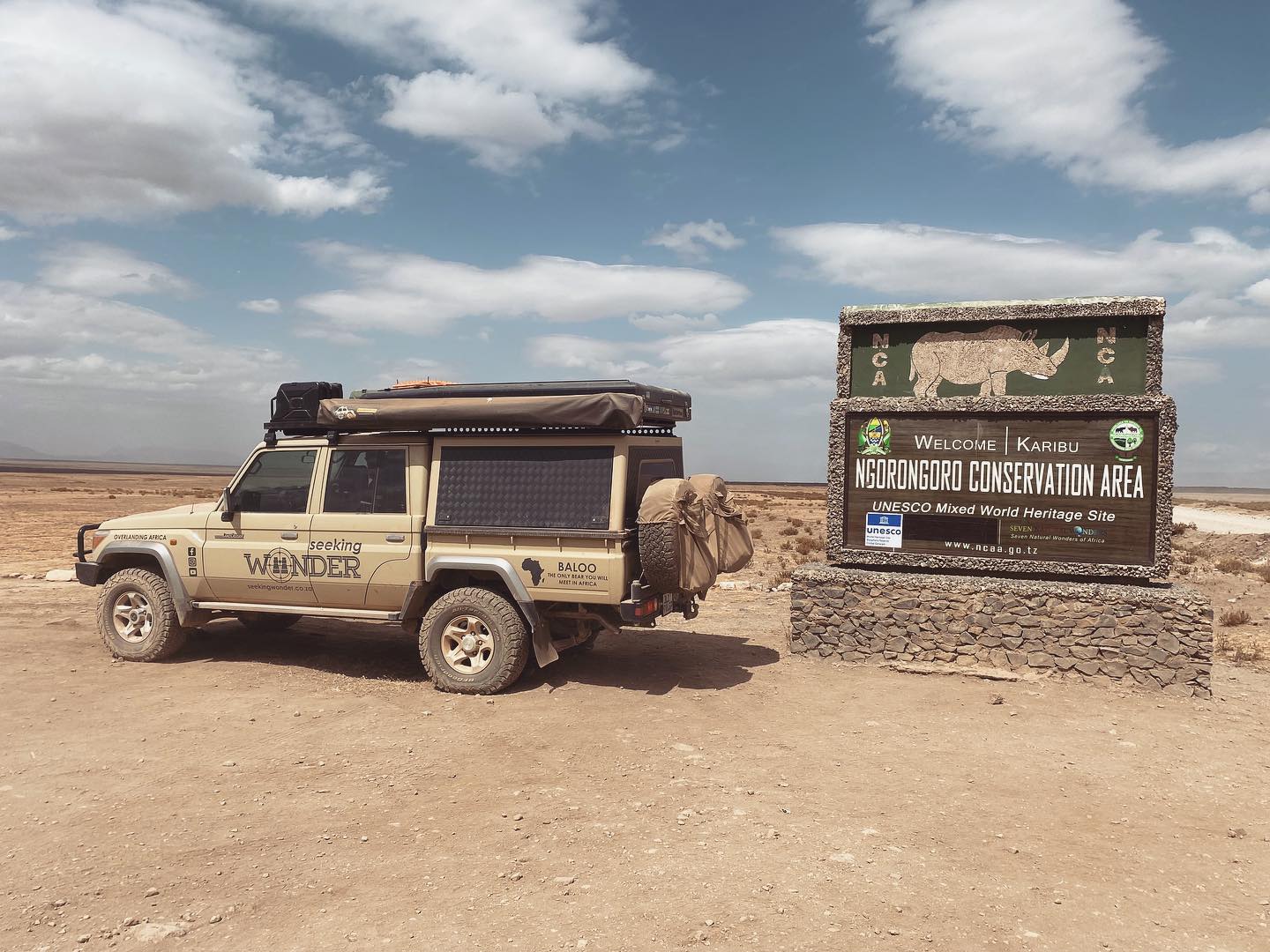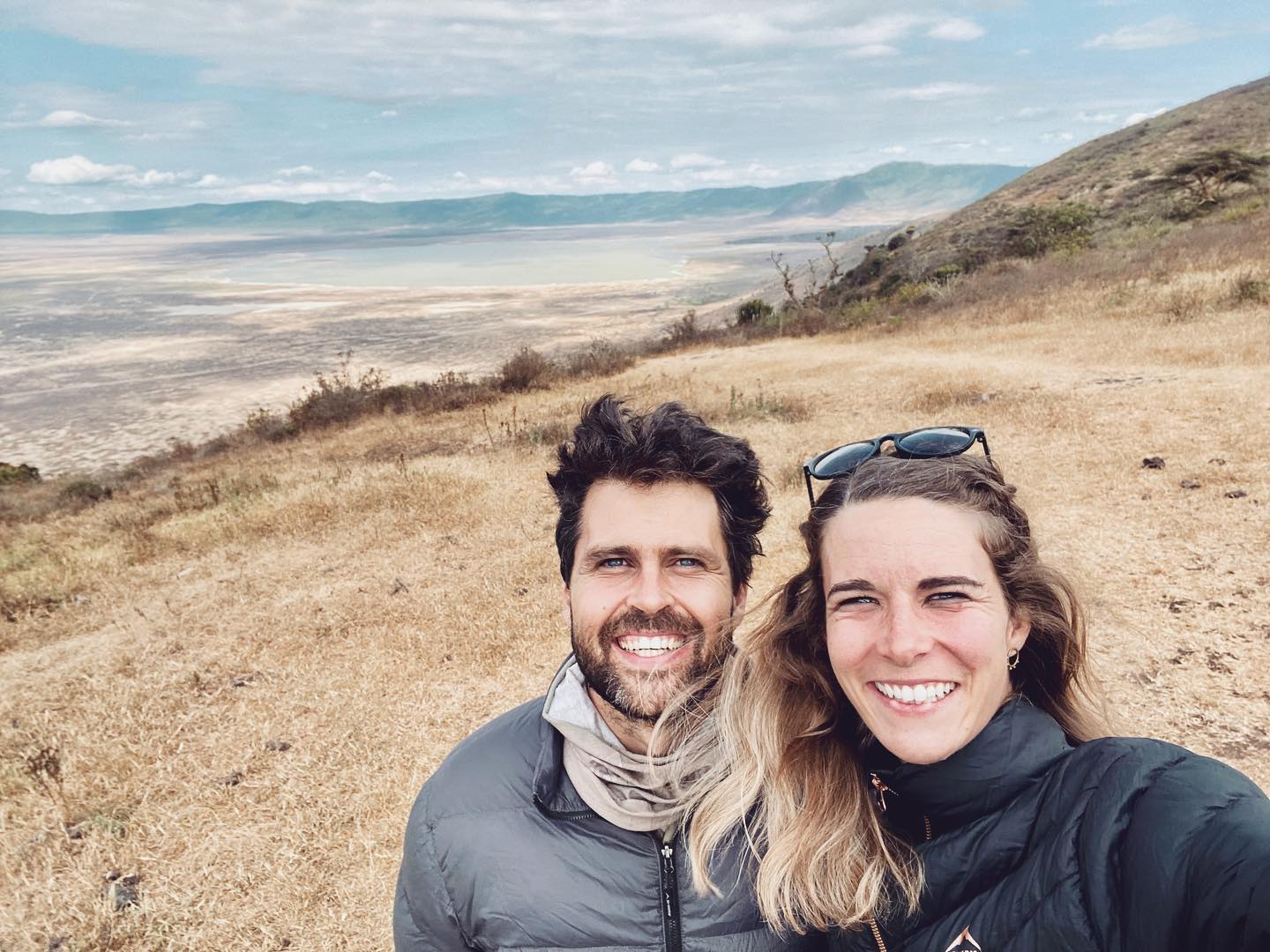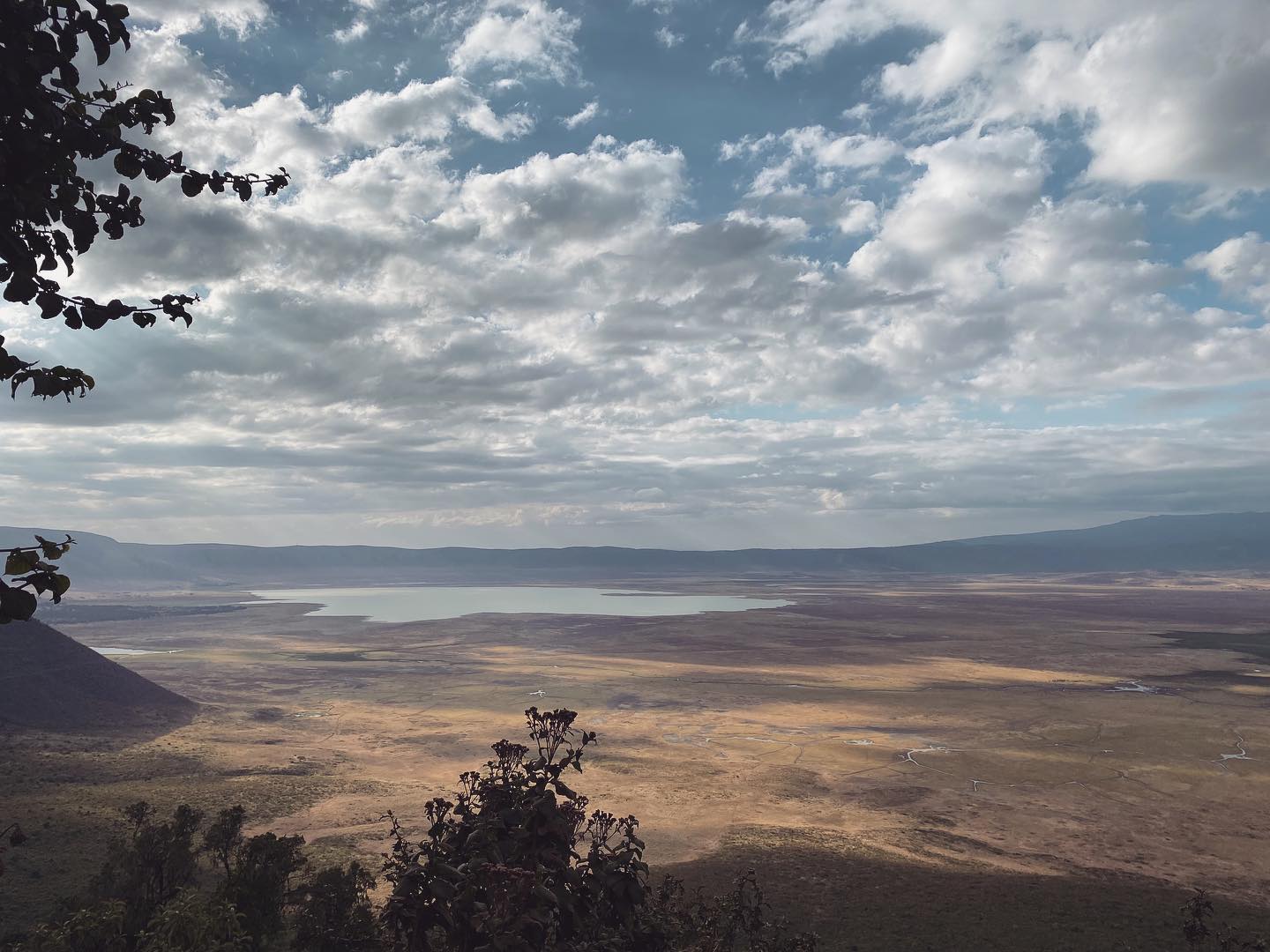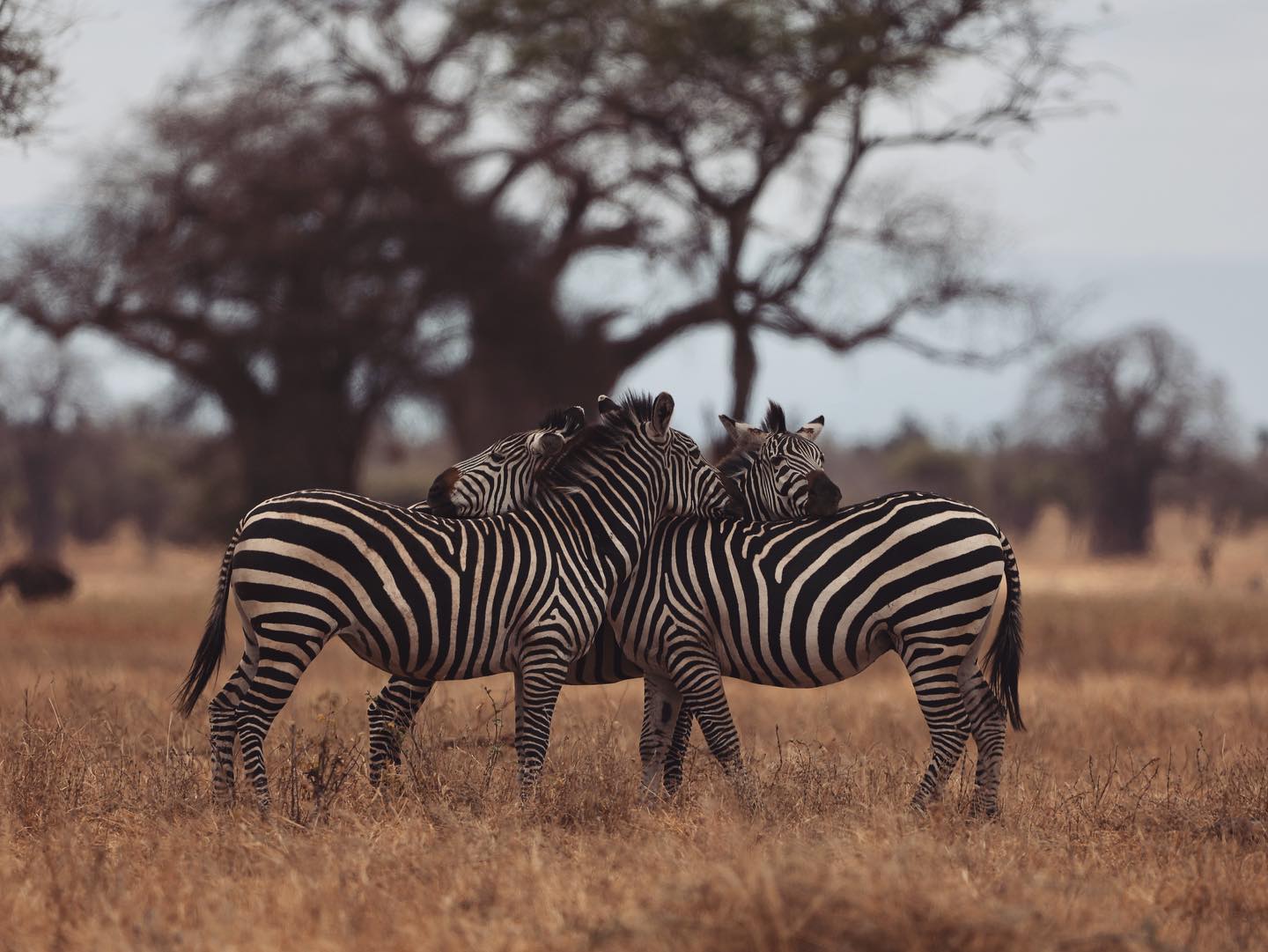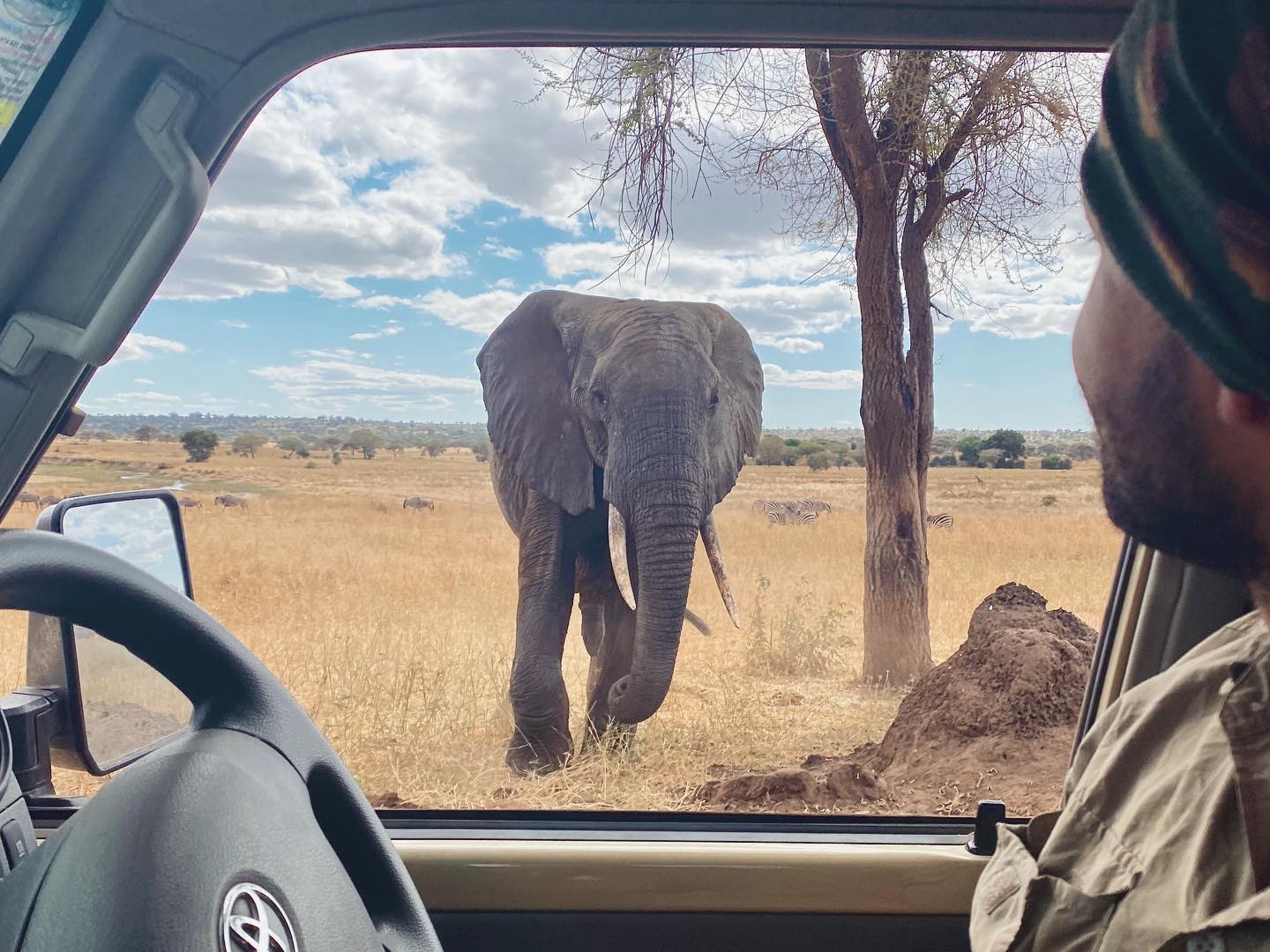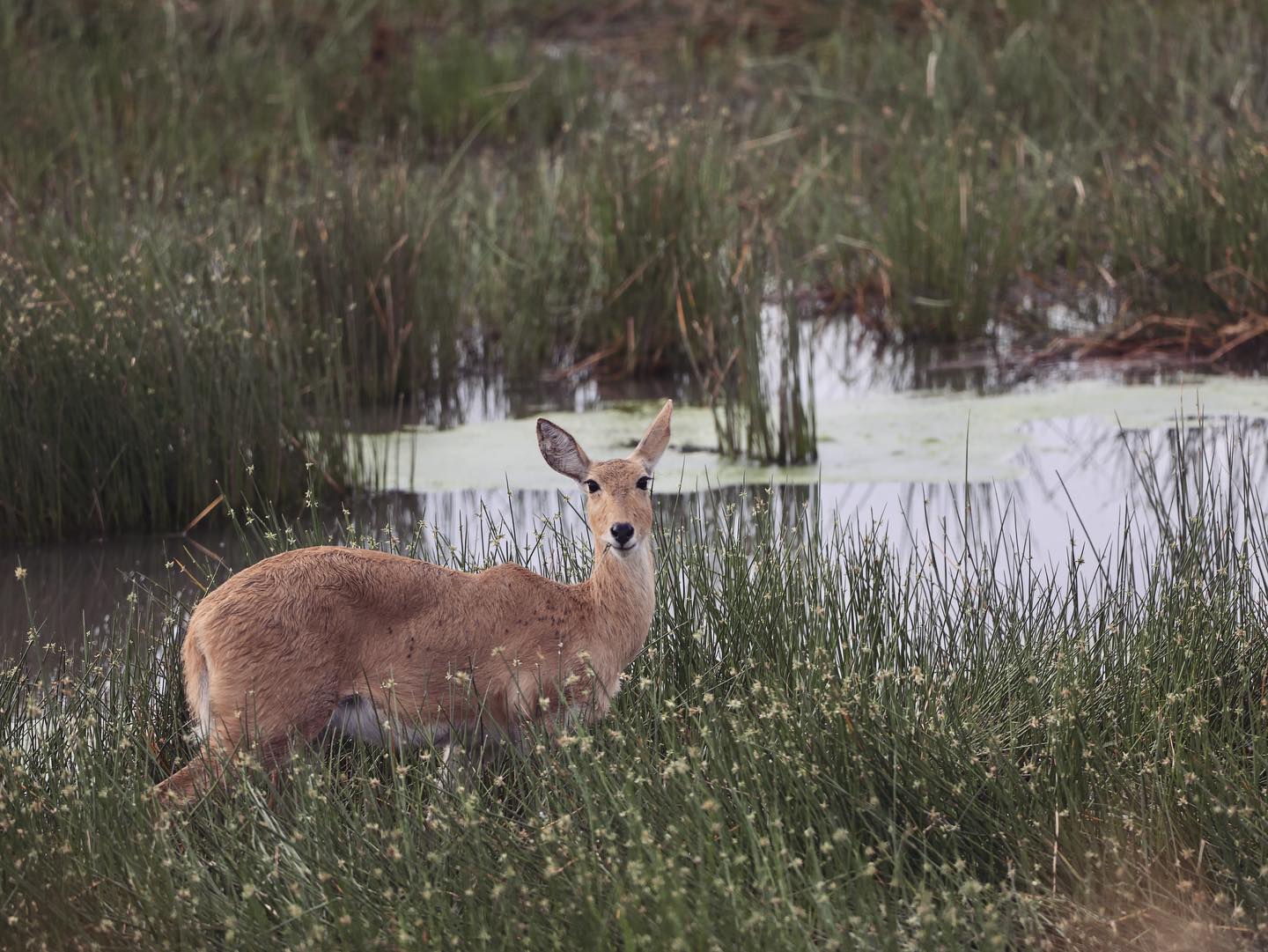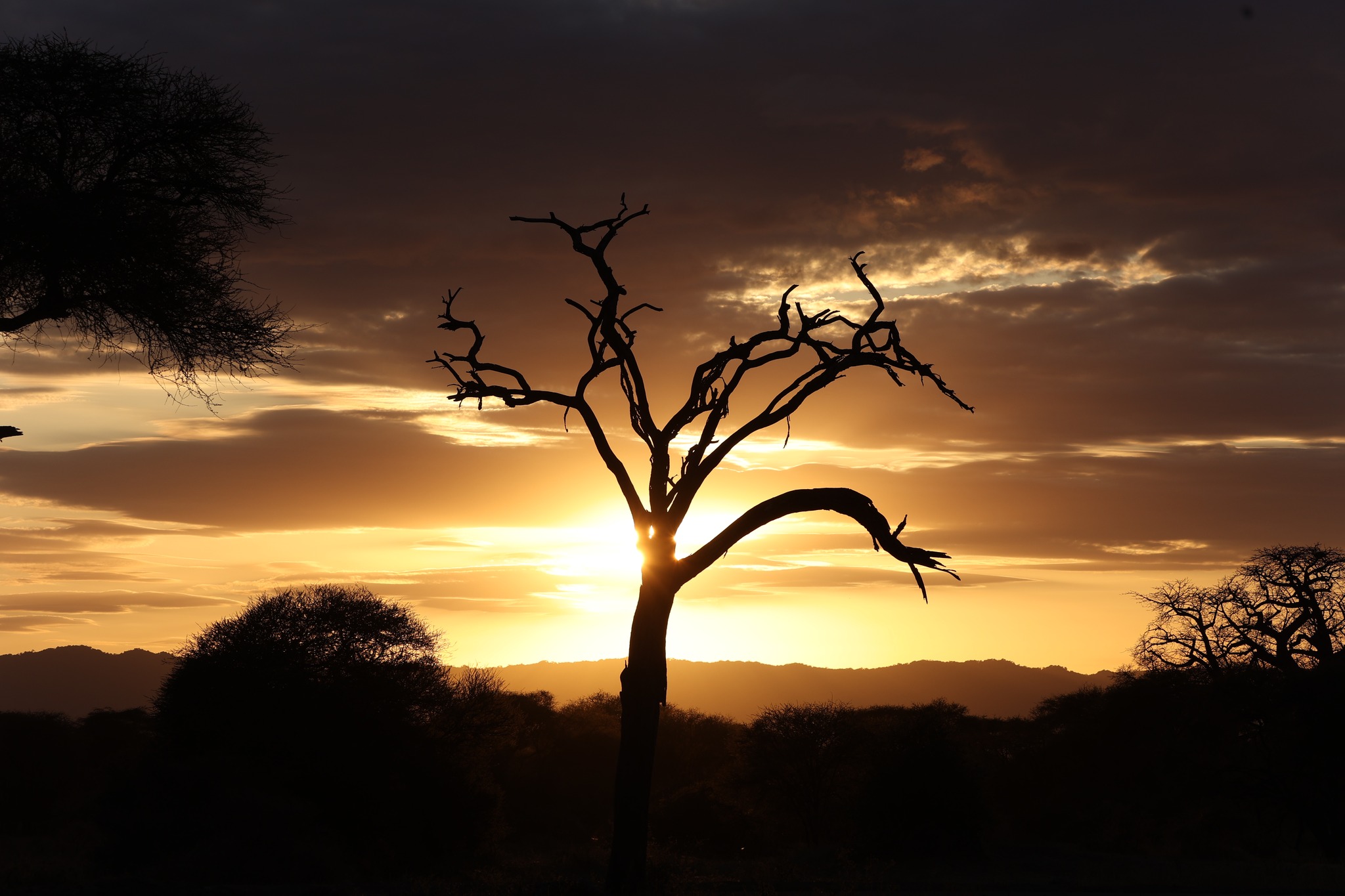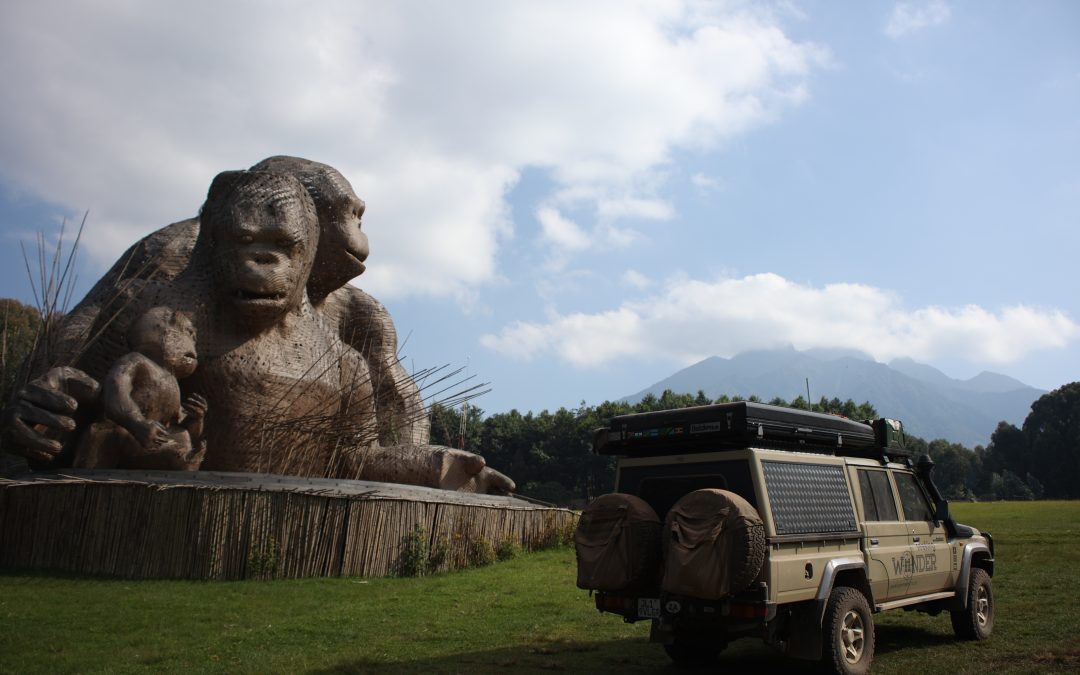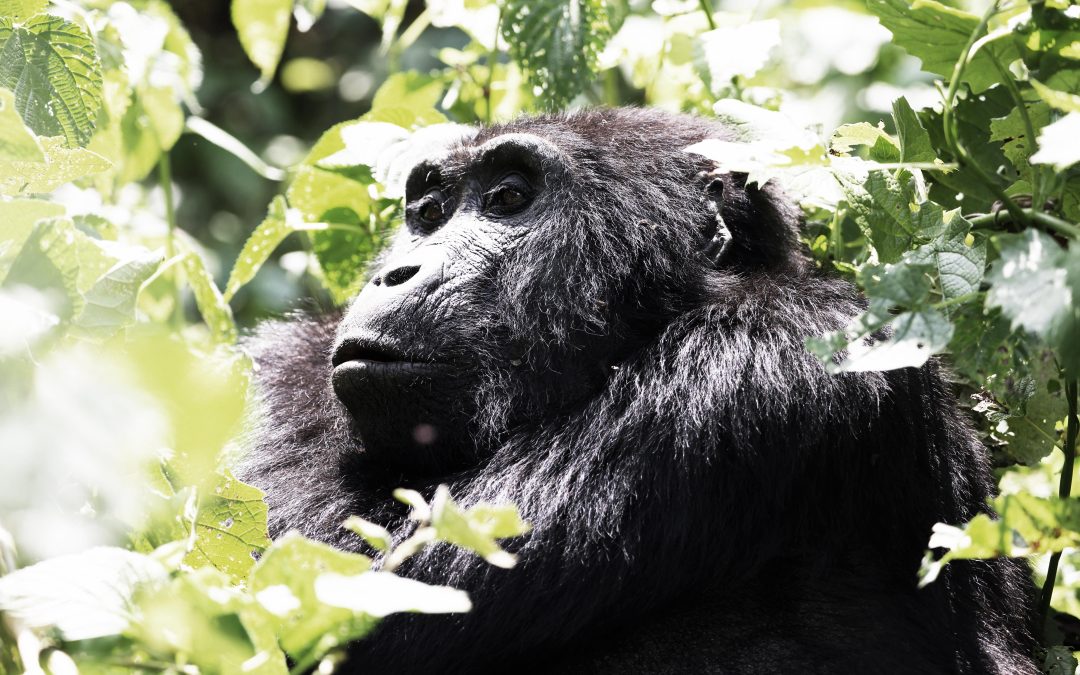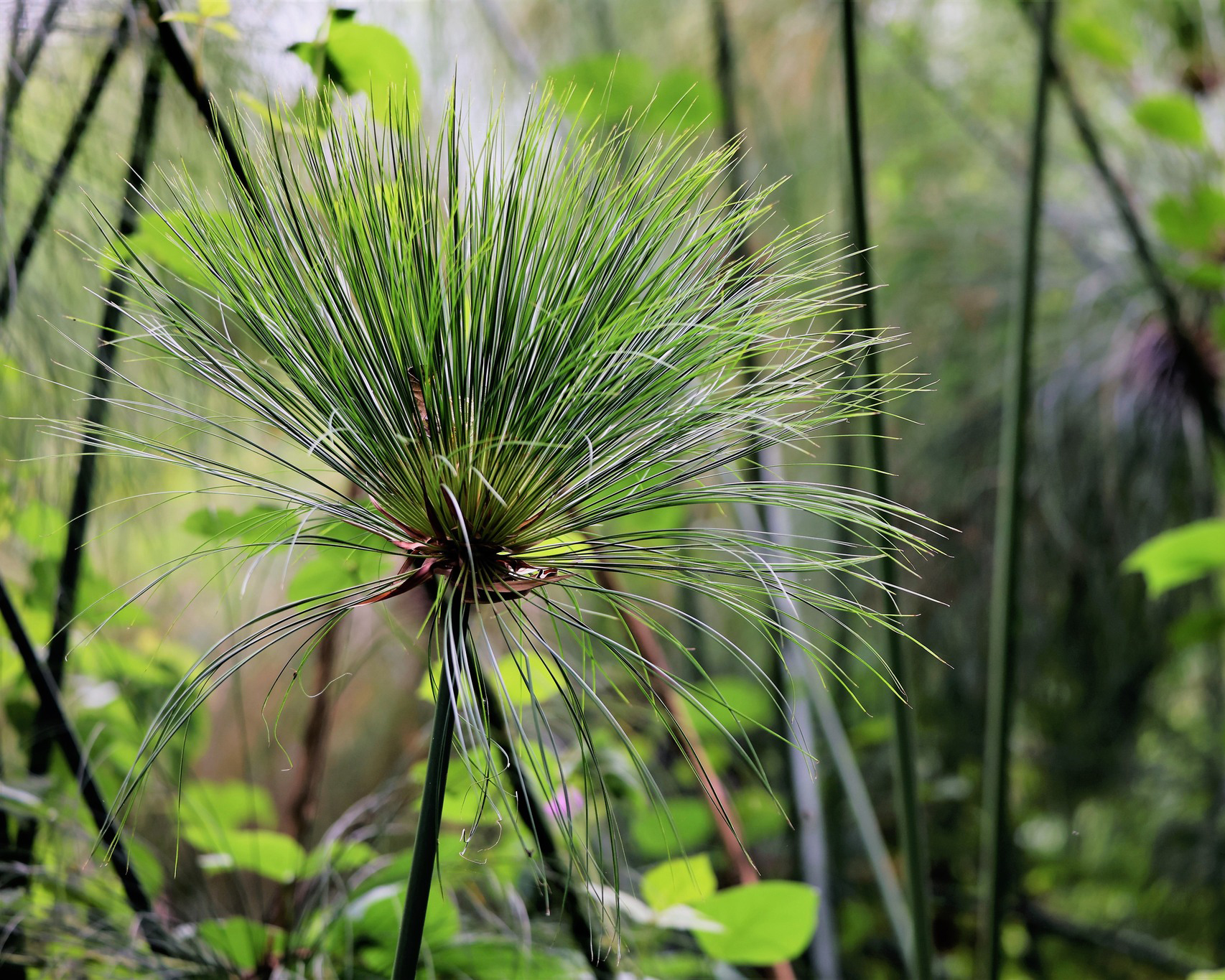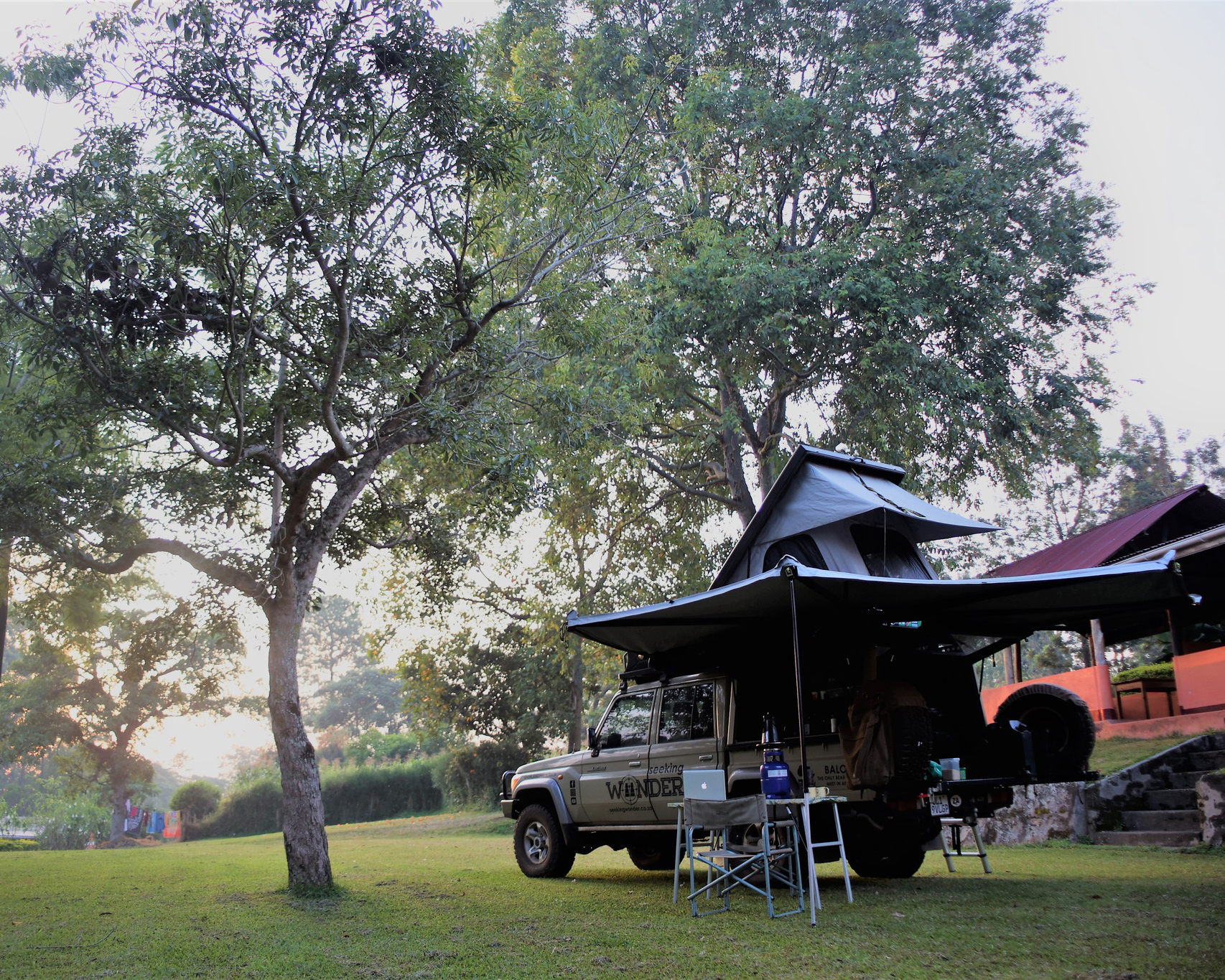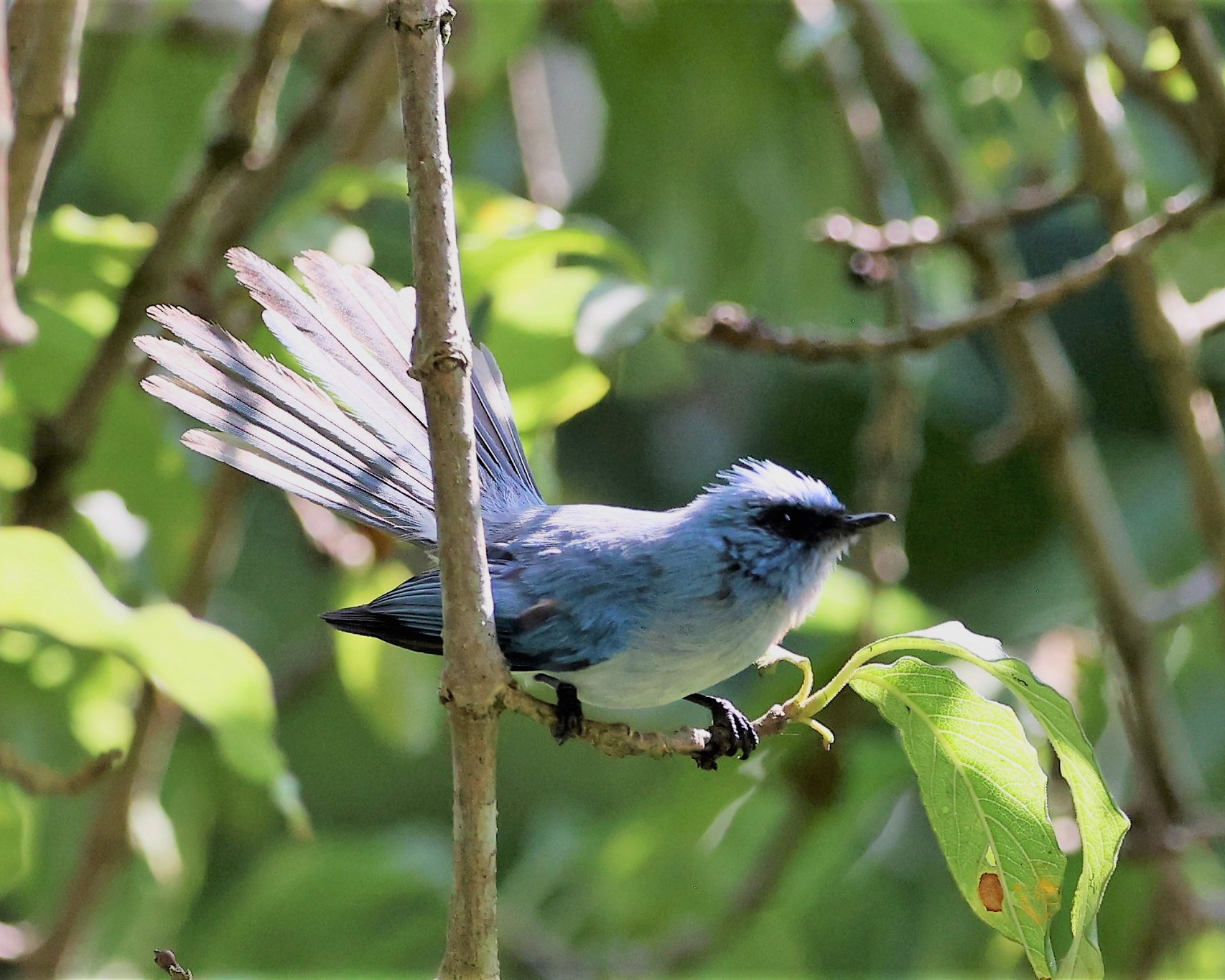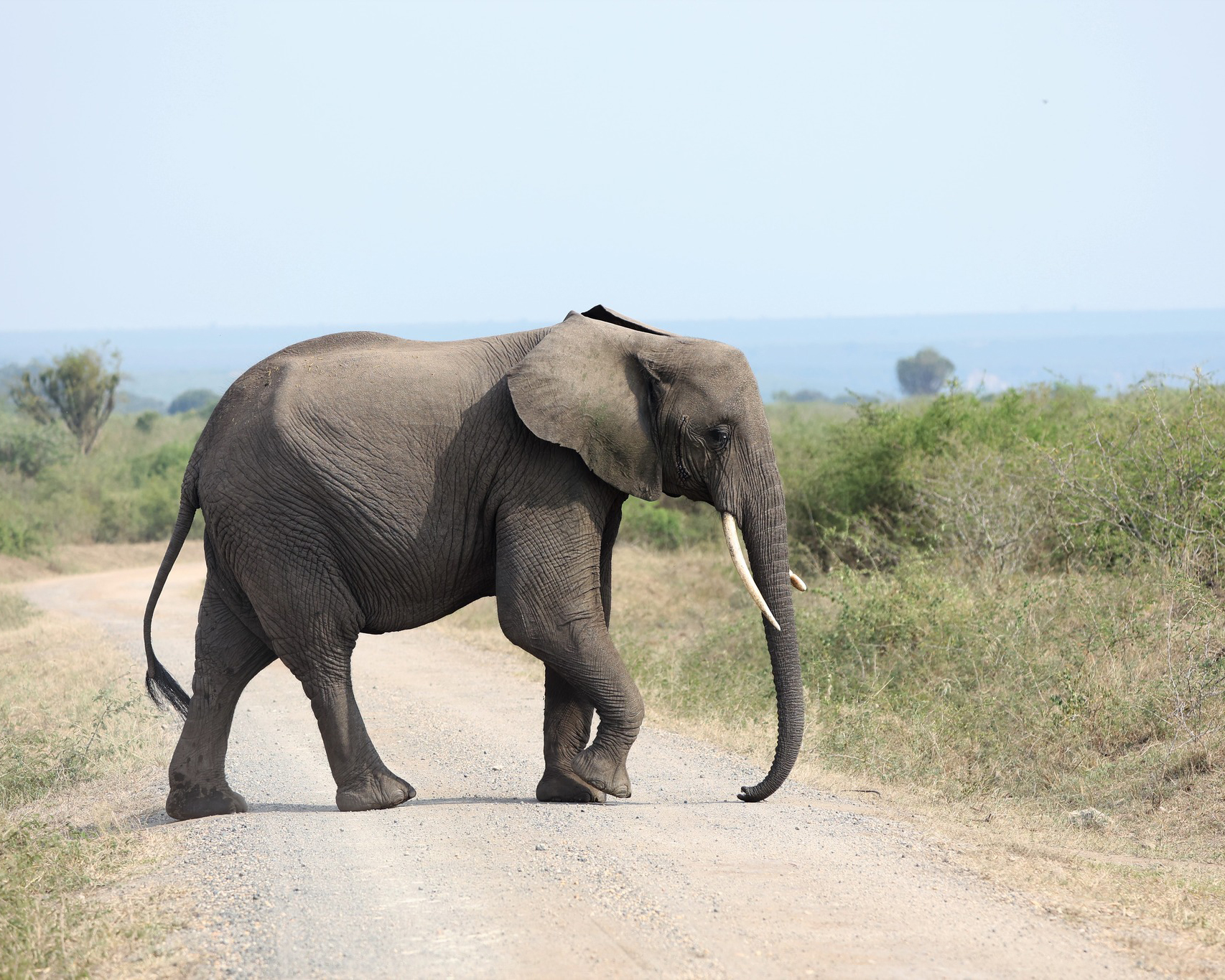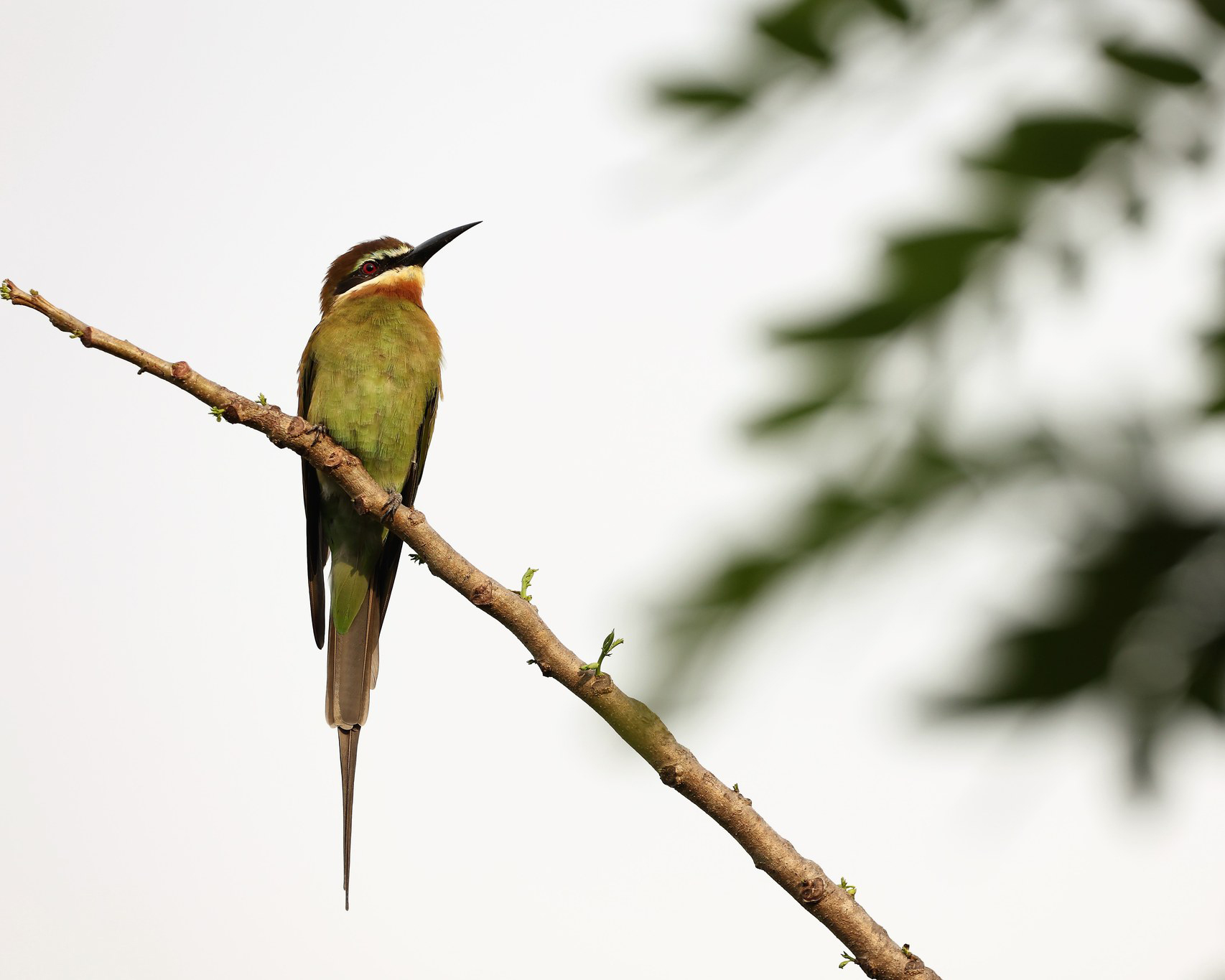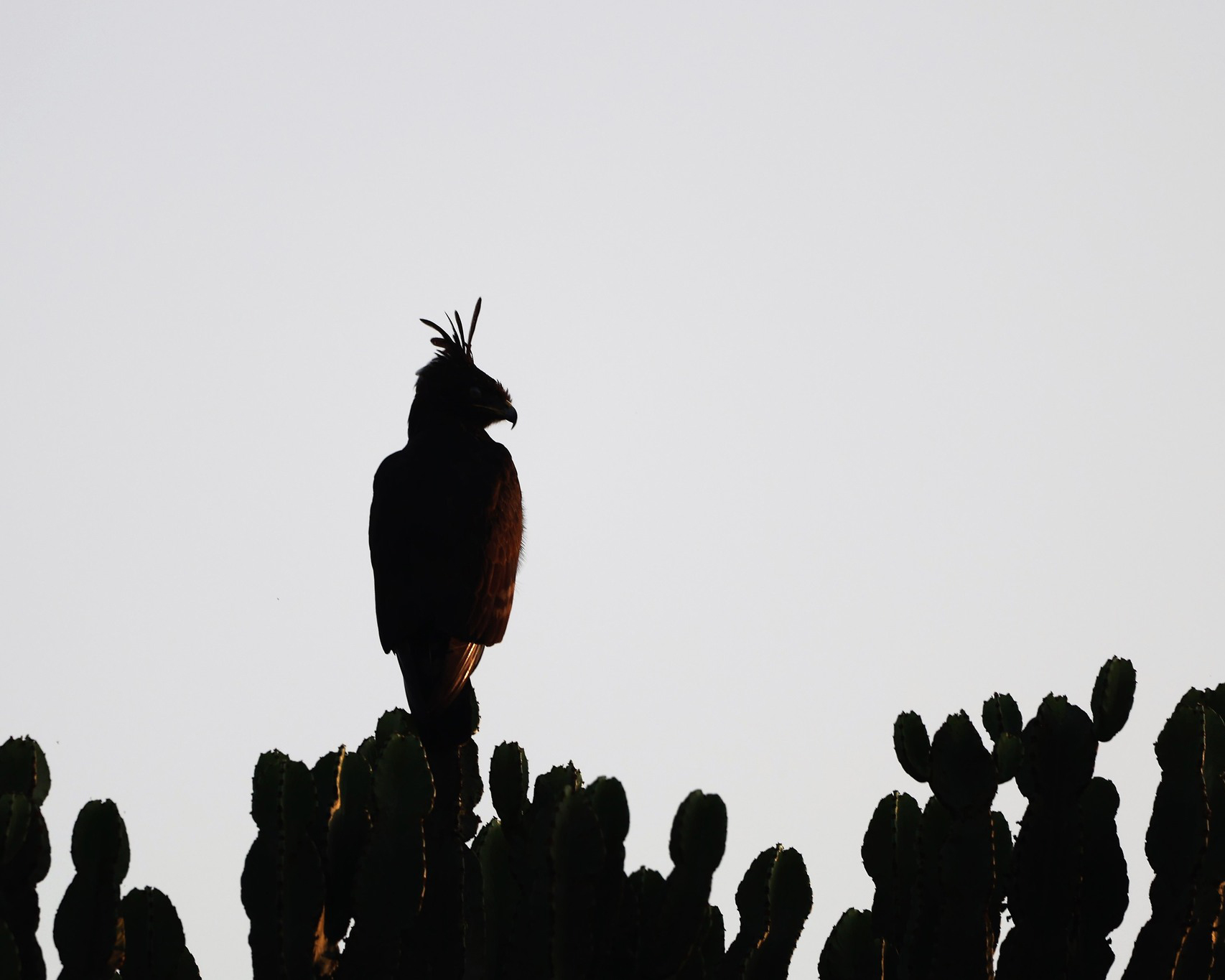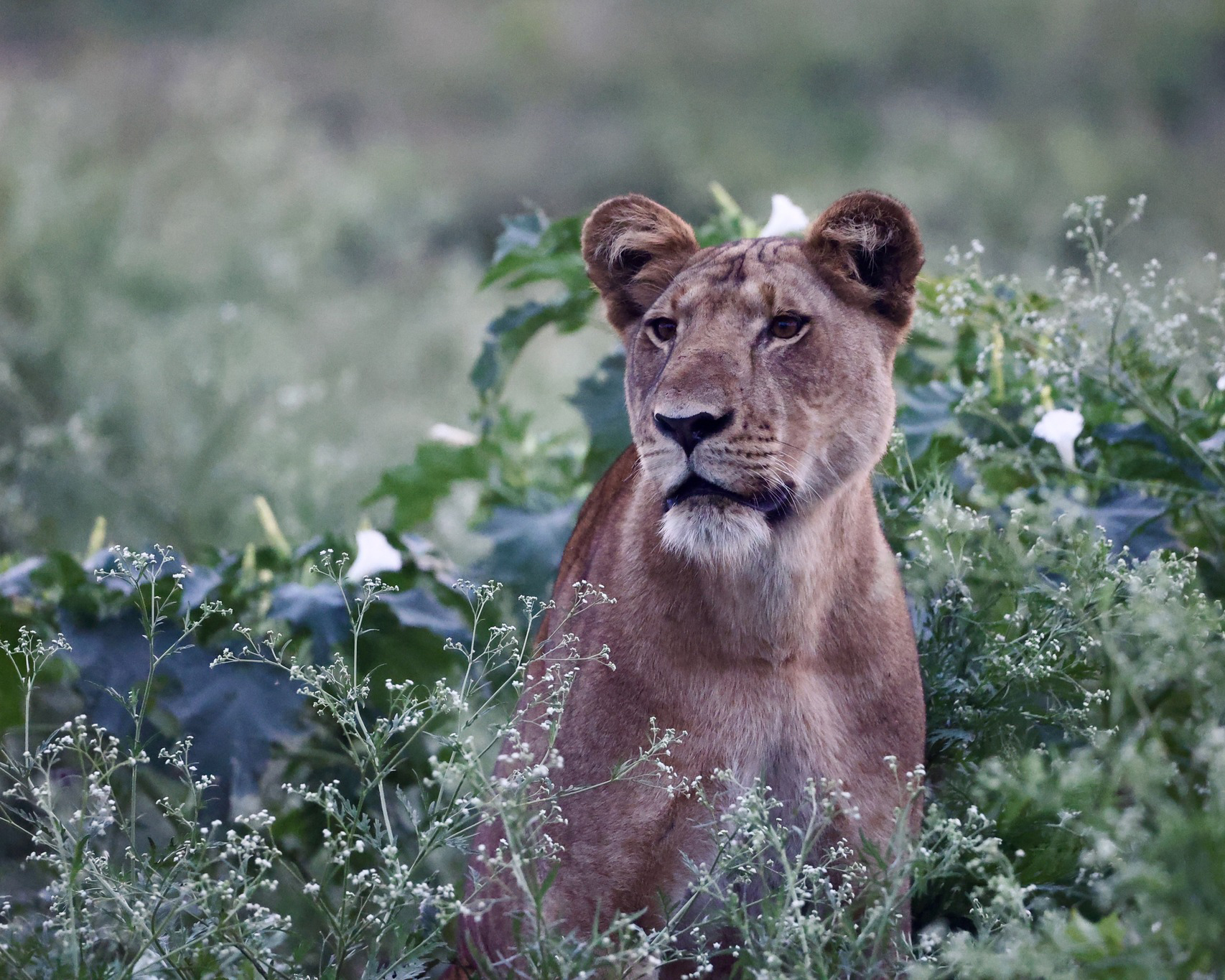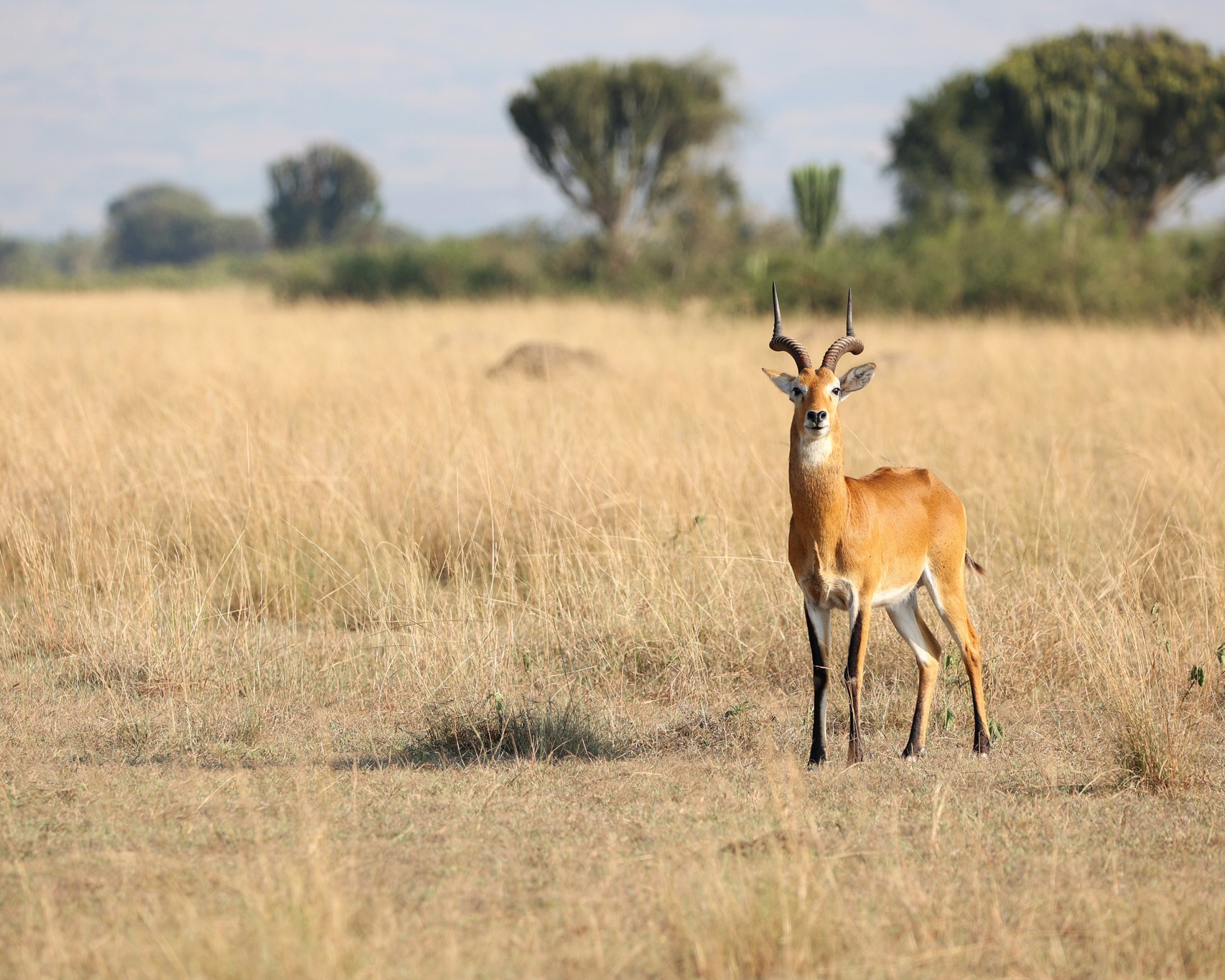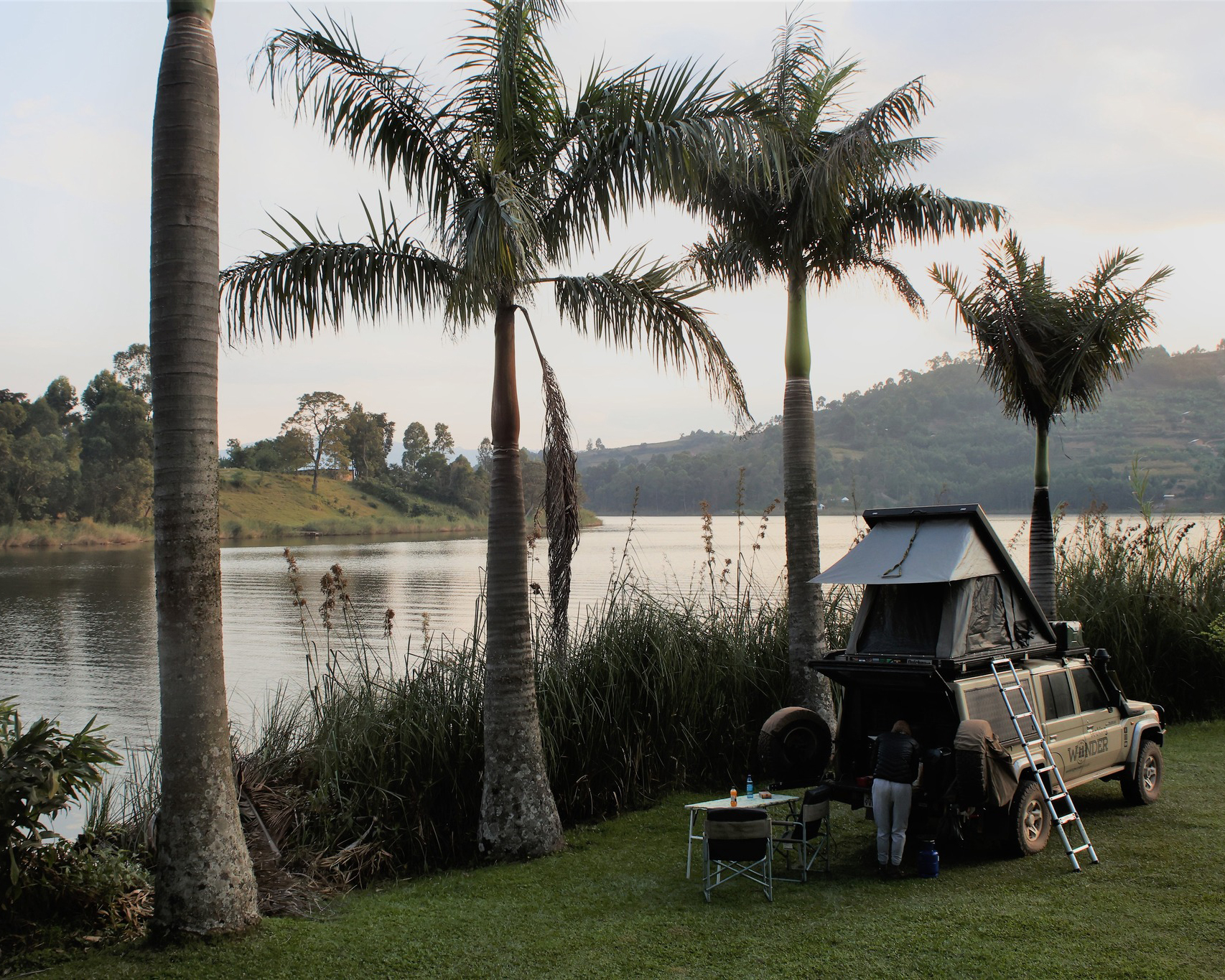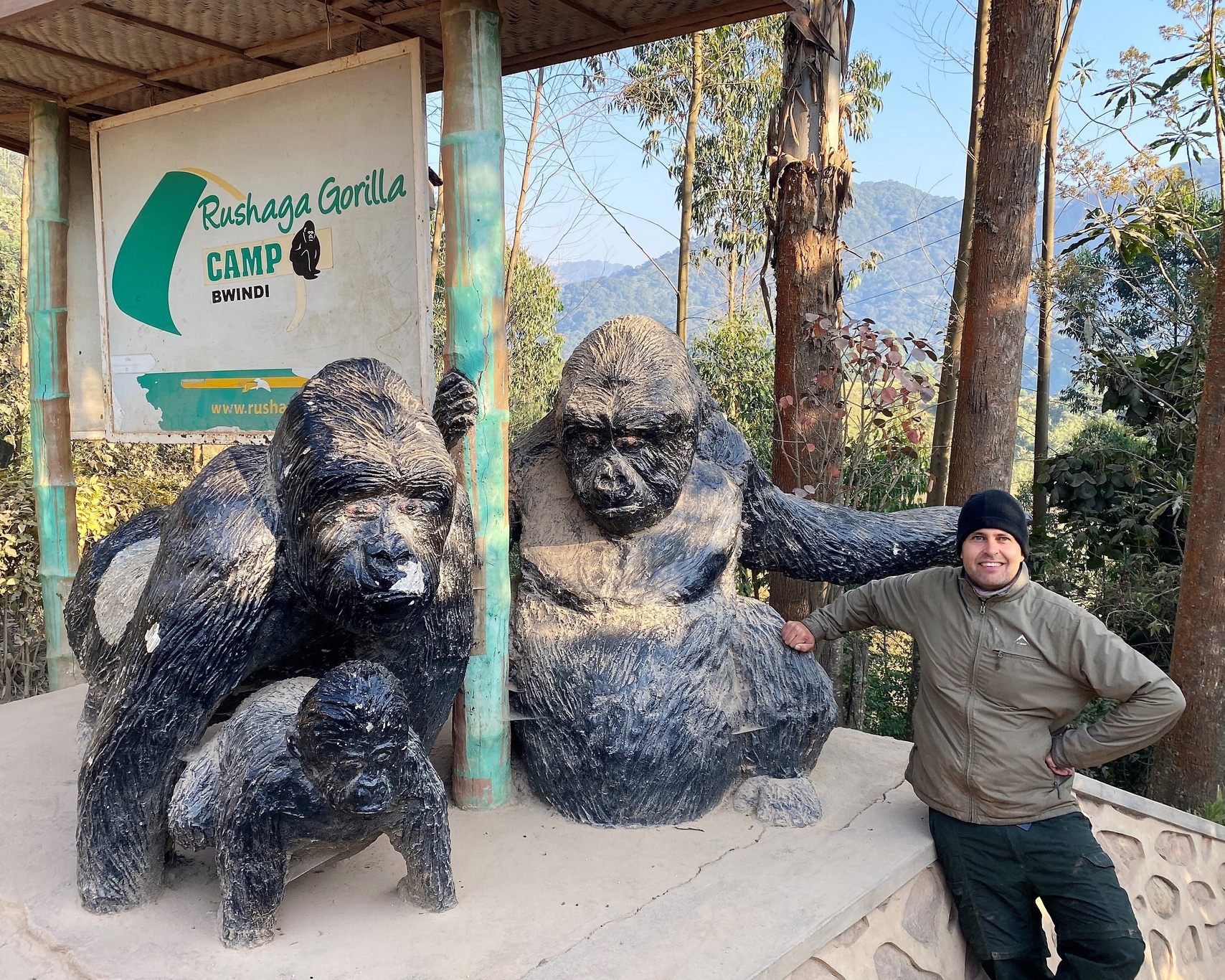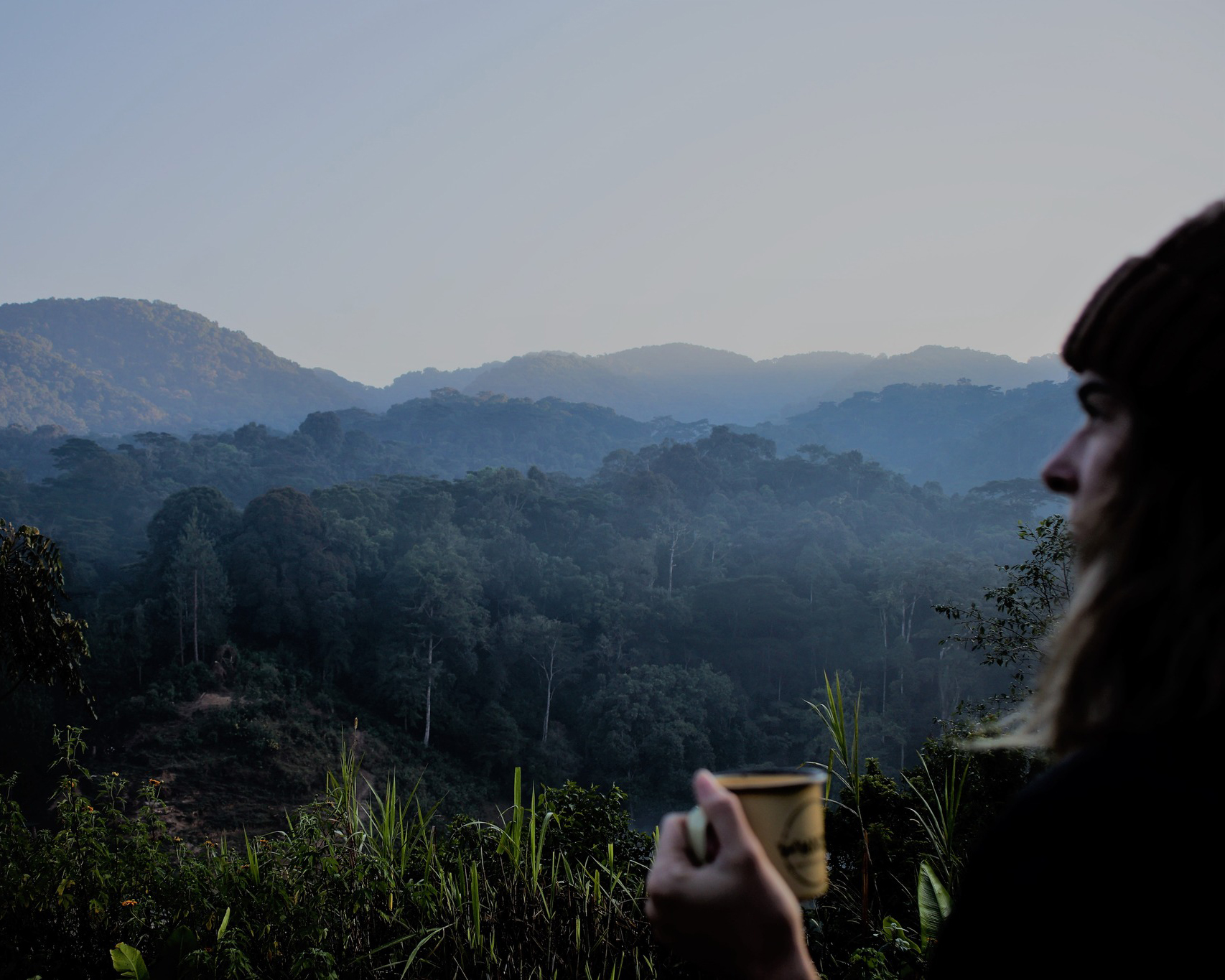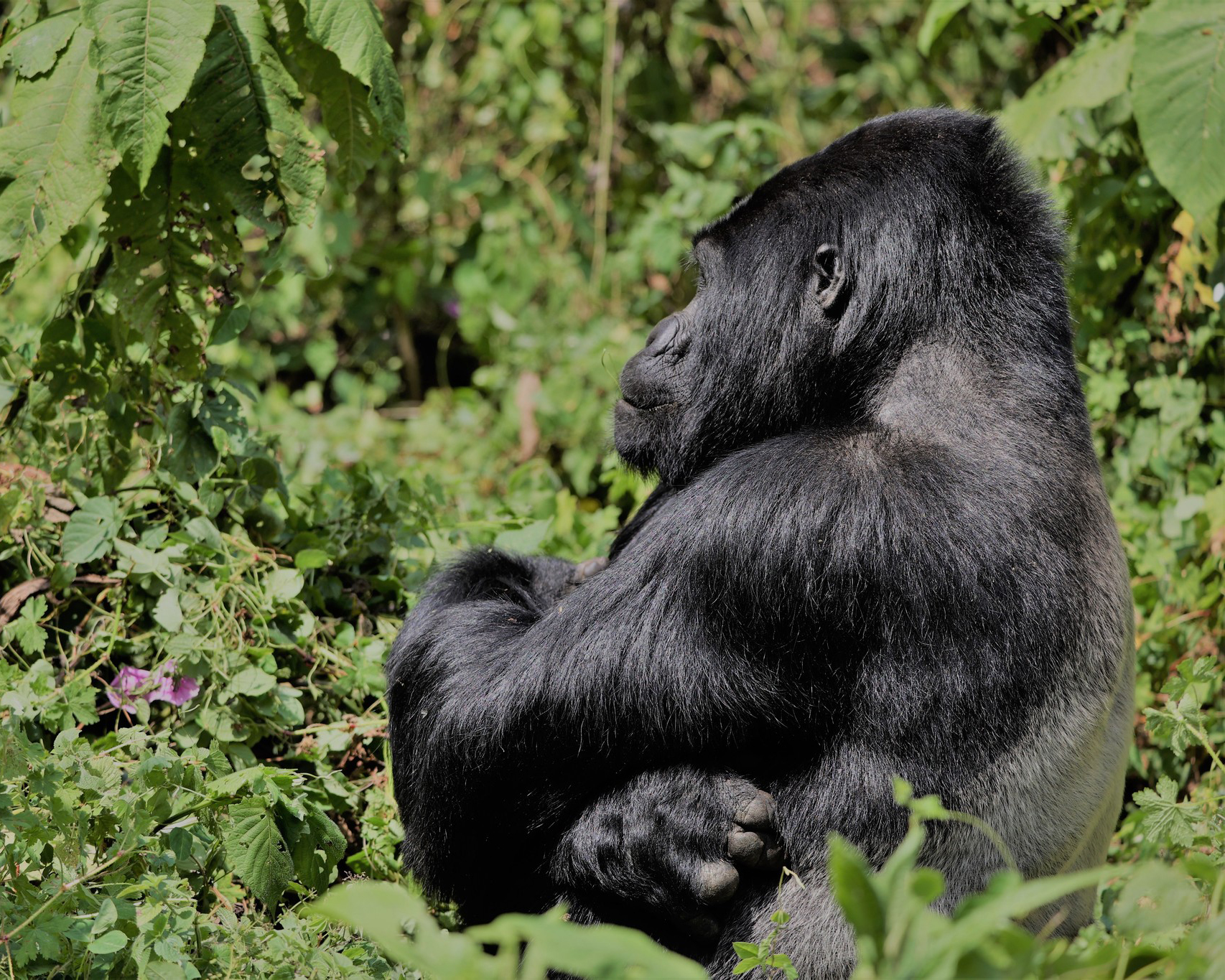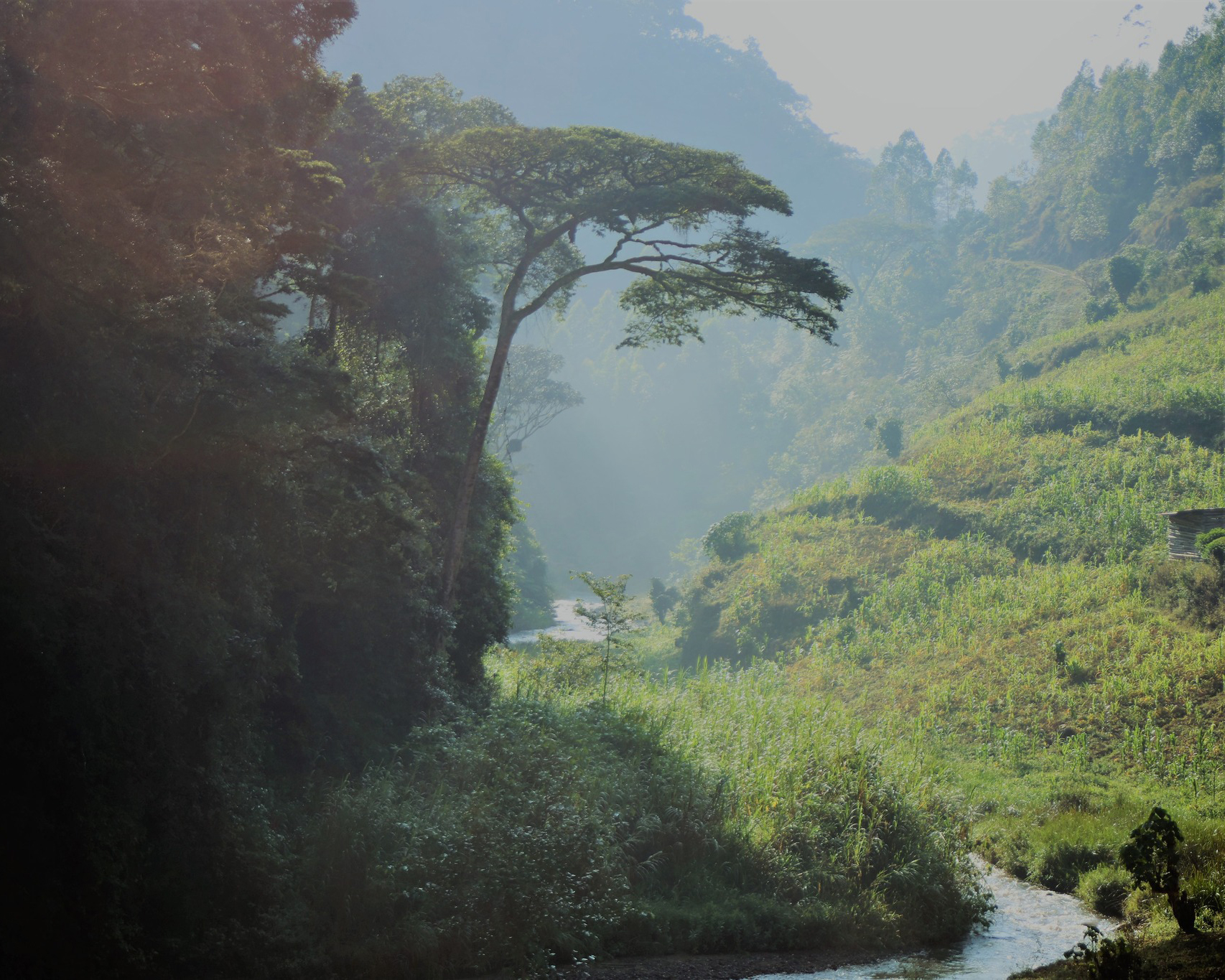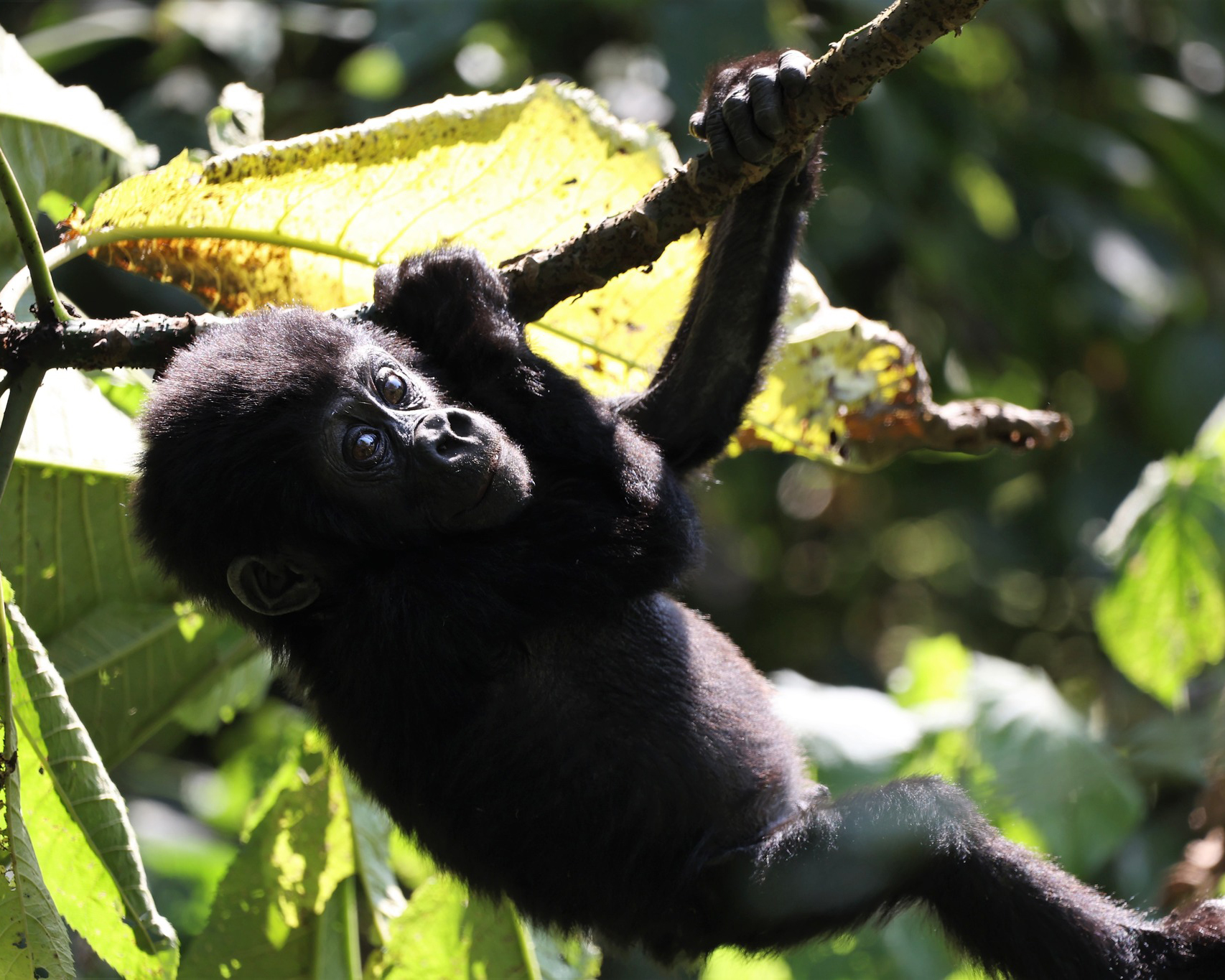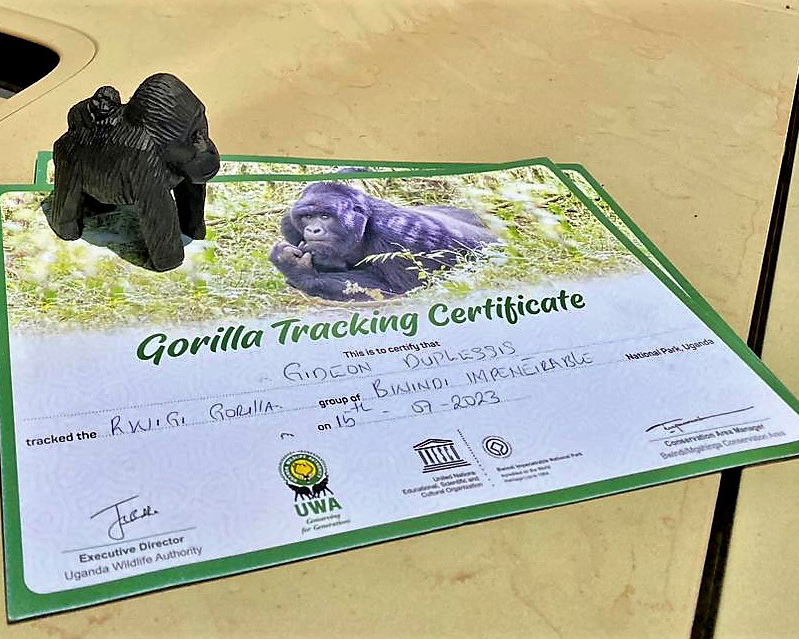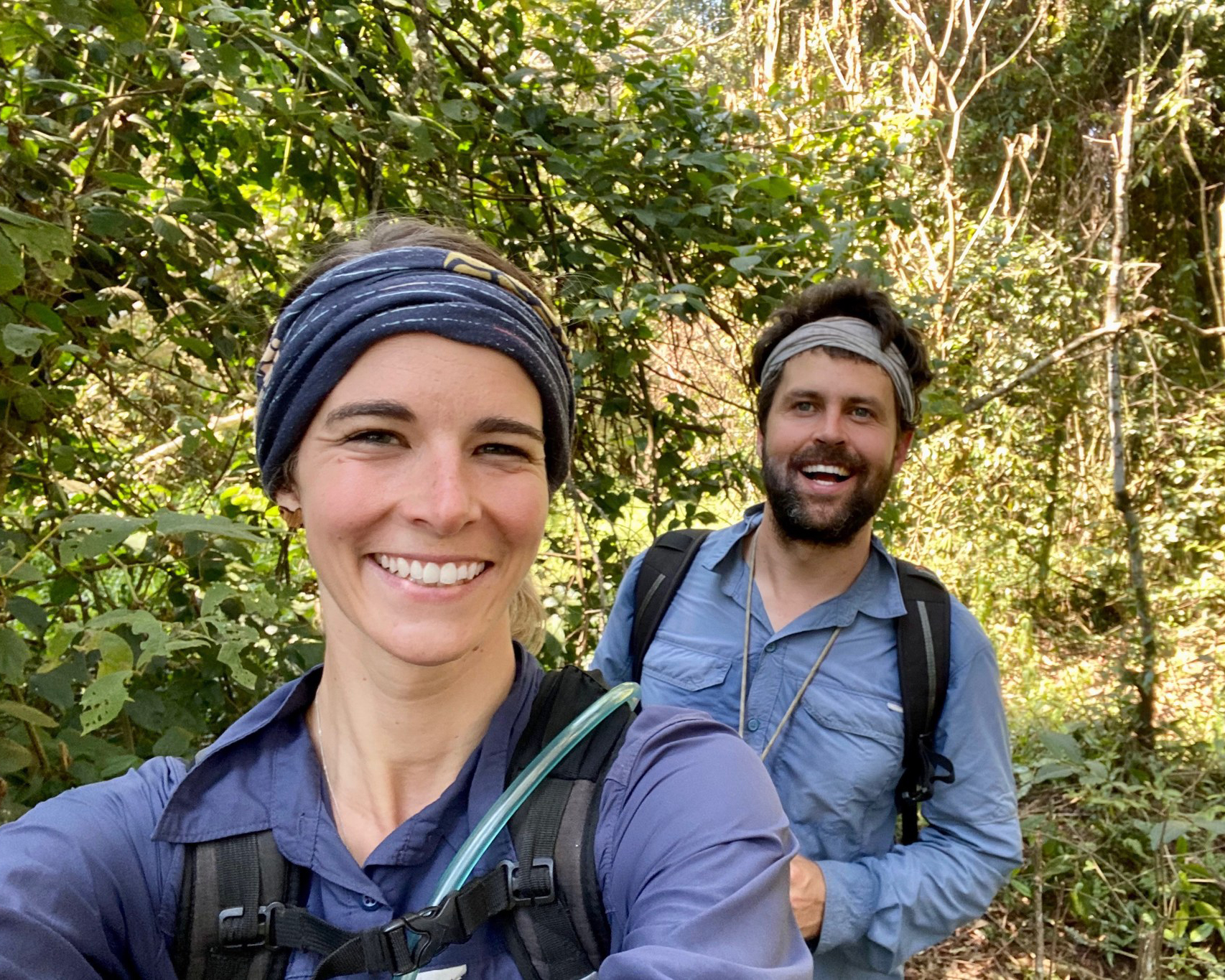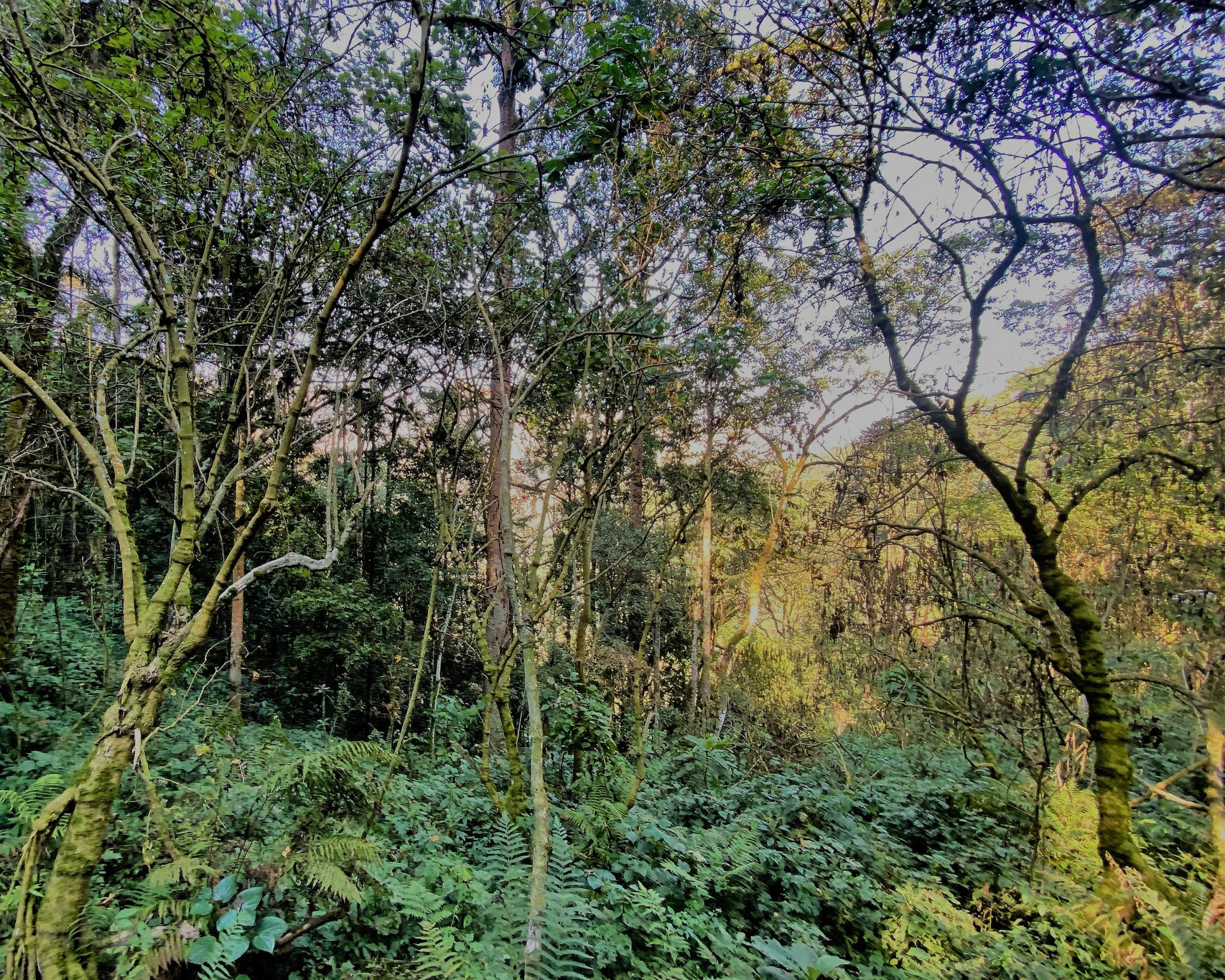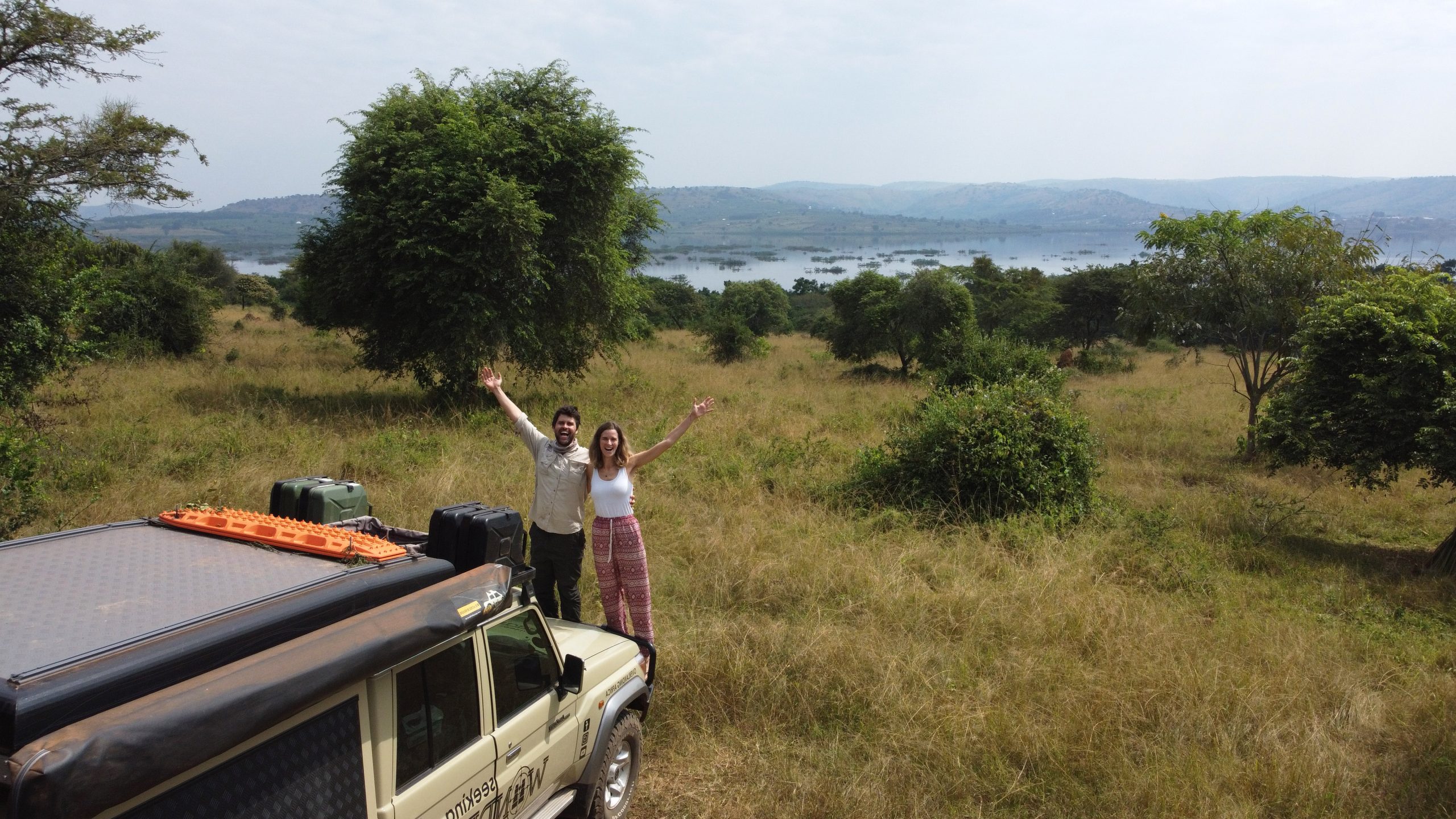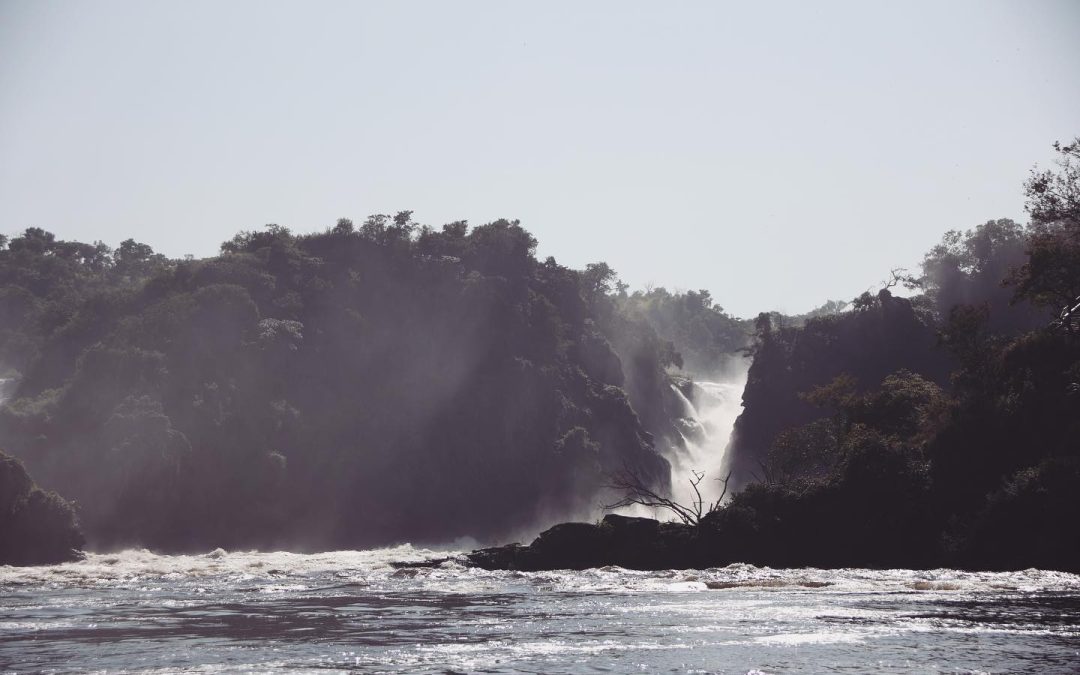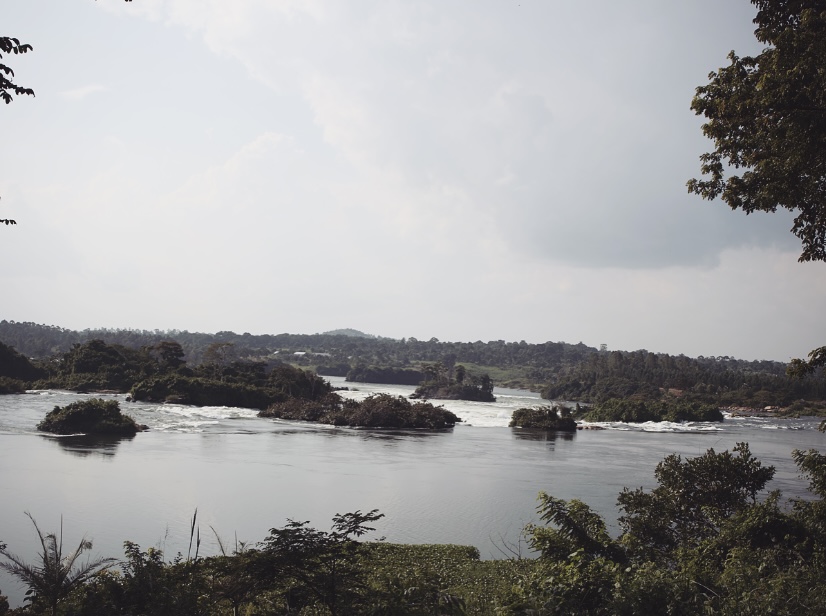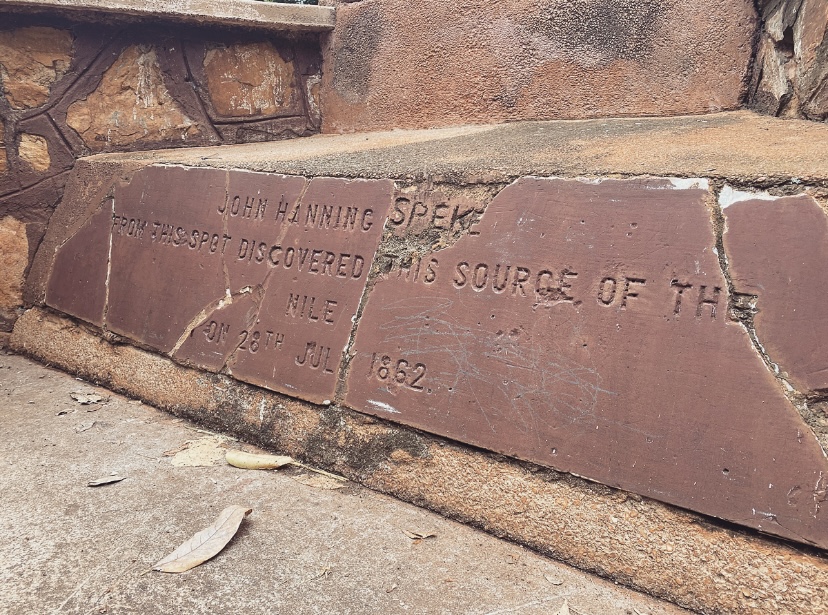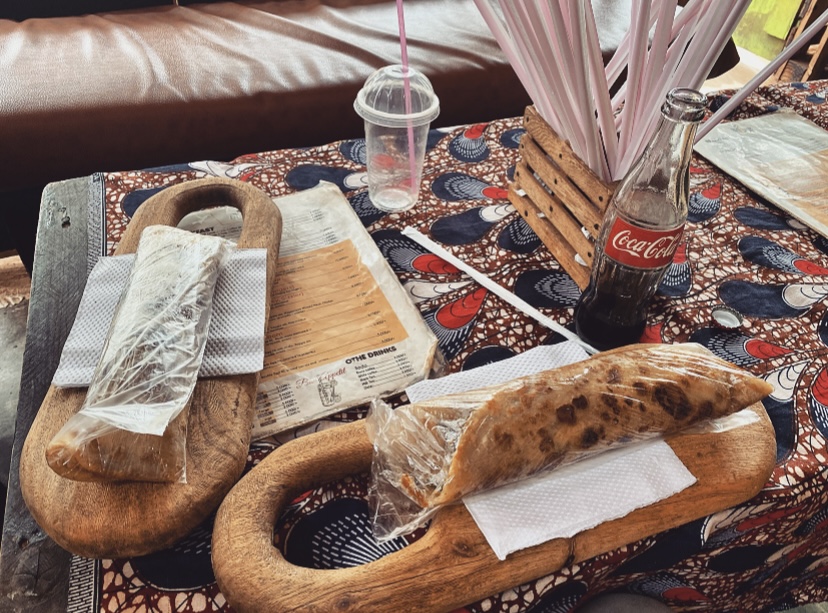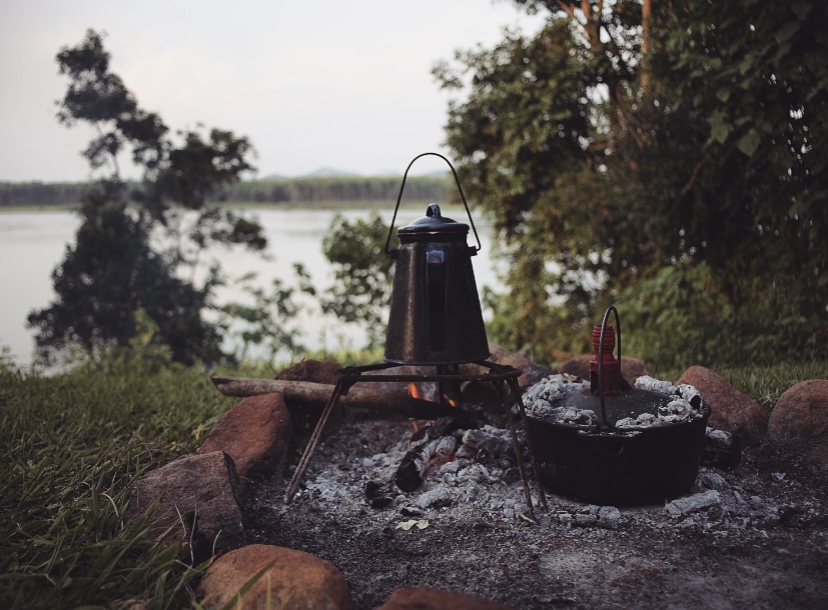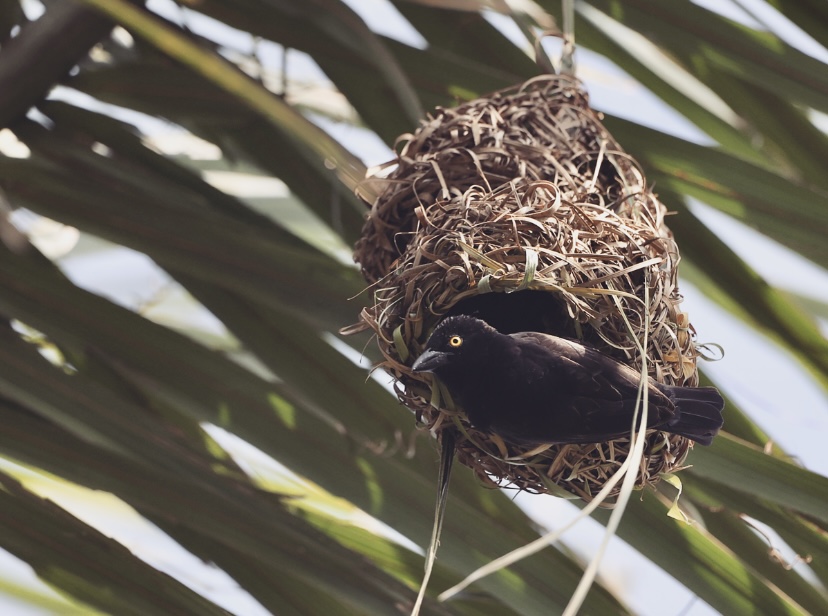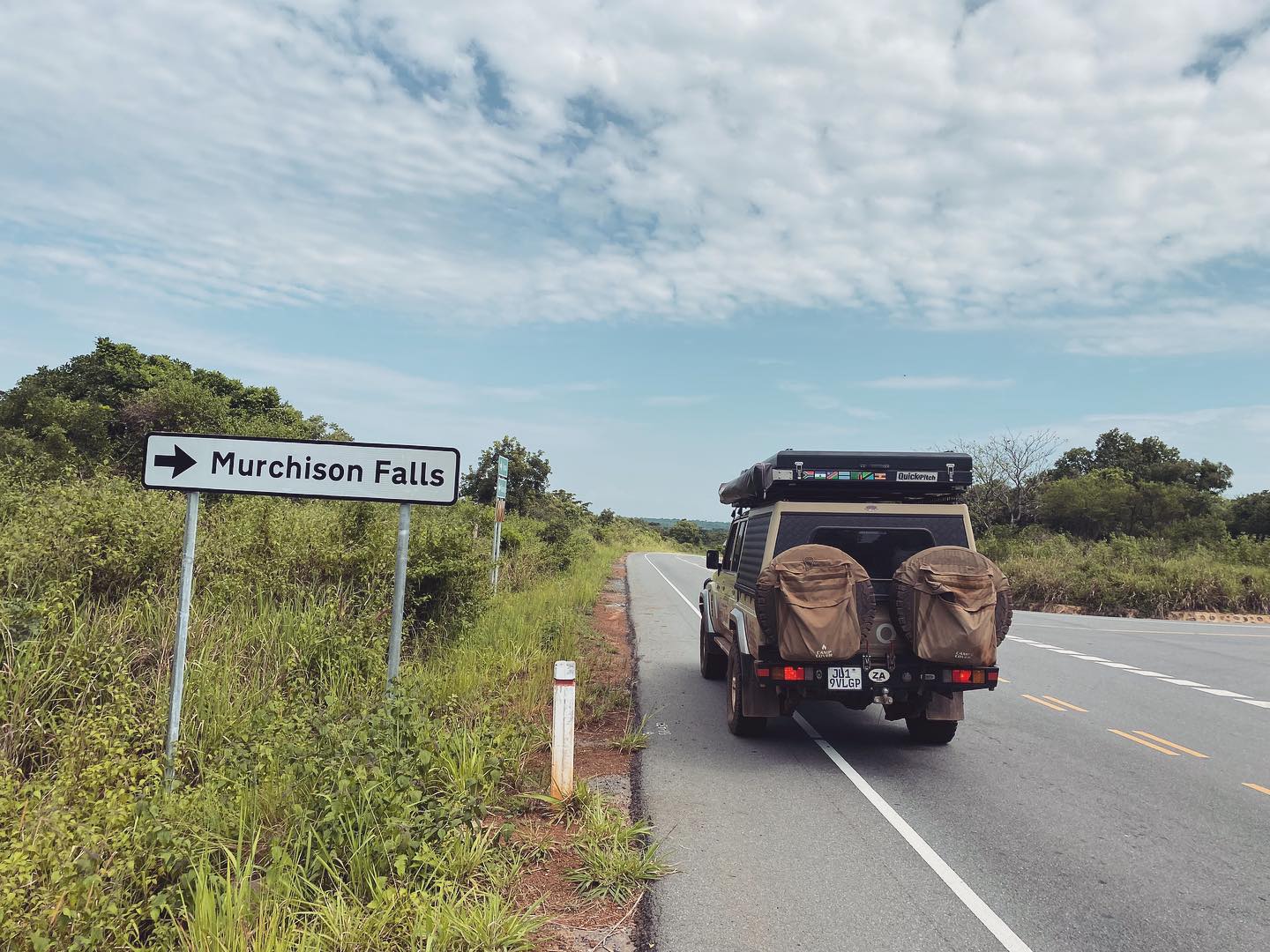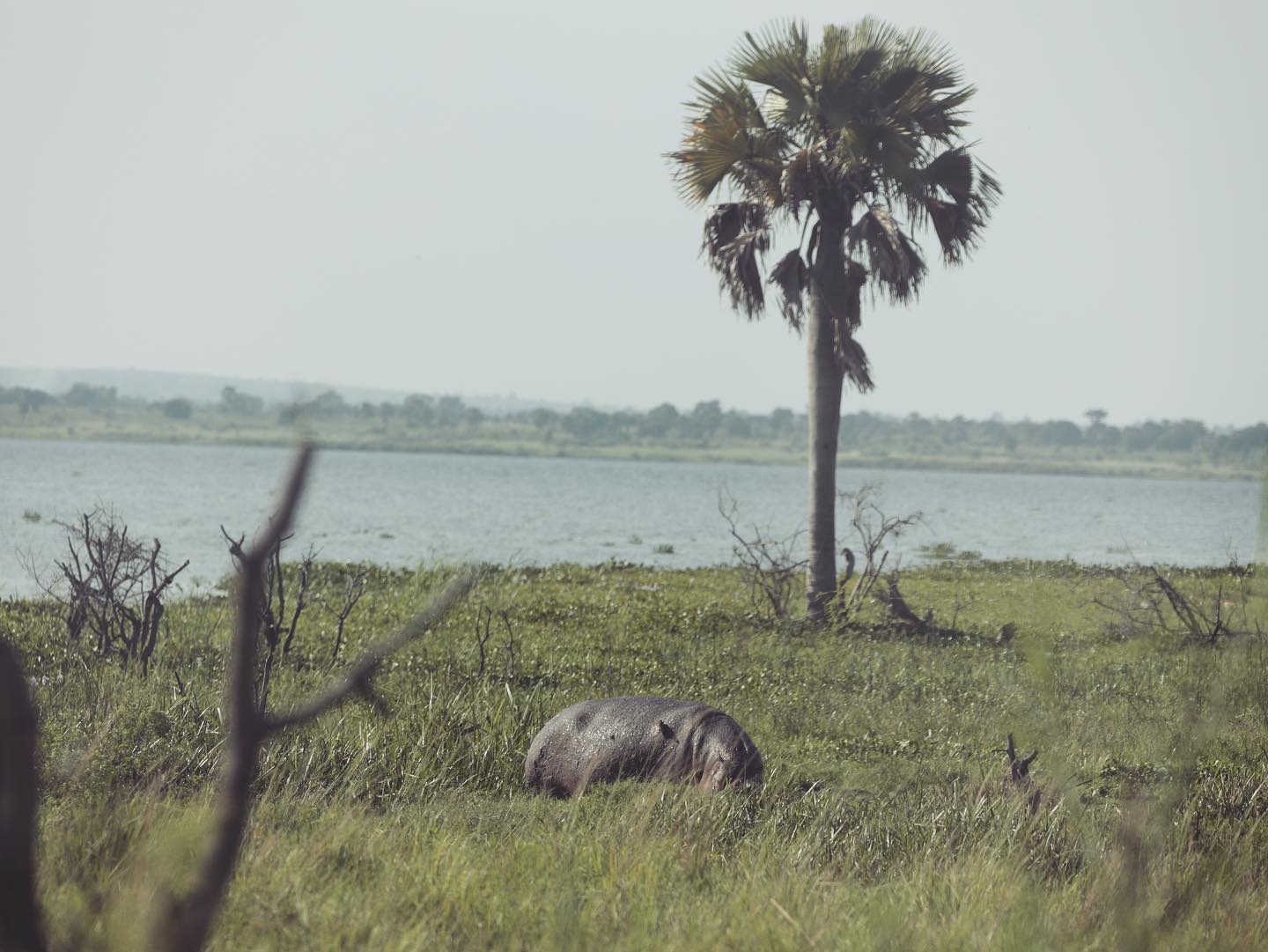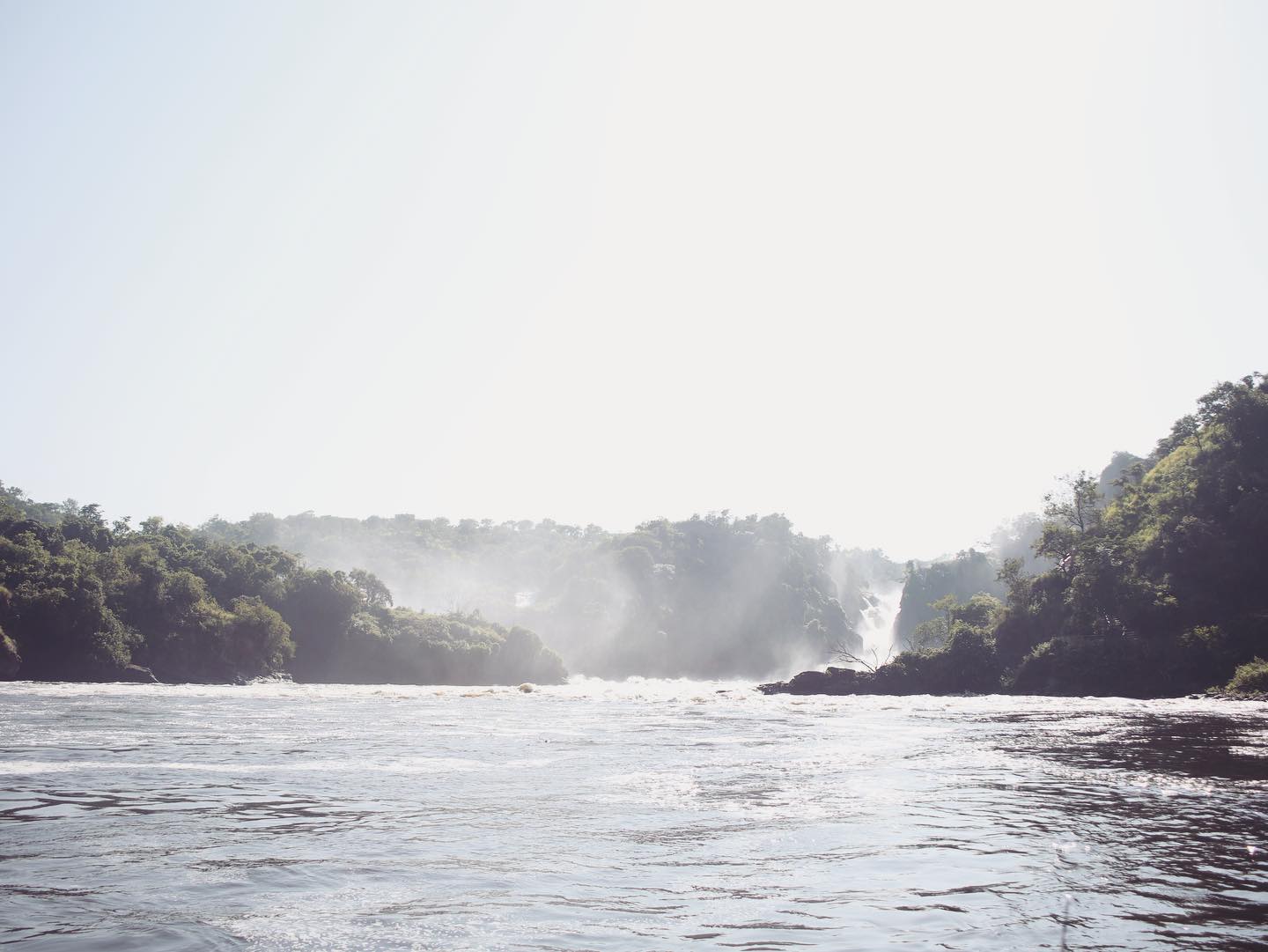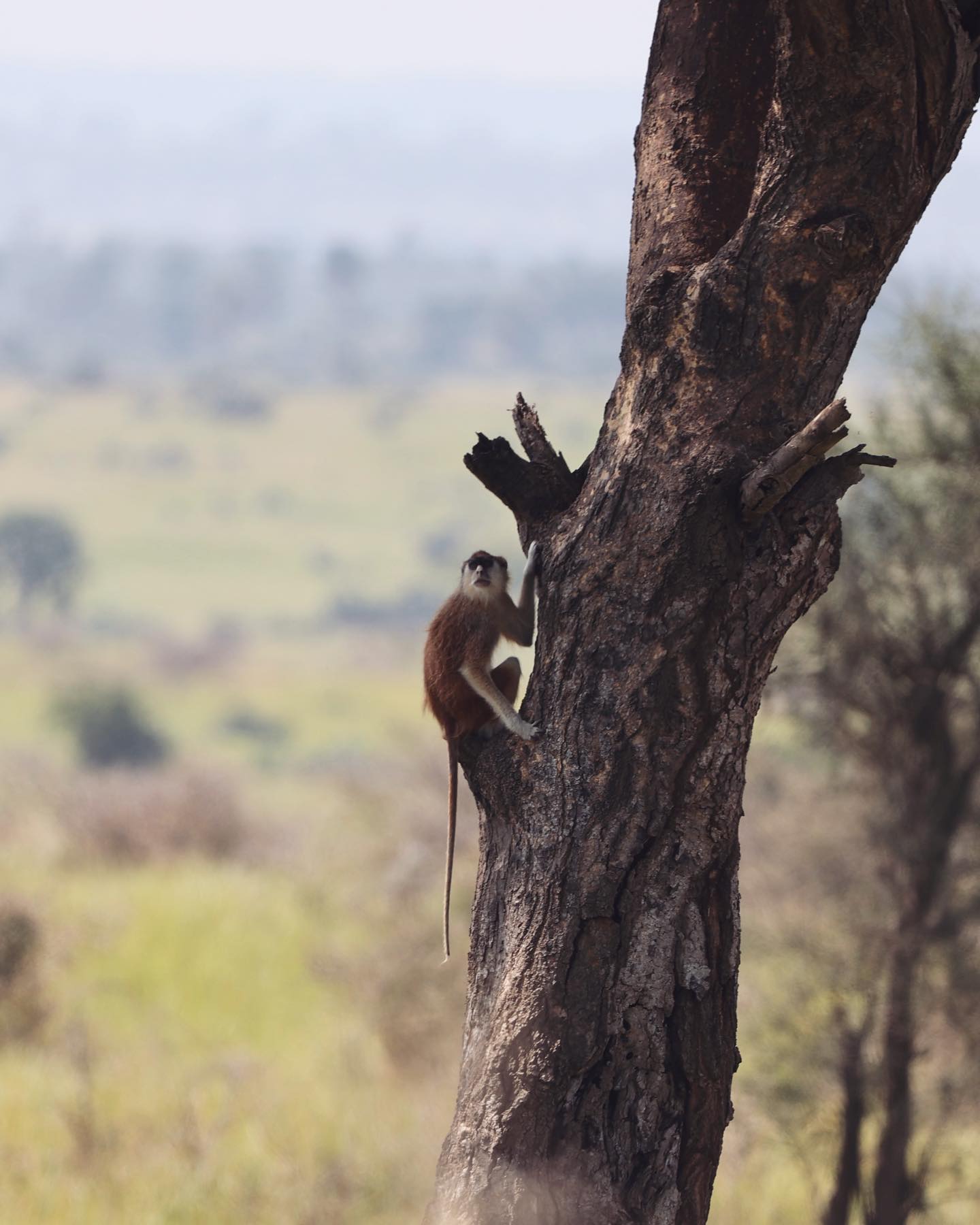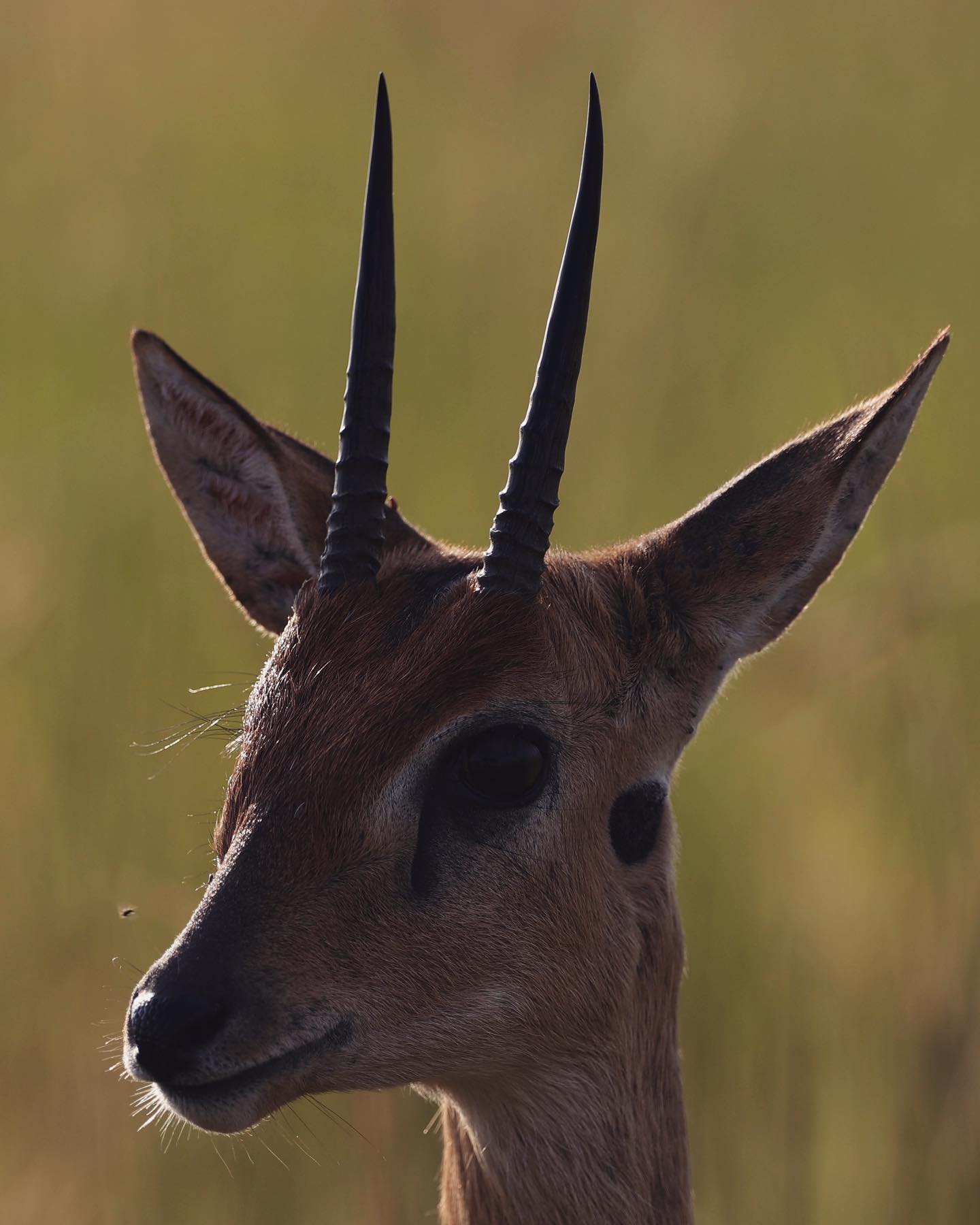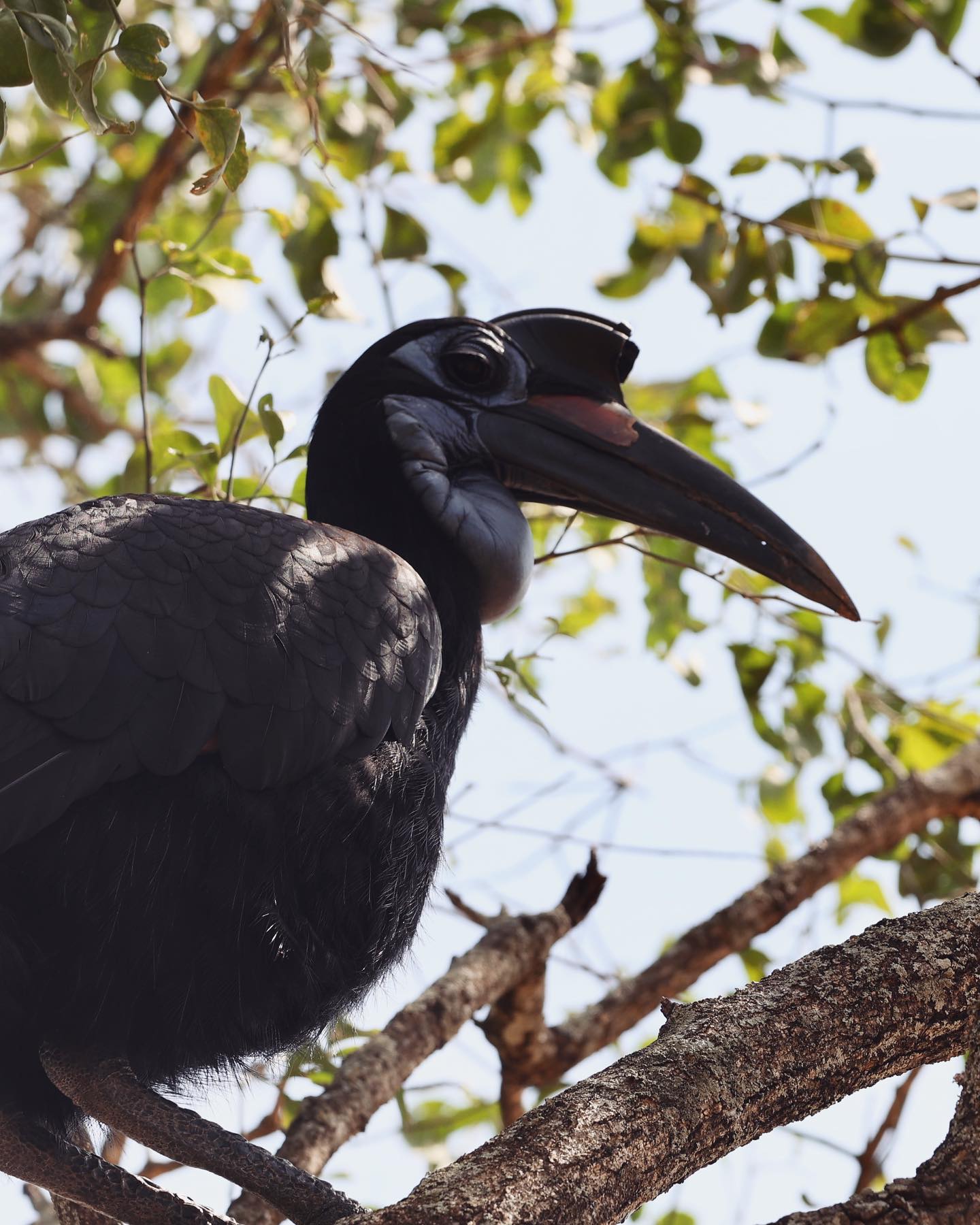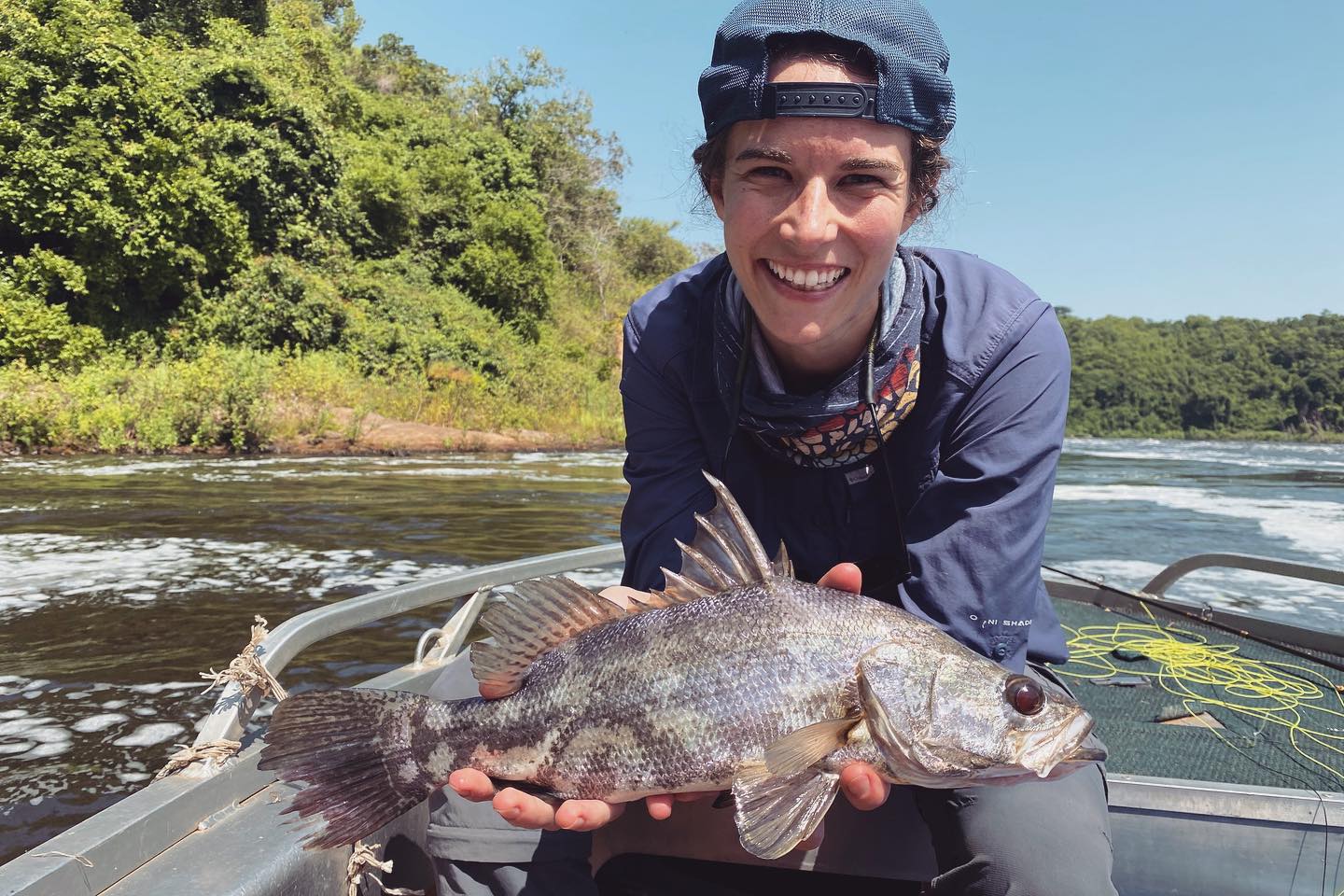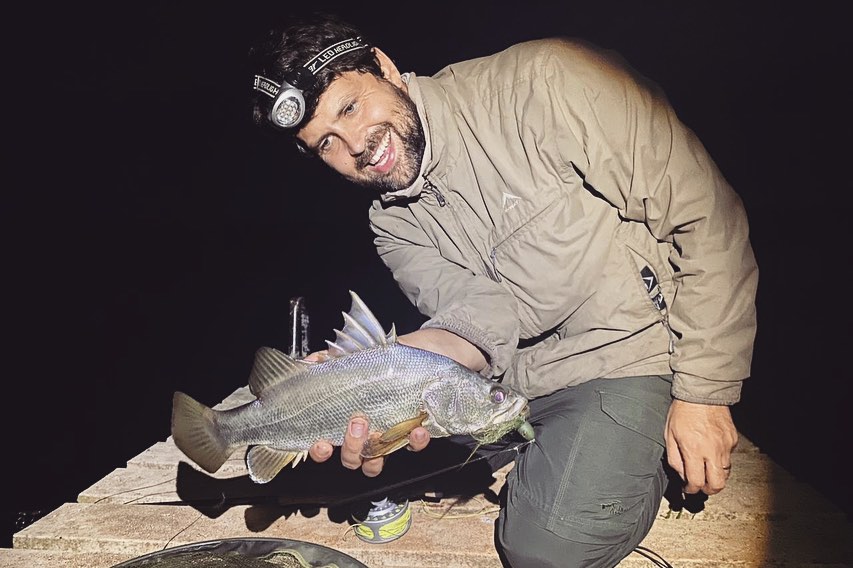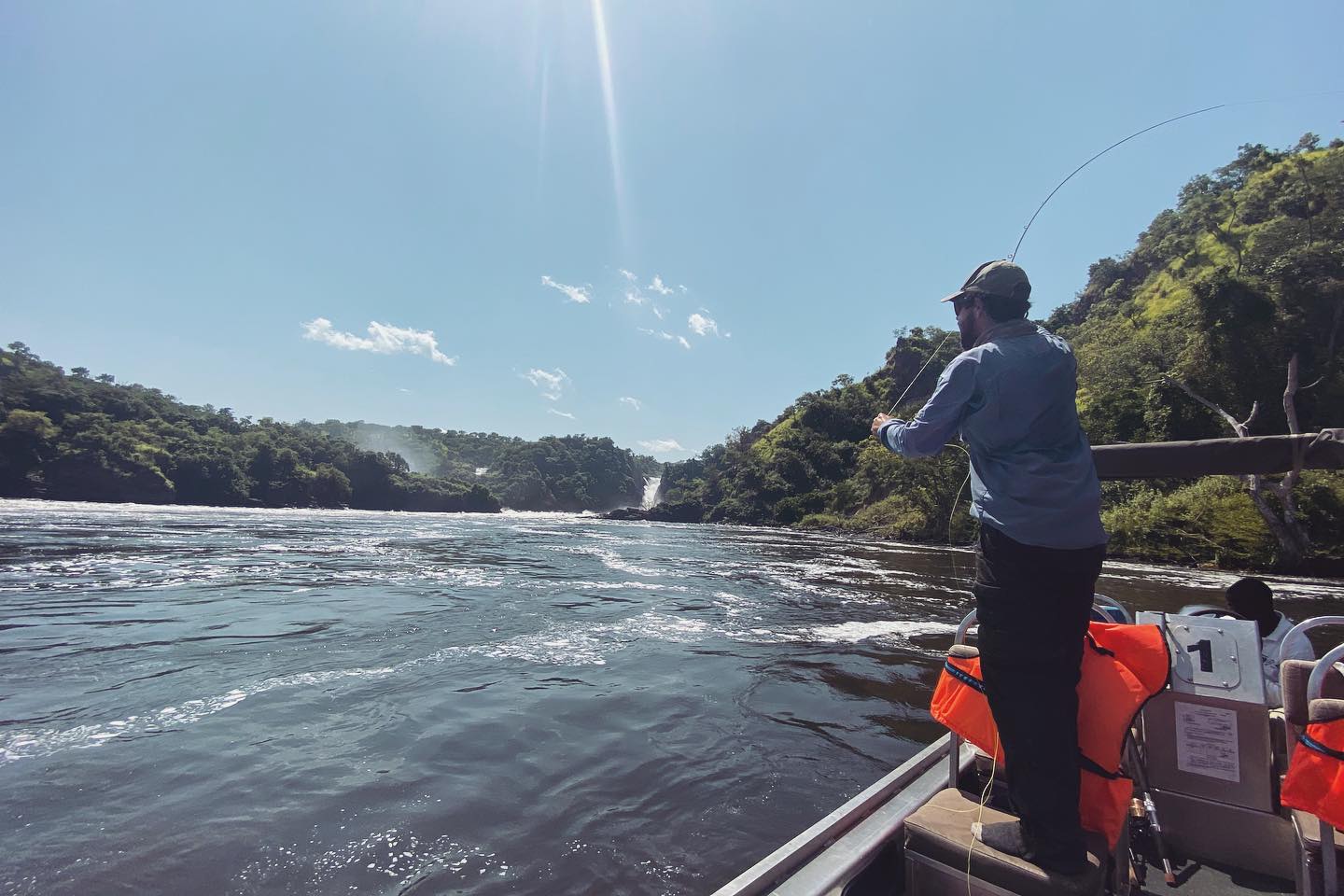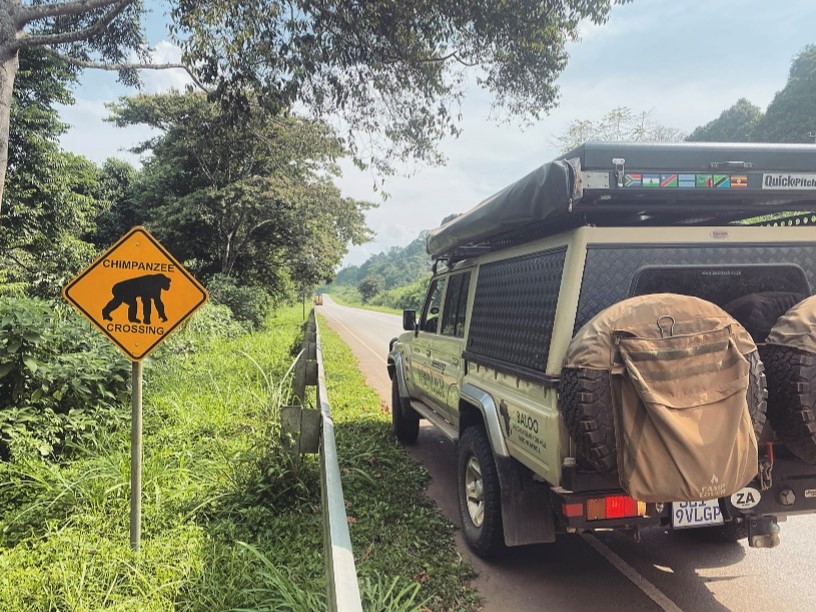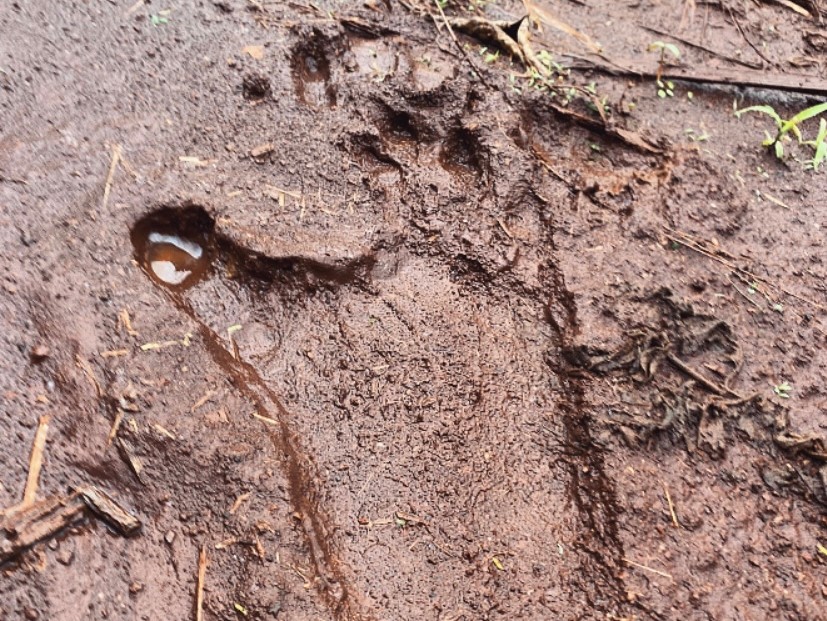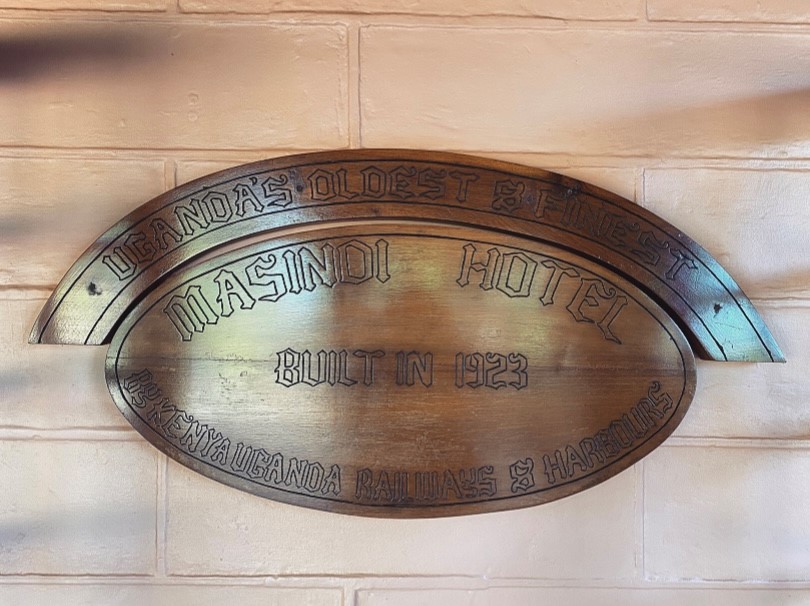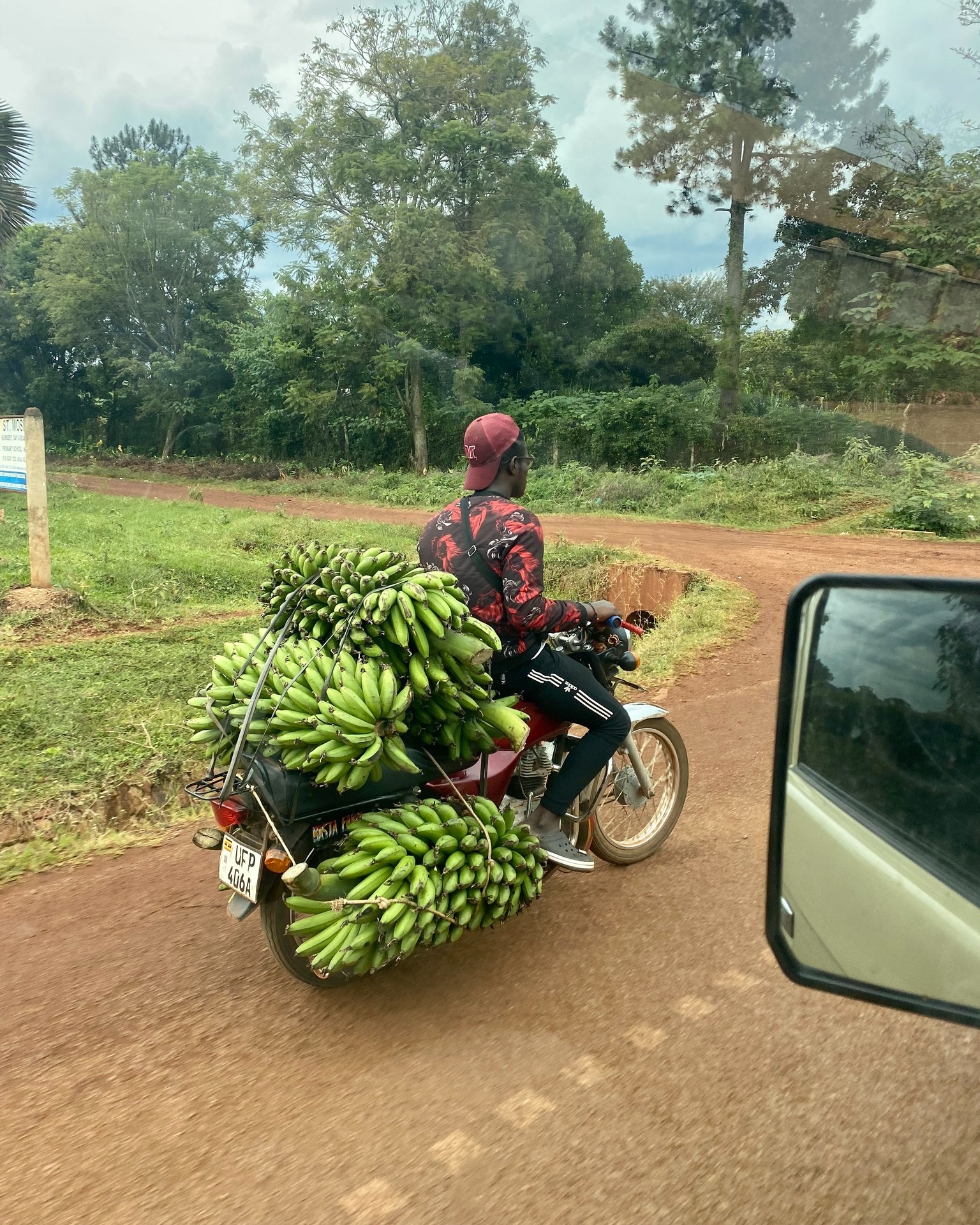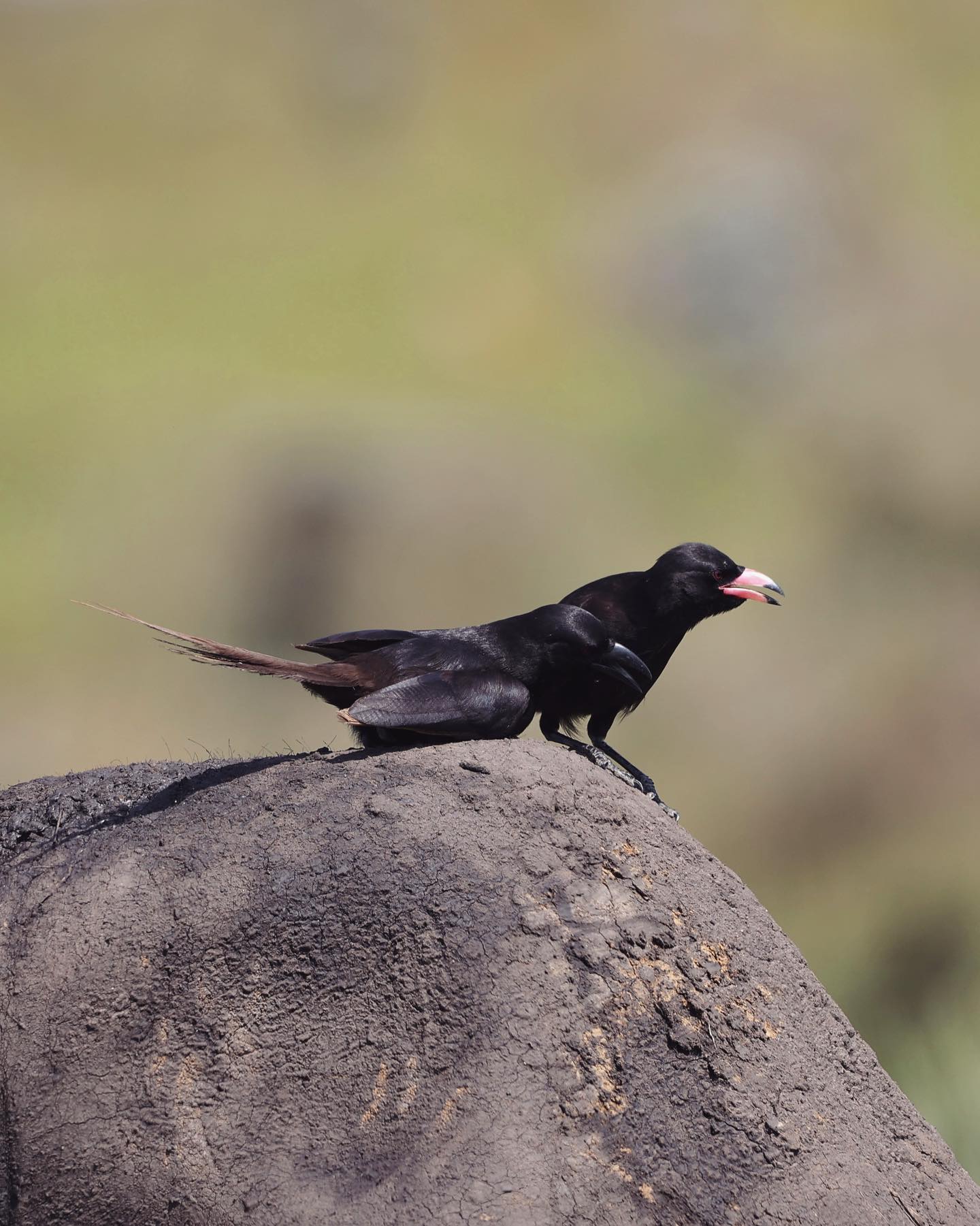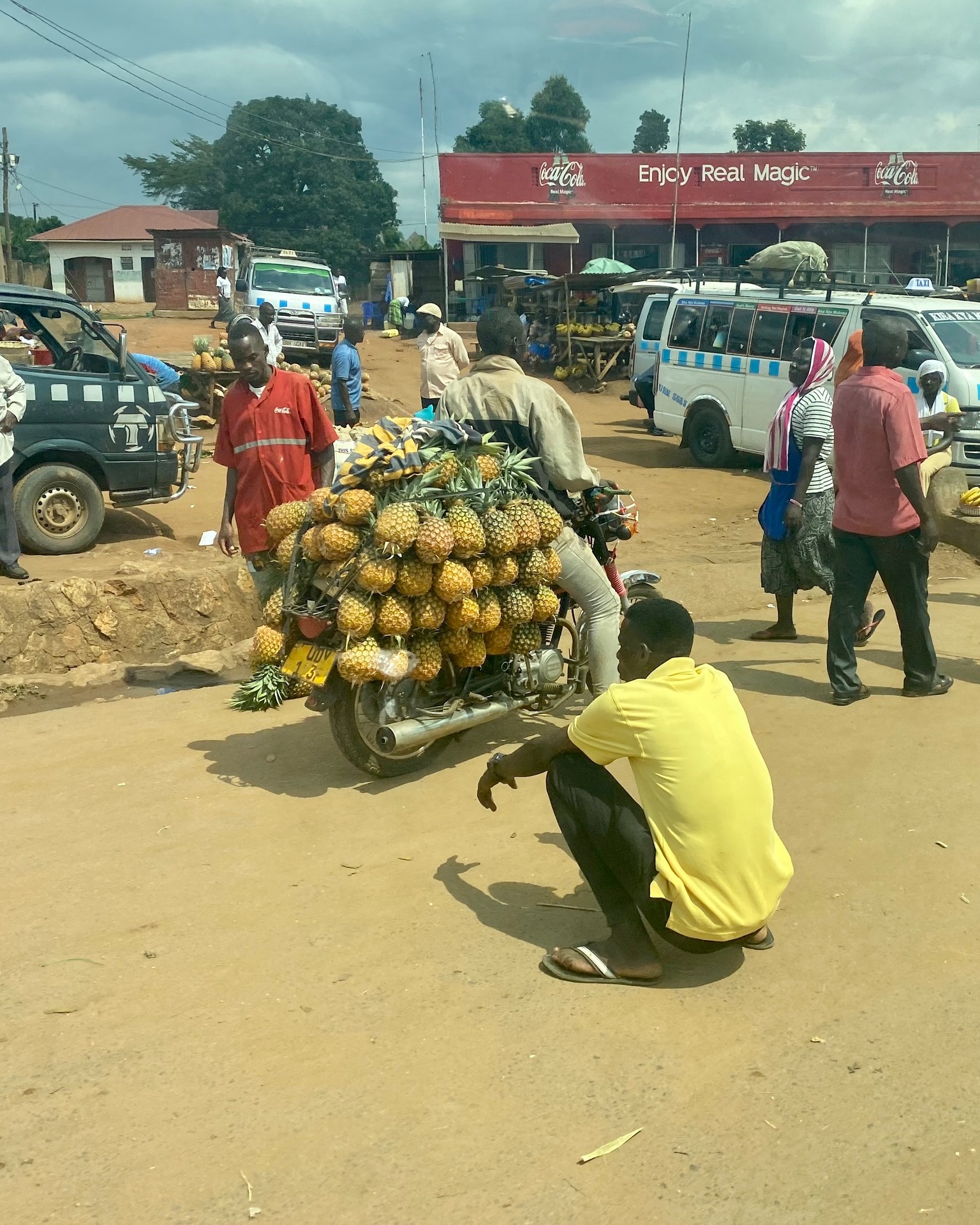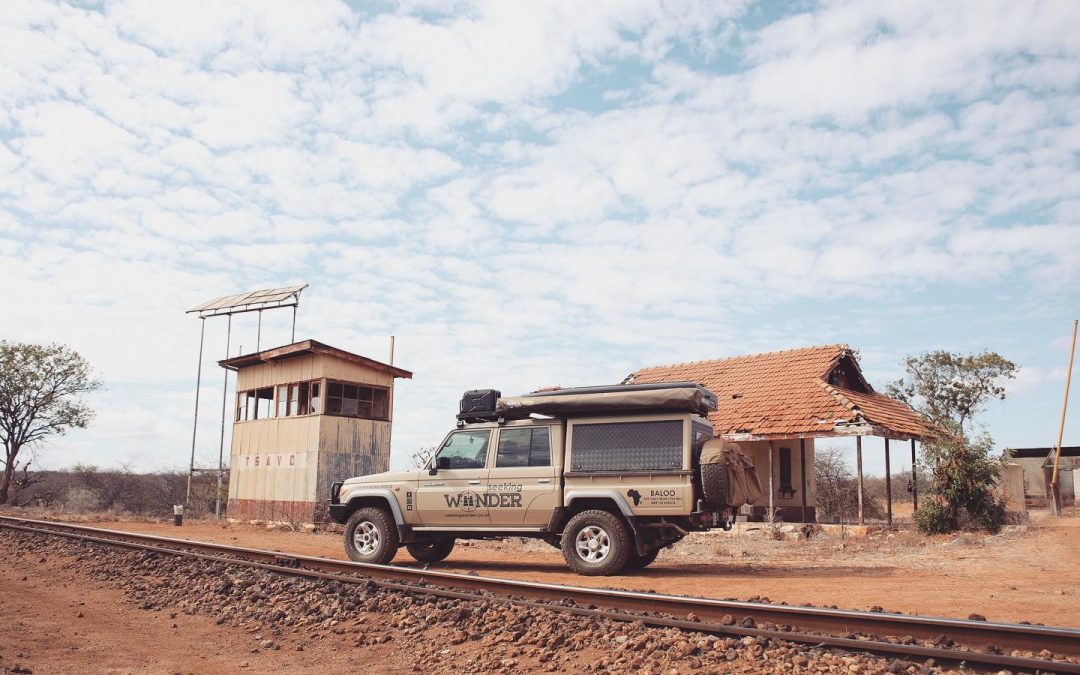
Fantastic Beasts (and where to find them)
Guineafowls with vulture-like heads. Gazelles with 4-foot-long necks. Ostriches with blue legs. You would be forgiven for assuming such creatures are taken from the pages of a Dr. Seuss book. But in the dry Kenyan bush, fact is indeed sometimes stranger than fiction. Ever since reading about the existence of the otherworldly animals that call these parts home, we simply had to journey to Kenya to see them for ourselves.
Despite all the naysayers predicting otherwise, we finally made it through the border post without a vehicle Carnet. It seems fortune does favour the brave (or the ignorant). In fact, we were so surprised that the officials let us through that we didn’t know where to begin in this beautifully diverse country. So, we did what came naturally and crammed in as many national parks as our allotted time (and limping credit card) would allow. First on our hit list to explore were the Tsavo area and Samburu reserve, known for their interesting African creatures and so much more. Here is what we found.
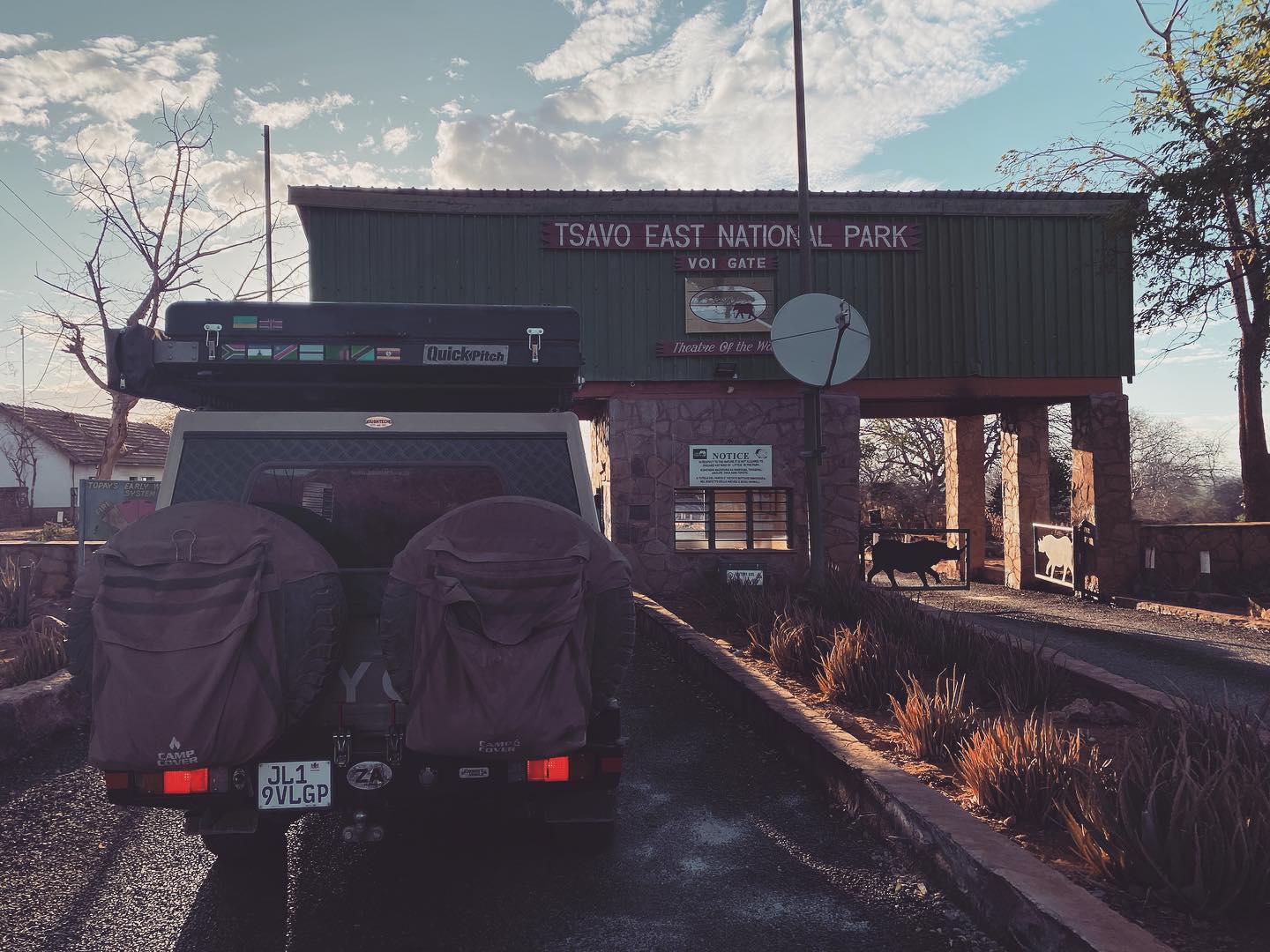
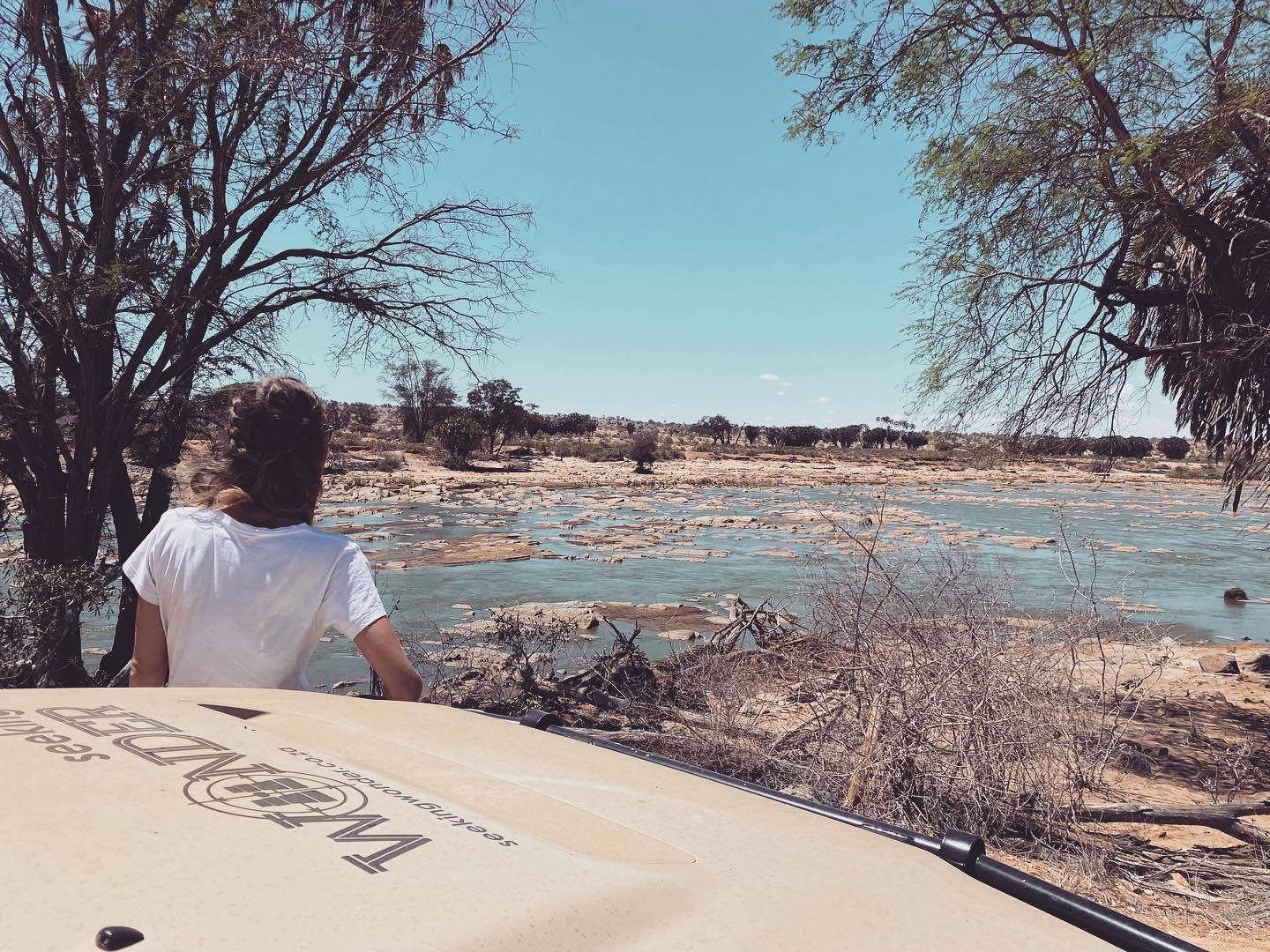
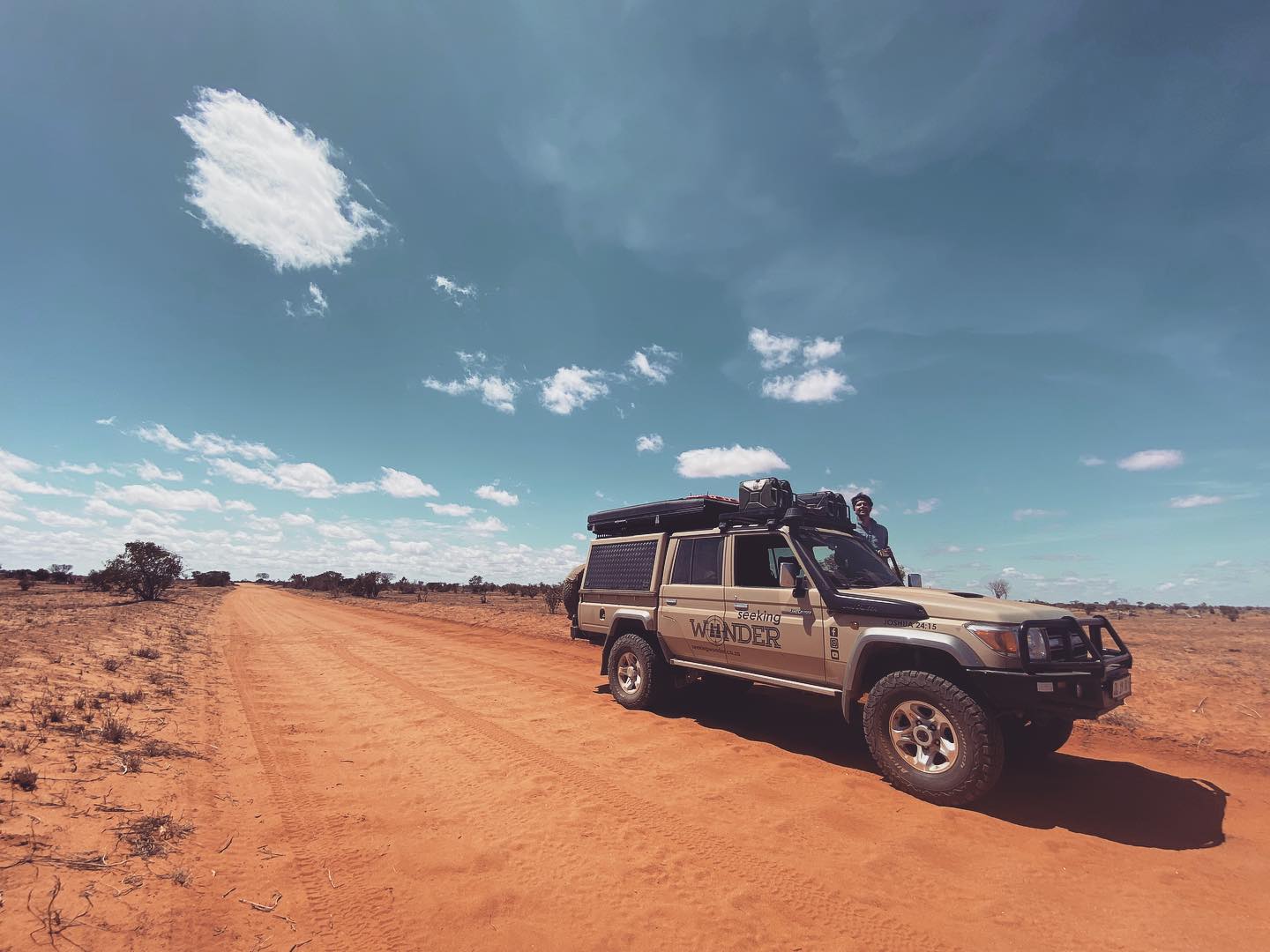
Tsavo East National Park
To avoid the death-defying cement trucks of the Mombasa highway, we drove along interesting back-roads via the Taita hills. Some quintessential scenes painted the roadside picture, including local villagers with teeth filed to points waving at us and Kilimanjaro peeking shyly through her cloudy scarf. We set up camp close to Voi, just outside the Tsavo East National Park, and cracked open our first dew-cold Tusker beers. Exploring the park exceeded our expectations of a dry and dusty wilderness sparsely populated with game. Dry it surely was, but life abounded, including creatures we did not expect.
Not long after entering, we were treated to a pride of twelve lions along a dry tributary. The red elephants of the area also put in plenty of appearances – beautiful tuskers dusted in the brown-red earth commonly found around the Tsavo plains. Lesser kudu browsed the fringes of waterholes – smaller than their more common cousins and with almost hairless necks. Golden-breasted Starlings and Rosy-patched Bush-shrikes showed off their fantastic colours. On the dusty plains we found the endangered fringe-eared oryx, an almost comical version of the gemsbok with their large flappy ears. Speaking of comedy, nothing quite prepares you for your first real-life sighting of a gerenuk. These rare gazelles with their seemingly-photoshopped long necks and habit of standing on their hind legs to browse had us chuckling every time we were lucky enough to see them.
The park combines with the Tsavo West National Park to form the largest protected reserve in Kenya and it is a gem for lovers of wild places. The dry and windswept landscape is vast and covered with thorny shrubs. Although seasonal river courses and waterholes provide some respite and greenery in some areas, the lushness of the perennial Galana River seems almost out of place. Lined with palm trees, filled with hippos and banked by red hot rocky surrounds, it is reminiscent of the Kunene landscape in Namibia. You will not find the tourist hordes that frequent the more famous East African parks here. Instead, you will find a wilderness that is as unique as the creatures that frequent it.
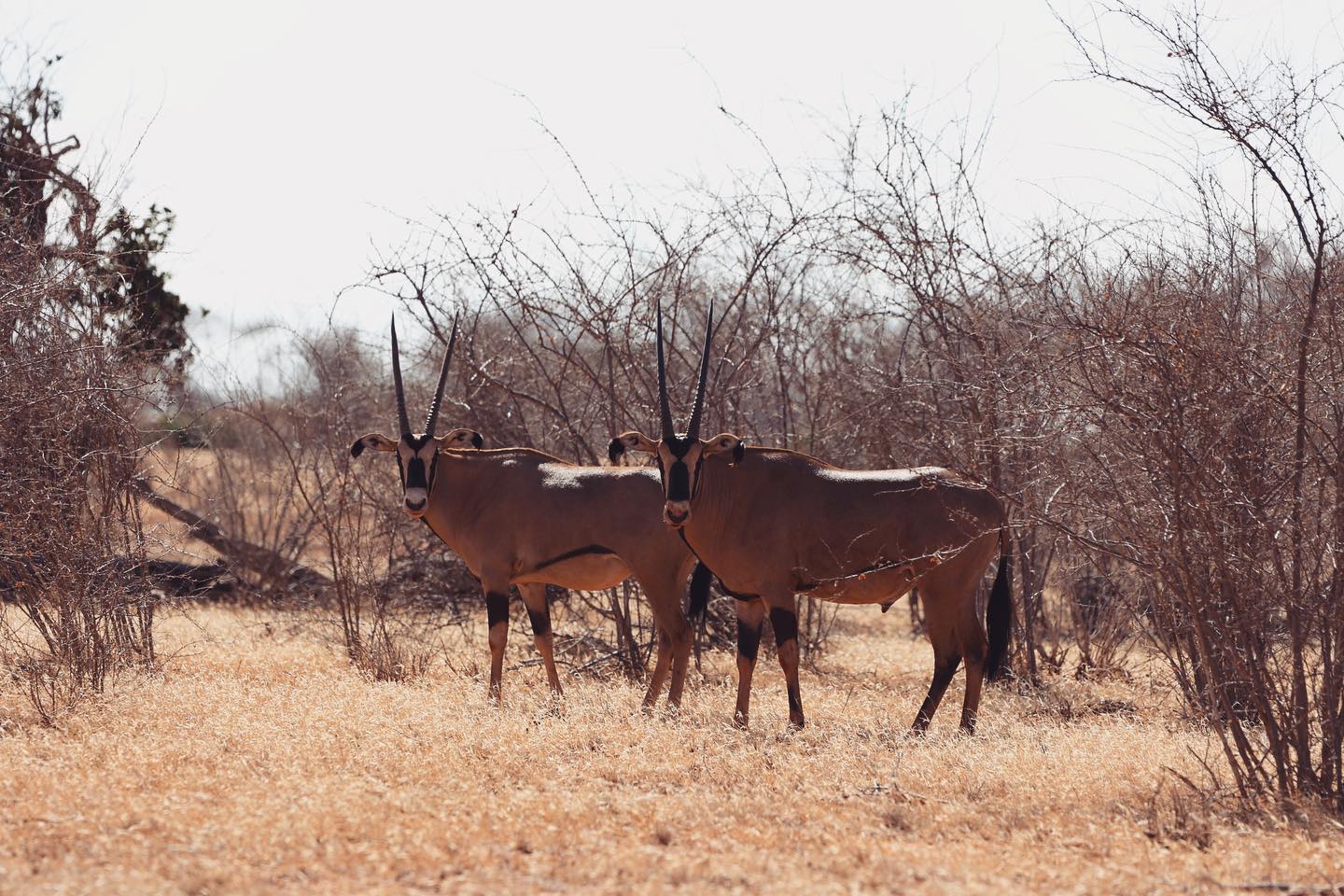
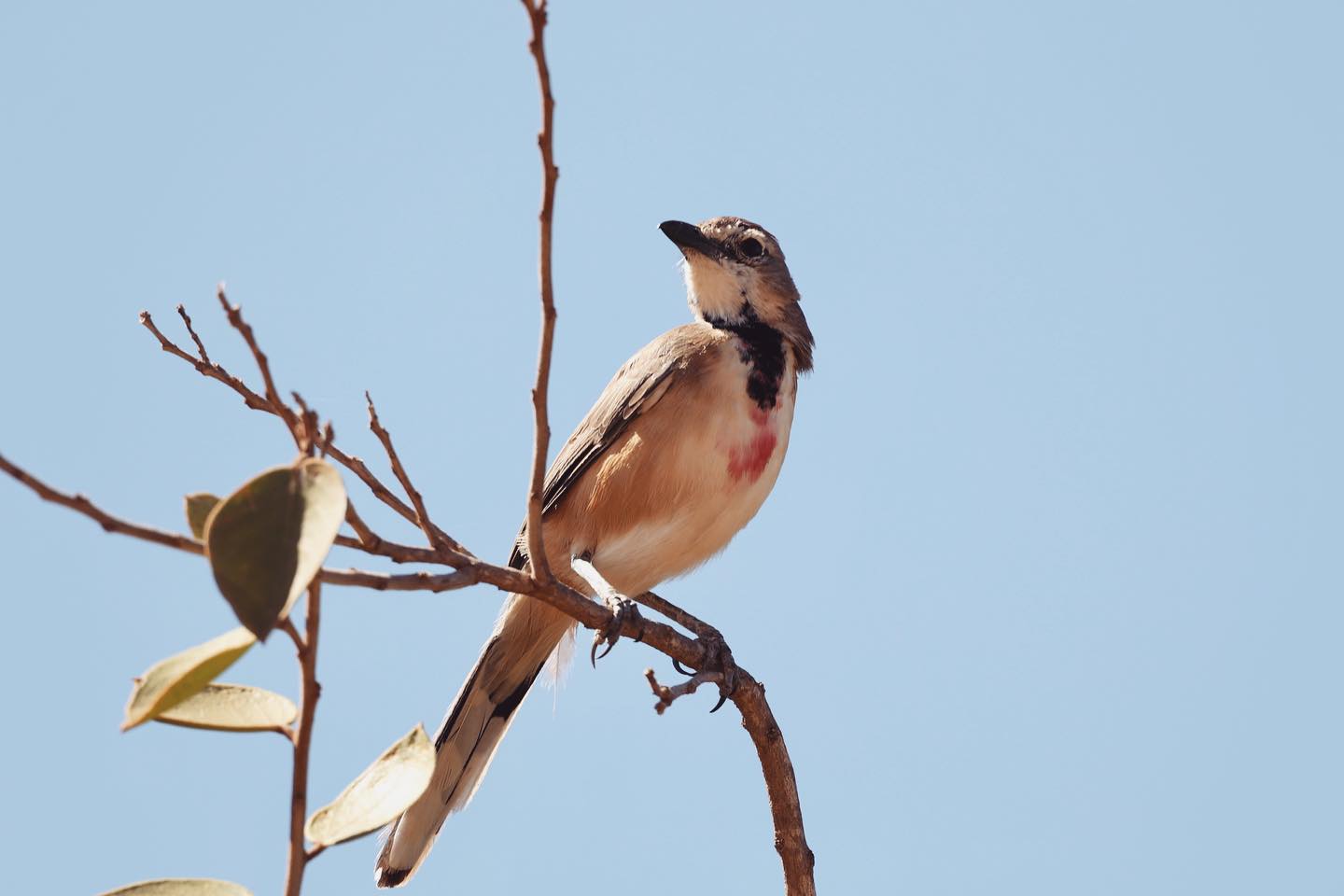
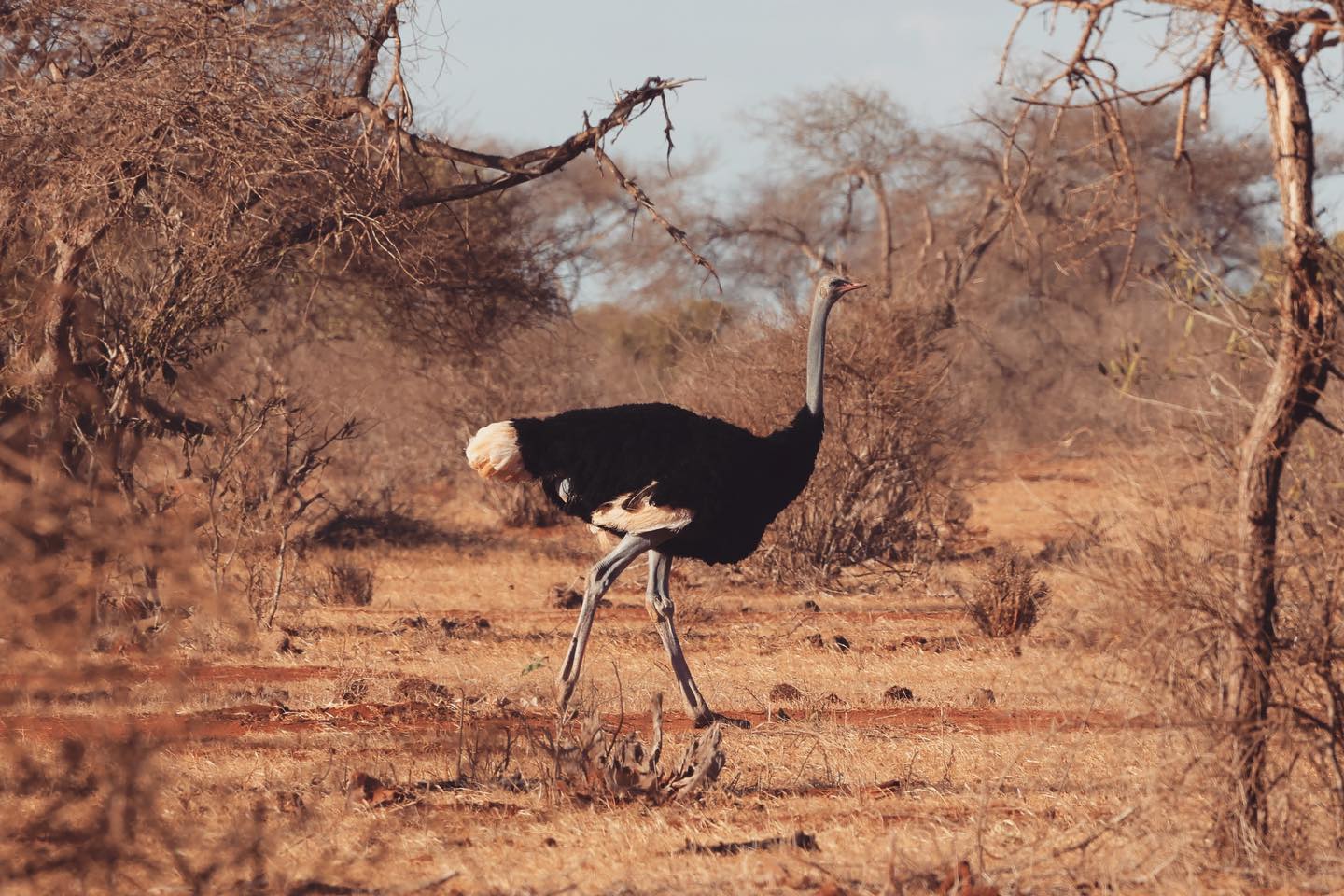
Phantoms of the station
Most folks with a keen interest in East Africa would have read The man-eaters of Tsavo, or at least seen the film based on it. In 1898 two male lions developed both a taste for human flesh and a few bold tactics to source it, and subsequently terrorised the Indian labour force building the railway to Uganda. For some, this true story inspired a lifelong fear of big cats (because all lions will claw through a roof to get at you, right?). For others, it gave a glimpse into a very different time to have been in wild, untamed Africa. The old Tsavo railway station area is where most of the action went down, and it still exists.
We found the old station and railway in the bush among the thorny shrubs not far from the modern equivalent. Abandoned and derelict, the station has seen better days. But if you know the story, you will appreciate that it has also had its share of wild adventure in days gone by. When Col. J.H. Patterson waited up for the man-eaters here using himself as bait he almost became part of the ghastly statistics: “The deadly silence became very monotonous, when suddenly, to our right, a dry twig snapped. My eyes were strained by prolonged staring through the darkness. It was quiet again when, with a sudden bound, a huge body sprang at us. ‘The lion!’ I shouted, and we both fired.”
Walking along the same platform and through the dilapidated ticket office, we invariably felt a cold shiver or two pass down our spines. Perhaps this is not a place to visit at night. At least not if you are afraid of ghosts, or of darkness.
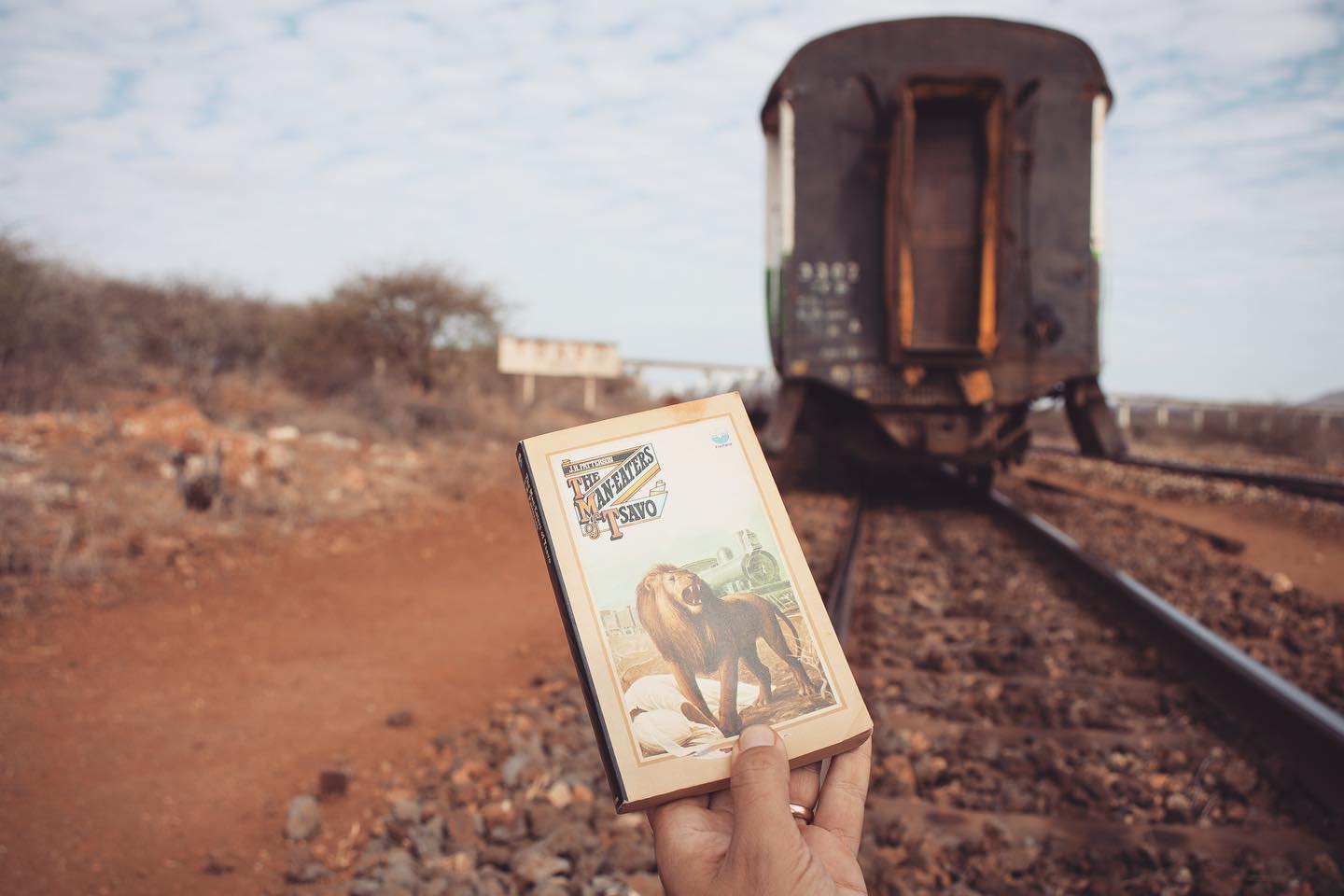

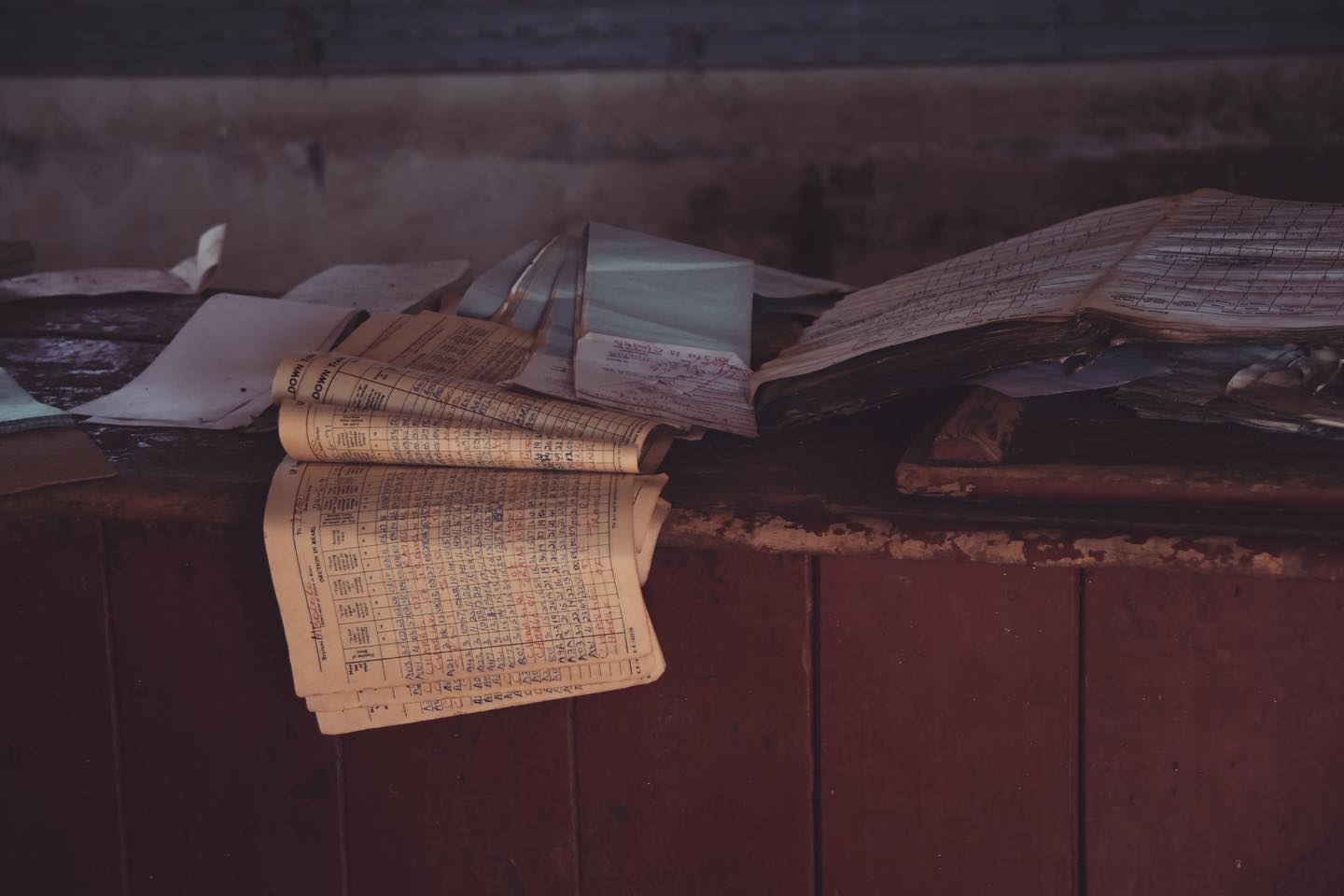
Samburu National Reserve
After navigating the crazy Nairobi traffic, catching up on chores and stocking up in the upmarket (and expensive) shops of the appropriately-named Karen suburb, we headed further North to the Samburu National Reserve. This fascinating reserve is known for hosting the so-called strange five, some of which we also saw in Tsavo. A beautiful Grevy’s zebra welcomed us close to the gate with its fine barcode-like stripes and large ears. Here we also encountered the Somali Ostrich, with its light blue legs and white neck ring. Reticulated giraffes ambled toward the river. Synonymous with the reserve, they sport beautiful coats of near-square block patterns. A cheetah mother sat under a tree with her three cubs, as always on the look-out for potential lunch. A birding highlight of our journey was seeing flocks of Vulturine Guineafowl with their electric blue feathers.
Samburu is perhaps a little out of the way of the more popular Kenyan destinations, but we found the trek more than worthwhile. It is located in a semi-desert on the dry side of Mount Kenya and hence its landscapes are dominated by arid and dusty woodland. The Ewaso Ng’iro river flows through it, with the Buffalo Springs natural spring extending a year-round lifeline to its animals. The majority of roads follow the river course, providing great game viewing in this piece of paradise.

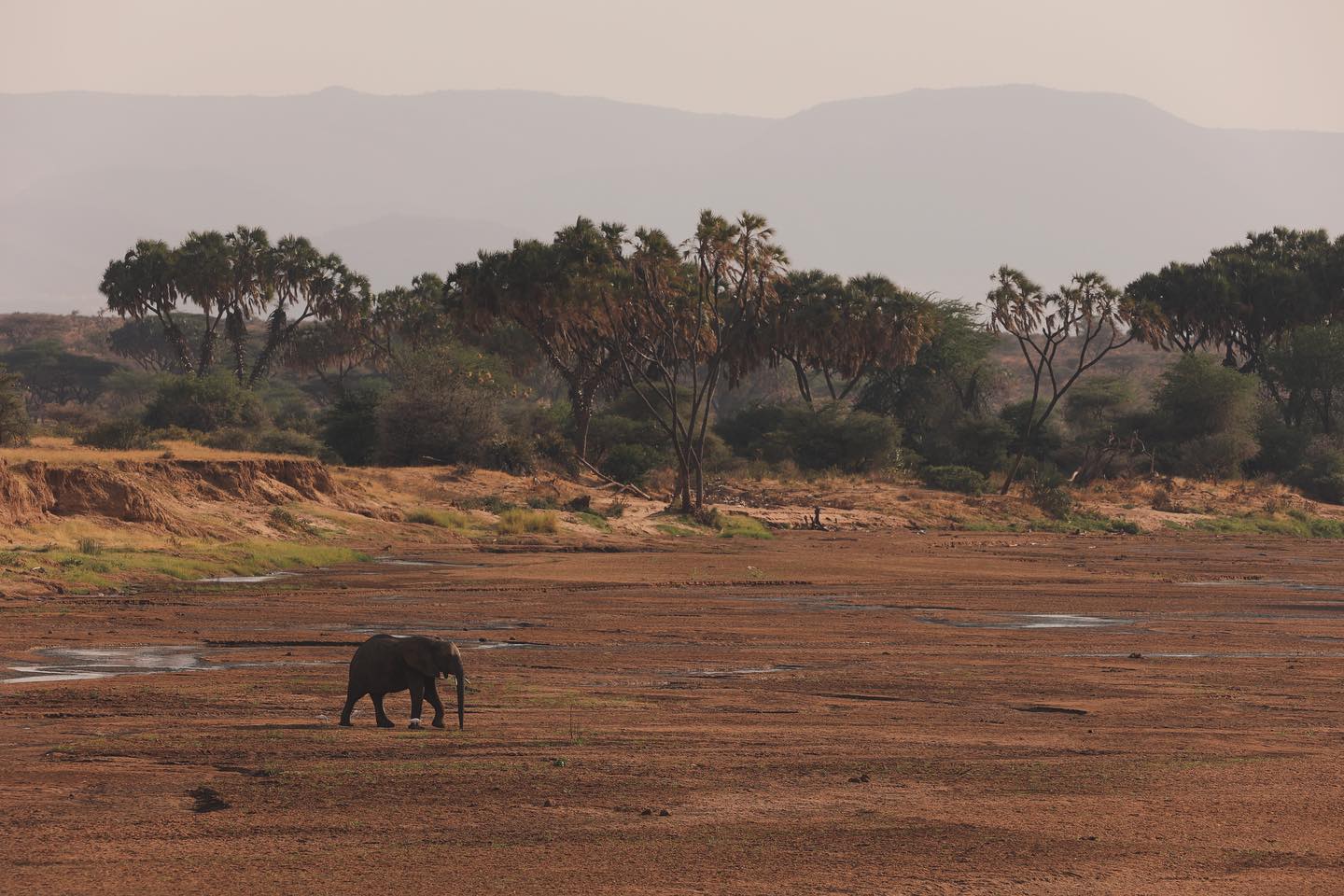
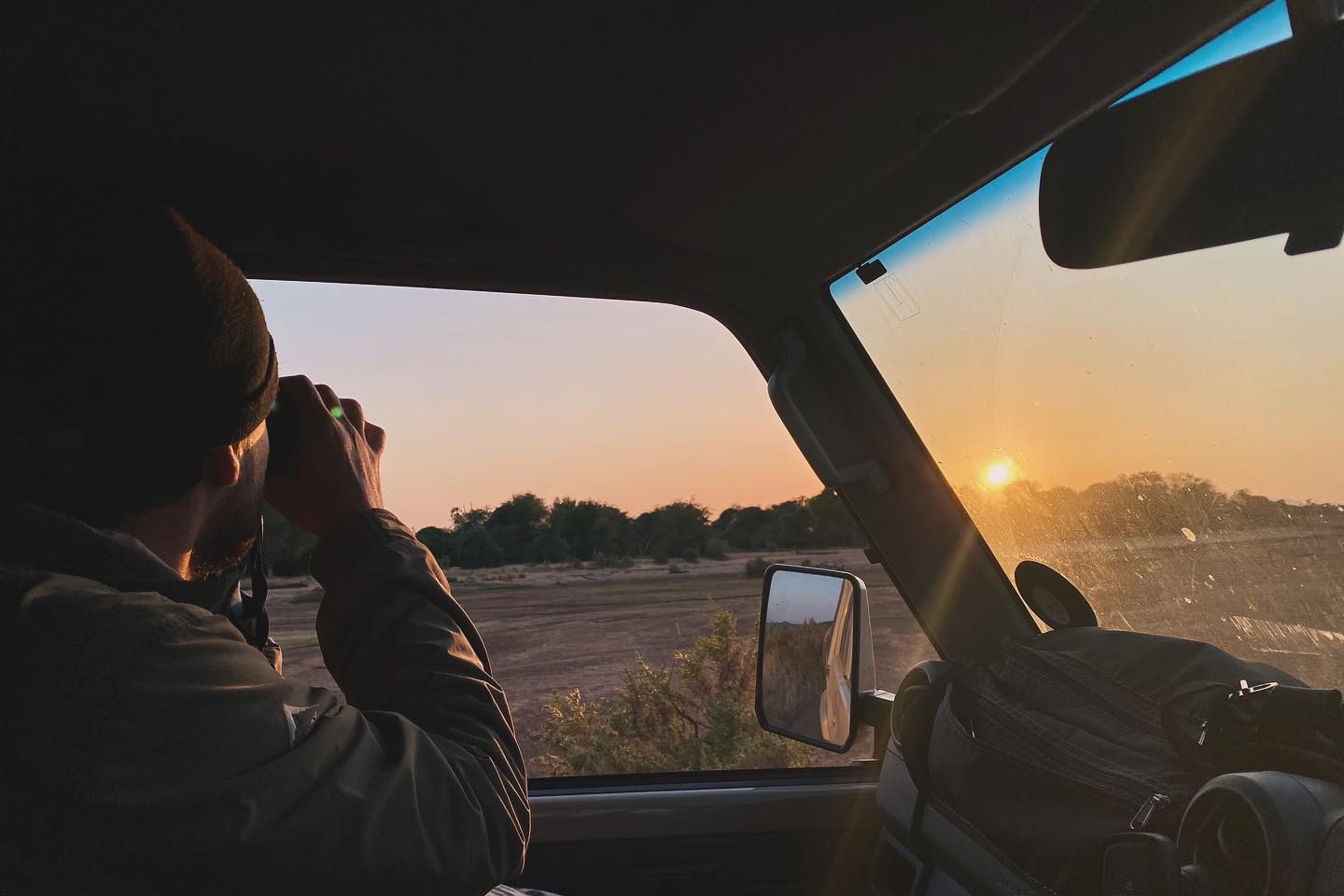
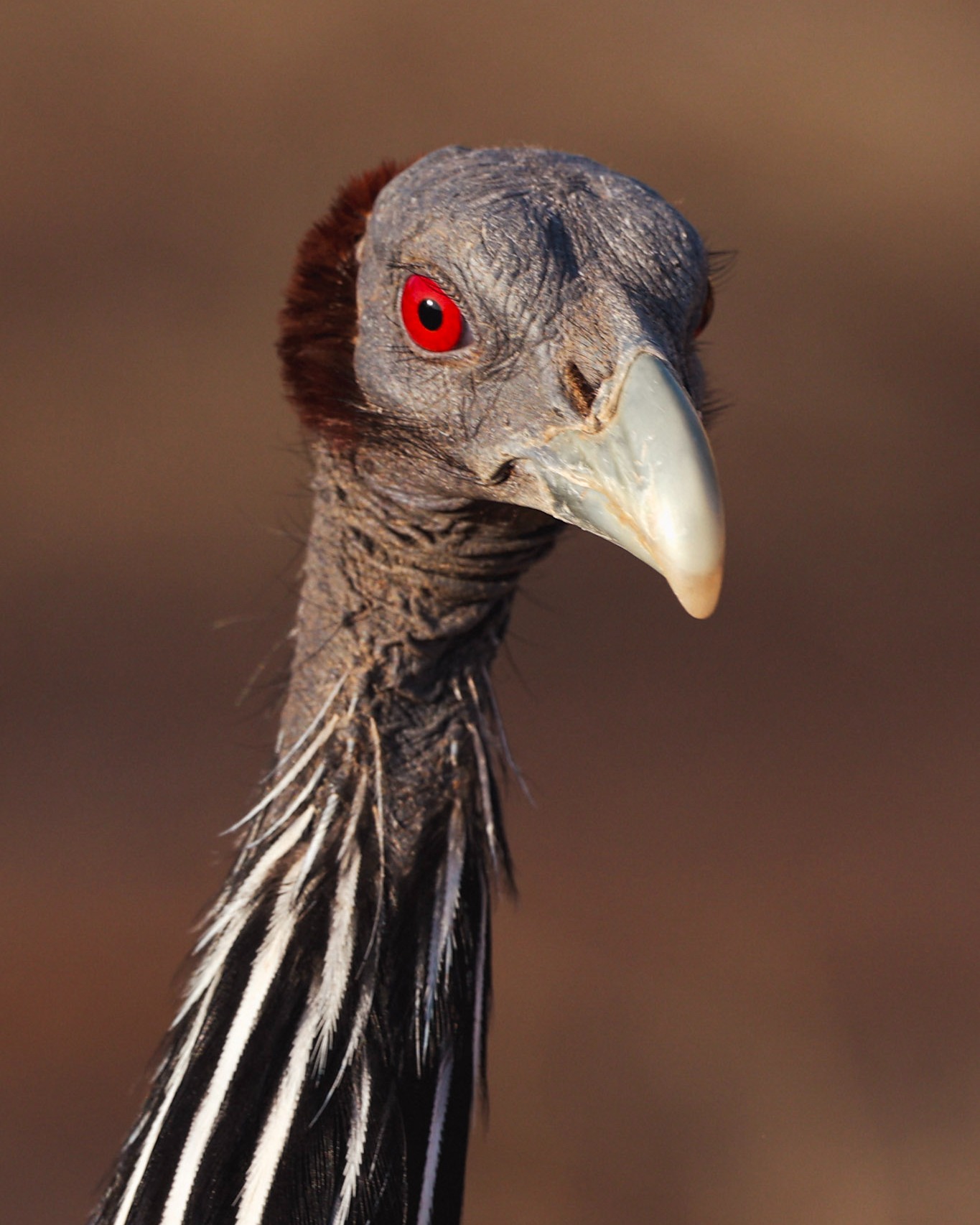
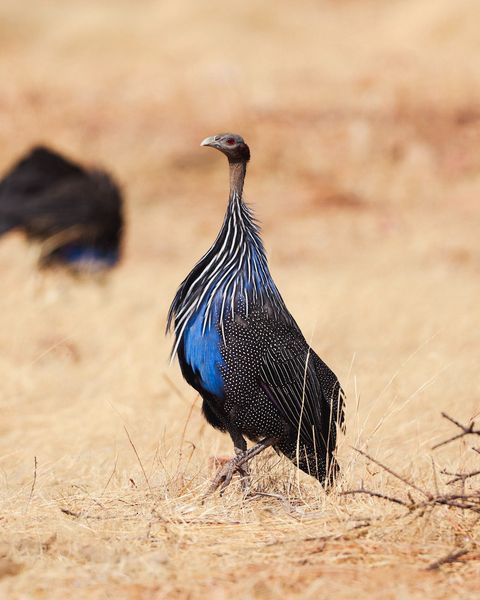
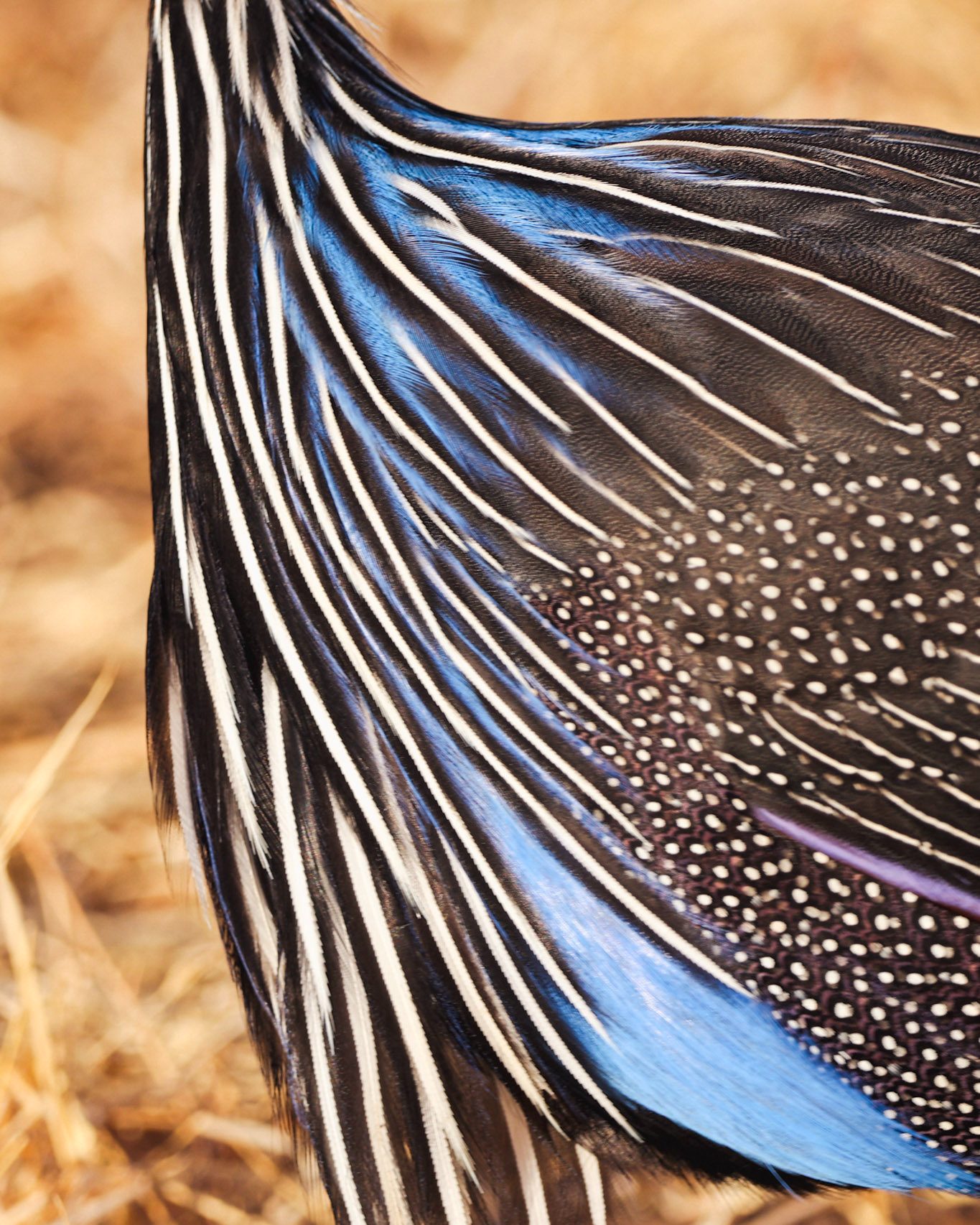
Fantasy is a necessary ingredient in living, it’s a way of looking at life through the wrong end of a telescope, and that enables you to laugh at life’s realities. Sitting around a crackling campfire on the banks of the dry riverbed that night we listened to lions and wind. We decided that perhaps if Dr. Seuss had been to Kenya and experienced its fantastic beasts, he would agree that sometimes fantasy is not even needed to enjoy life to the fullest.

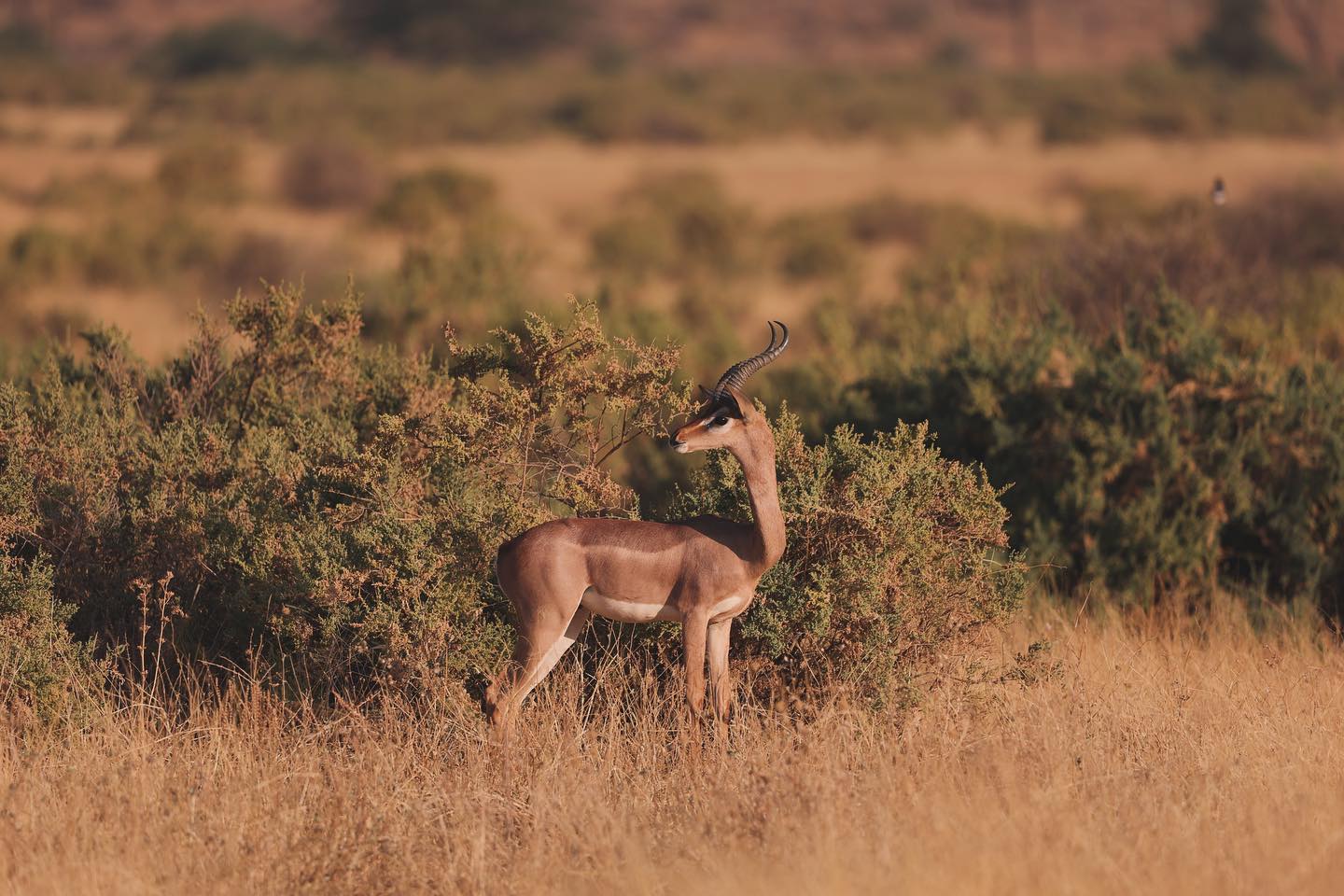
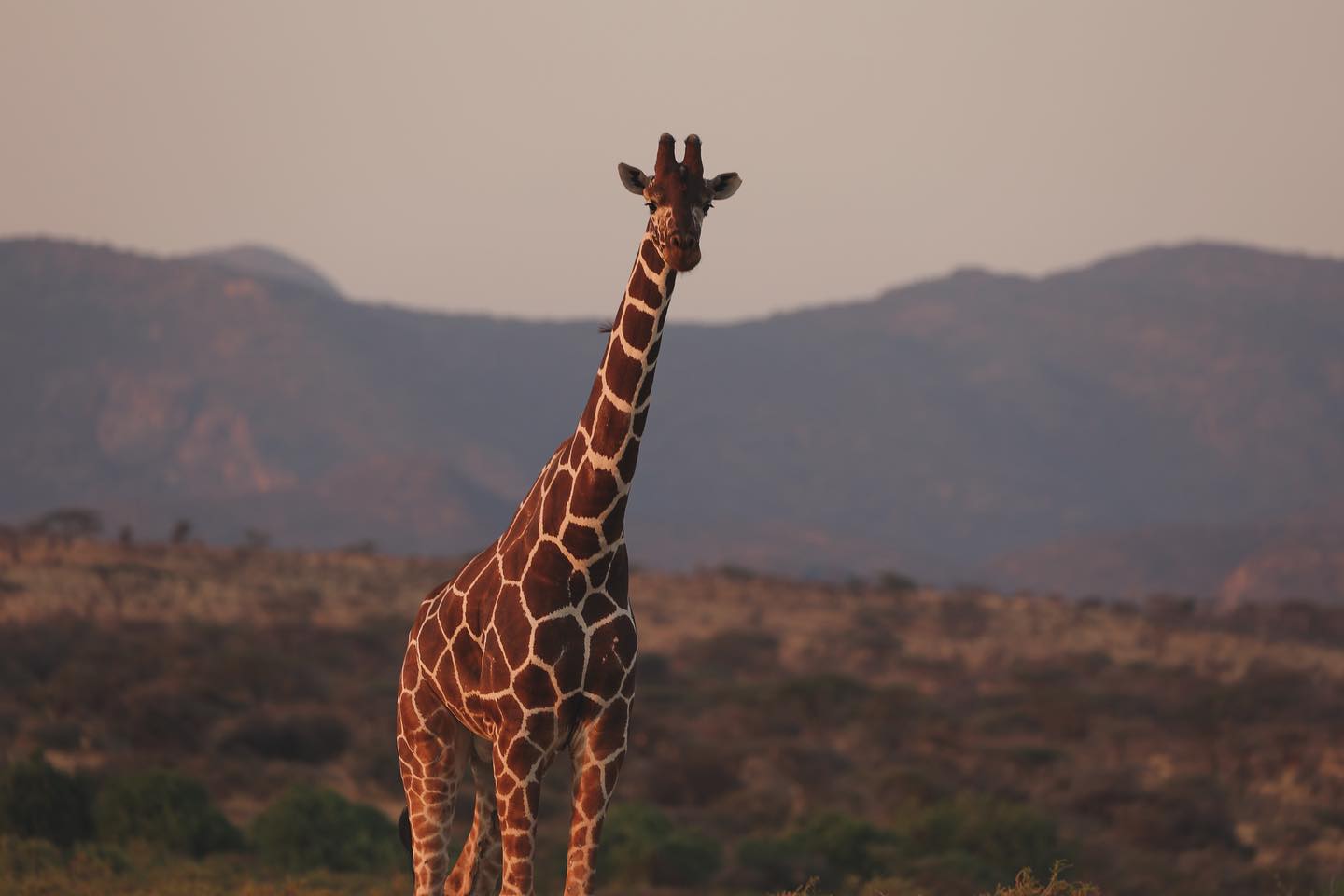
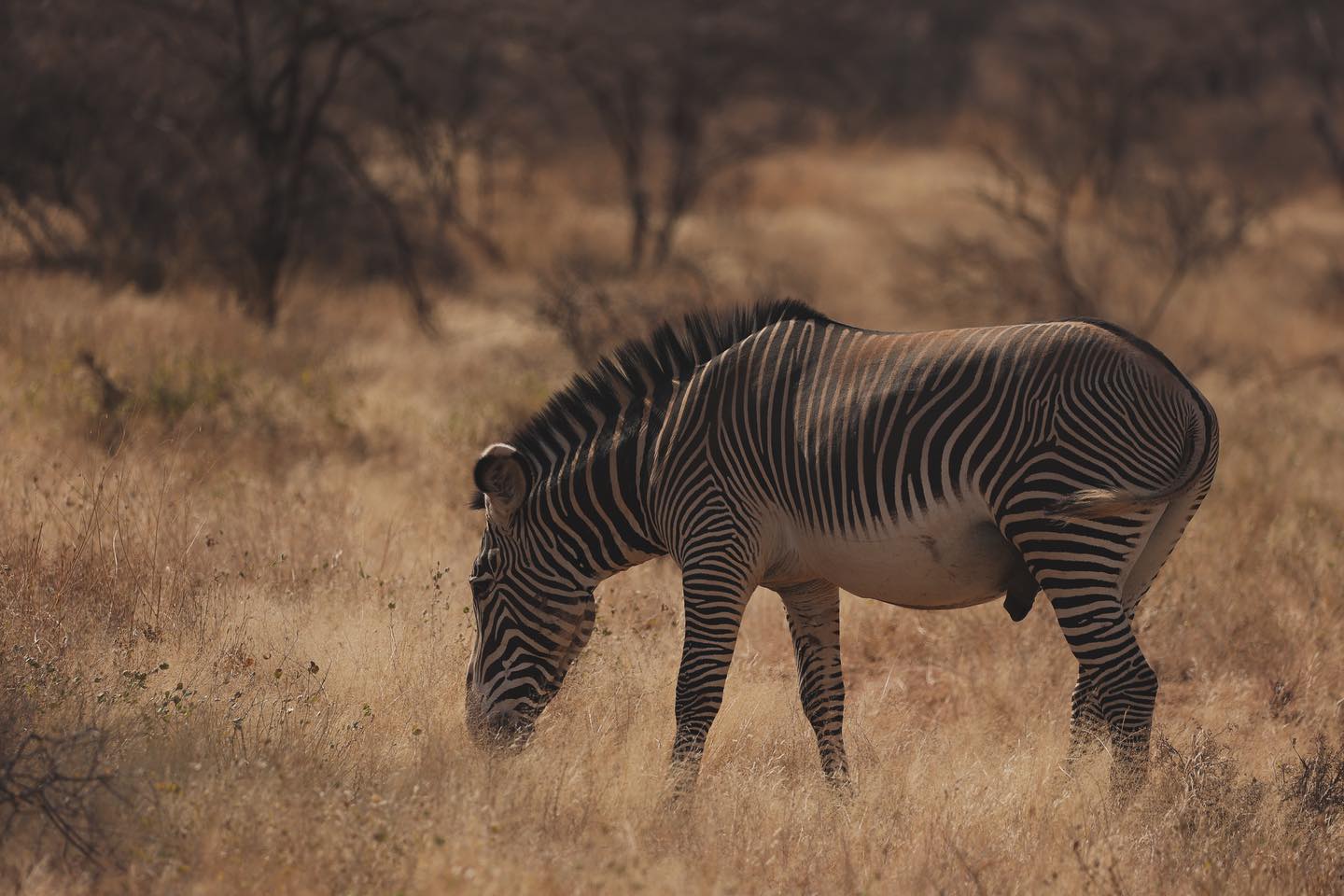
Some helpful trip tips:
- Kenyan logistics
- To enter from Tanzania, try the small Tarakea border post. It is quiet, efficient and we got a 30-day TIP for the vehicle without hassle – no Carnet de Passage was even needed.
- Apply online for a Kenyan e-visa (it takes a day or two) and print it out beforehand. South Africans don’t pay anything, but must still register and print out the pass to speed things up at the border. https://evisa.go.ke/
- We found Safaricom to be the network with widest coverage.
- Kenyan National Parks (KWS)
- All Kenyan national parks run by the KWS now require visitors to book and pay their visits (even day trips) only via the national e-citizen platform which you used to obtain your visa.
- It takes a while, but the good news is you can book and pay online before your trip, theoretically speeding things up at the gate. https://kws.ecitizen.go.ke/
- National parks are more cost effective for foreign vehicles in Kenya than Tanzania due to more reasonable vehicle permit costs. Find the latest tariffs here: https://www.kws.go.ke/content/park-fees-and-accommodation
- Tsavo East National Park
- Use the gate close to the town of Voi where you can find fuel and supplies.
- In the dry season, most game seem to congregate in the Southern region, but exploring further afield is well worth it if you enjoy wild places with few tourists.
- To visit the original Tsavo station which the famous man-eater lions frequented, use the access road to the Maneaters Lodge just off the Mombasa highway. No entrance fee.
- Samburu National Reserve
- Samburu’s fees are similar to those of the KWS parks, but only took cash when we visited.
- The public campsite inside the park is well worth it – beautifully wild and located on the river bank.
- Meru National Park is relatively close by and would be a sensible park to combine on a trip to Samburu if you enjoy remote wilderness spaces.
- Campsites
- Tsavo East: We enjoyed Boma Simba Campsite bordering the park fence close to Voi. https://bomasimbalodge.com/
- Samburu: The public campsite inside the park, or Kisimani Eco Lodge about 30 km away. https://kisimaniresort.com/
- Nairobi: Jungle Junction is one of those crossroads where every overlander will likely end up. https://m.facebook.com/profile.php?id=165591606834286
